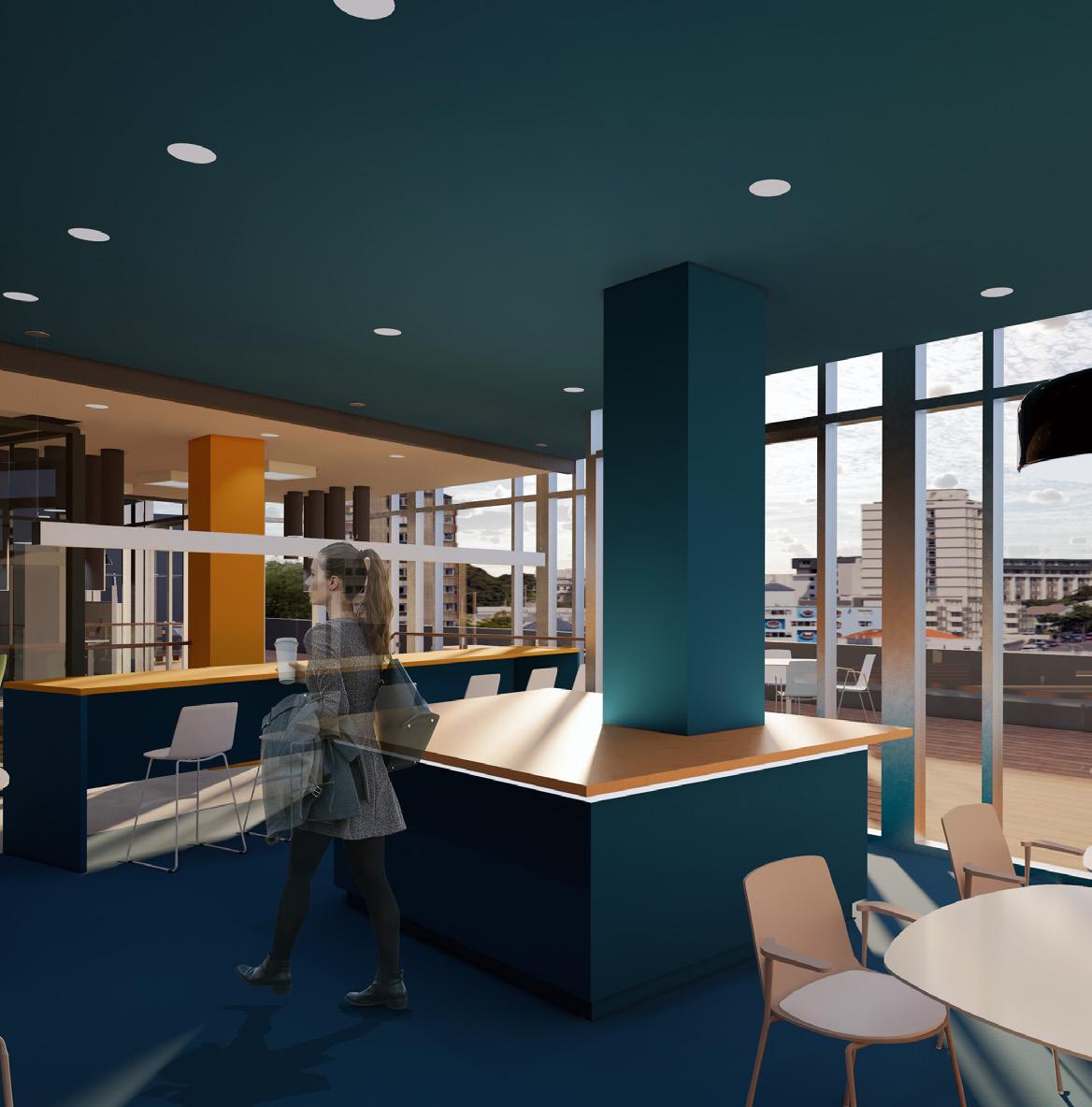CHENYI LUO
ARCHITECTURE GRADUATE STUDENT
Contact
Phone
US: +1 303-332-1677
CN: +86 13917181351
cluo89@gatech.edu
Address
935 Marietta St NW, Atlanta, GA 30318
Skills
•Revit
•Rhino
•Grasshopper
•Autocad
•SketchUp
•Enscape
• Vray
•Lumion
•D5 Render
•Photoshop
•Illustrator
•Indesign
• Python
Portfolio Link:
https://issuu.com/roy10969/docs/ portfolio_page_7e0d1b27105fac
Language
English - Professional working
Chinese - Native
Japanese - Daily Conversation
Education
2023- Master in Architecture
Georgia Institute of Technology
•Expect graduation date: 2026.5
2019-2023
Colorado State University
•Construction Management Minor
GPA 4.0
Bachelor of Interior Architecture and Design
GPA 3.97
•Mentored Research and Artistry Program Distinction
Work Experience
Benoy Shanghai
Student Internship, Interior Design & Architecture
•Large scale commercial complexes
•Created detailed construction document and renderings
05/2024 - 08/2024
• Participated in several bidding competition teams and won the final bid for Zhang Yuan
•Interfaced with suppliers and sub-contractors
•Won the student competition of a roof top design proposal as a team
Variation Design LLC
Assistant Architect
•Signle-family housings and small scale comercials
06/2022 - 08/2022
• Created construction documents, including floor plans, elevations, sections, plumbing, and electricity drawings for residential buildings
•Created detailed renderings for restaurants and body shops
•Participated in the approval process to the Chicago government
Shanghai Haixuan Architecture 05/2021 - 08/2021
Interior Design Assistant
• Office building, library, and small scale clubs
•Space planning for small-volume constructions
• Created construction documents, elevations and sections from existing floor plans
•Participated in proposal revision meetings and the bidding meeting
Research Experience
Spatial Perception and Cognitive Experience (SPACE) Lab
Research Lab Member 03/2024 -
•IDEC 2025 Annual Conference Oral Presentation: Kwon, J., Luo, C. (2025). How Color Vision Deficiencies Affect Visual Communication in Wayfinding.
Research Lab Trainee 01/2022 - 05/2023
•Kwon, J., Linihan, S., Iedema, A., Schmidt, A., Luo, C., Marrufo, K. (2023). How interior design responds to neurodiversity: Implementing wearable technologies in neurodesign processes. Frontiers in Built Environment, 9.
SESAH 2024 Conference
• Lin, Y., Luo, C. (2024). A Framework to Develop Web-based Interactive Deterioration Glossary: Assist Historic Preservation Stepping into the Future
Leadership and Community Engagement
International Interior Design Assocation Rocky Mountain Student Chapter
Graphic Design Chair 2021-2023
American Society of Interior Designer Colorado State University Student Chapter
Graphic Team Member 2021-2022
TABLE OF CONTENT
Concorde World Plaza
[culture center in Shanghai with a commercial approach] [06-15]
Concave Symboisis
[vibrant community for young professionals in Downtown, Atlanta] [16-23]
Blacksmith’s House
[create, collect, and promote the culture of Japanese swords] [24-33]
Ubud Resort
[hidden in the rice terraces of Bali] [34-41]
NEXT Office
[office space in New York high above] [42-47]
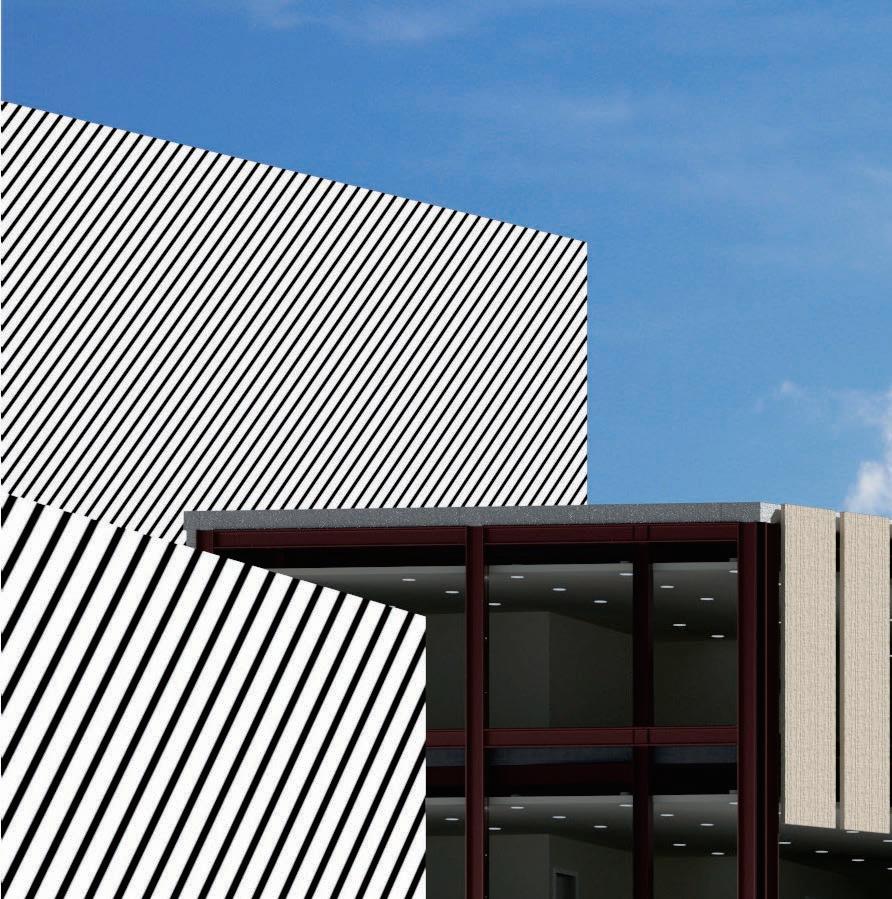
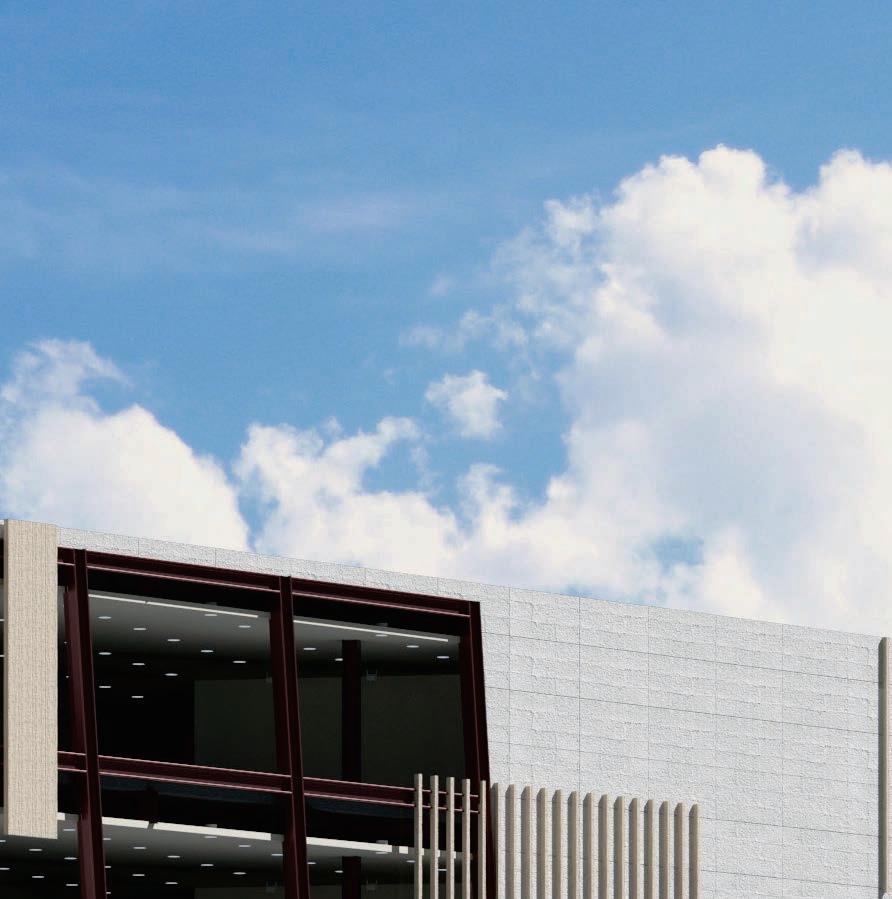

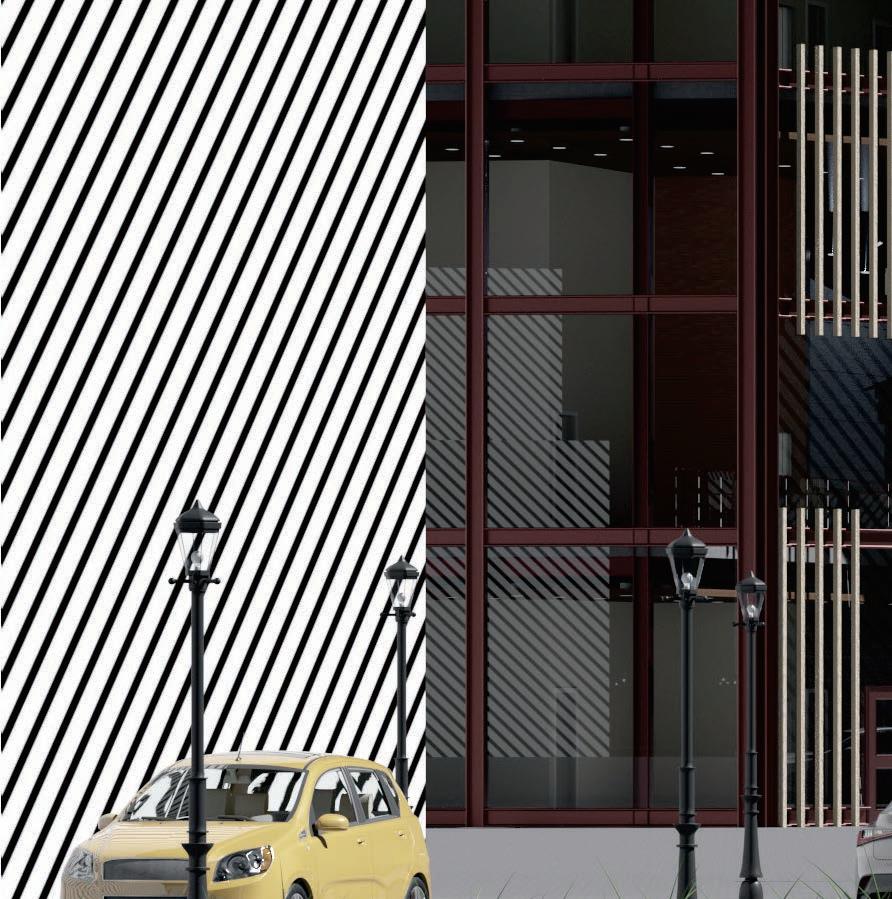
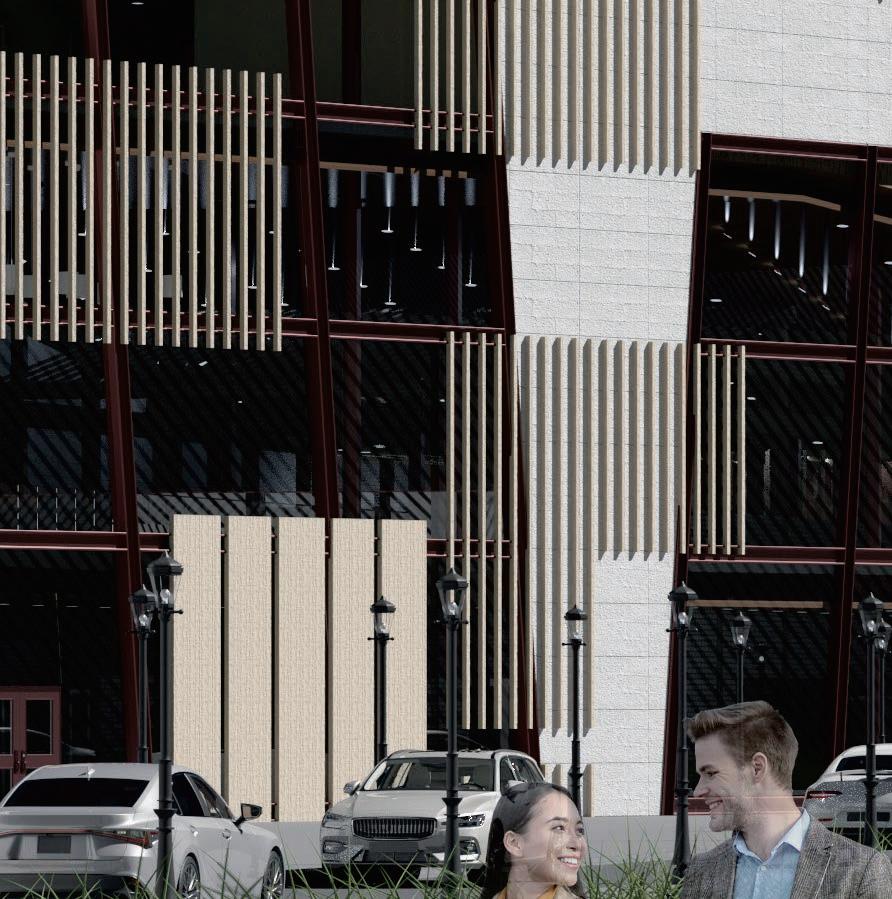
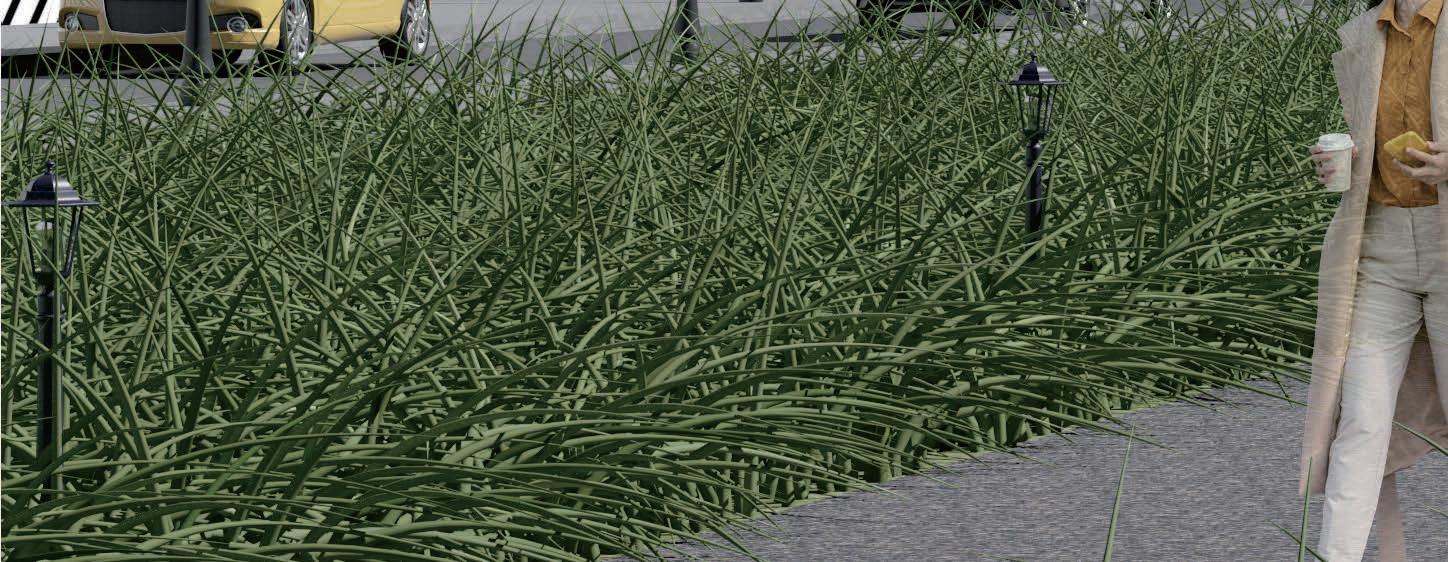
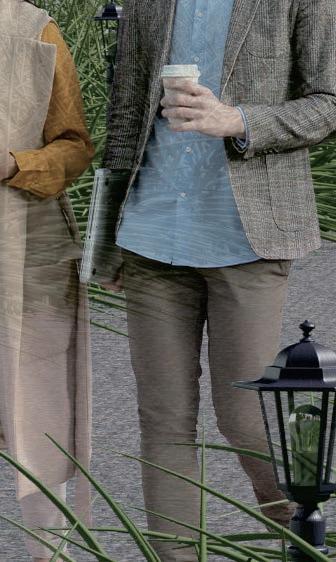
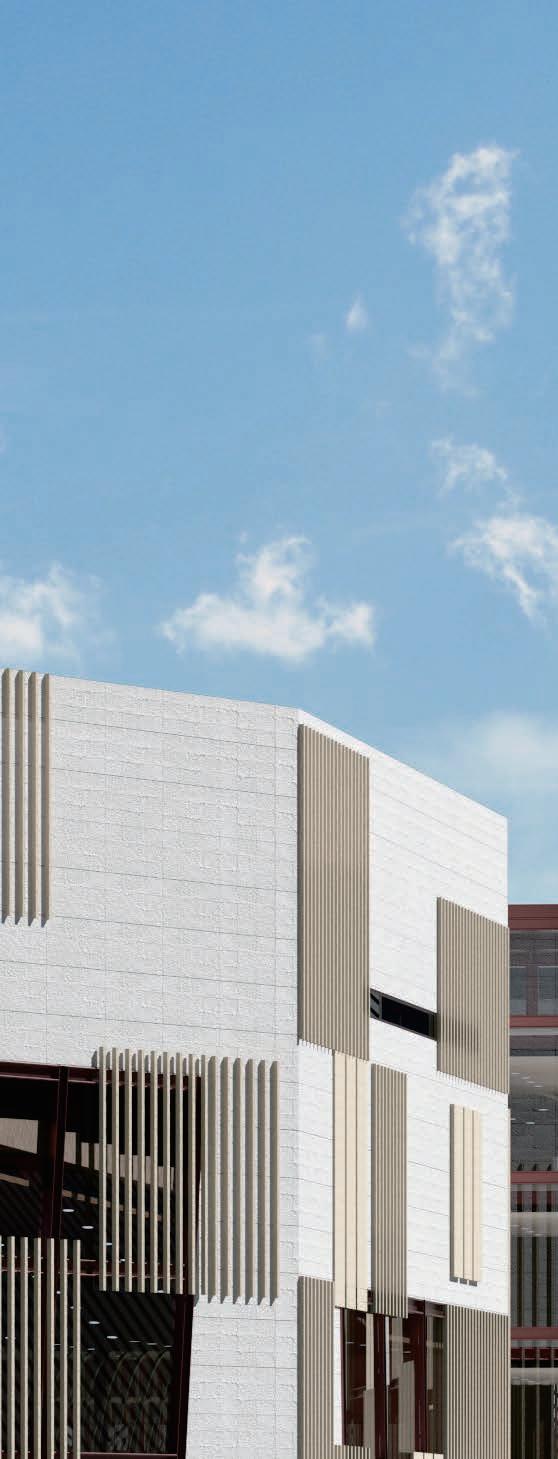
Concorde World Plaza
COMMERCIAL
LOCATION: Shanghai, China
DATE: Autumn 2022
SOFTWARE: Revit, Rhino, Vray, Illustrator, Photoshop

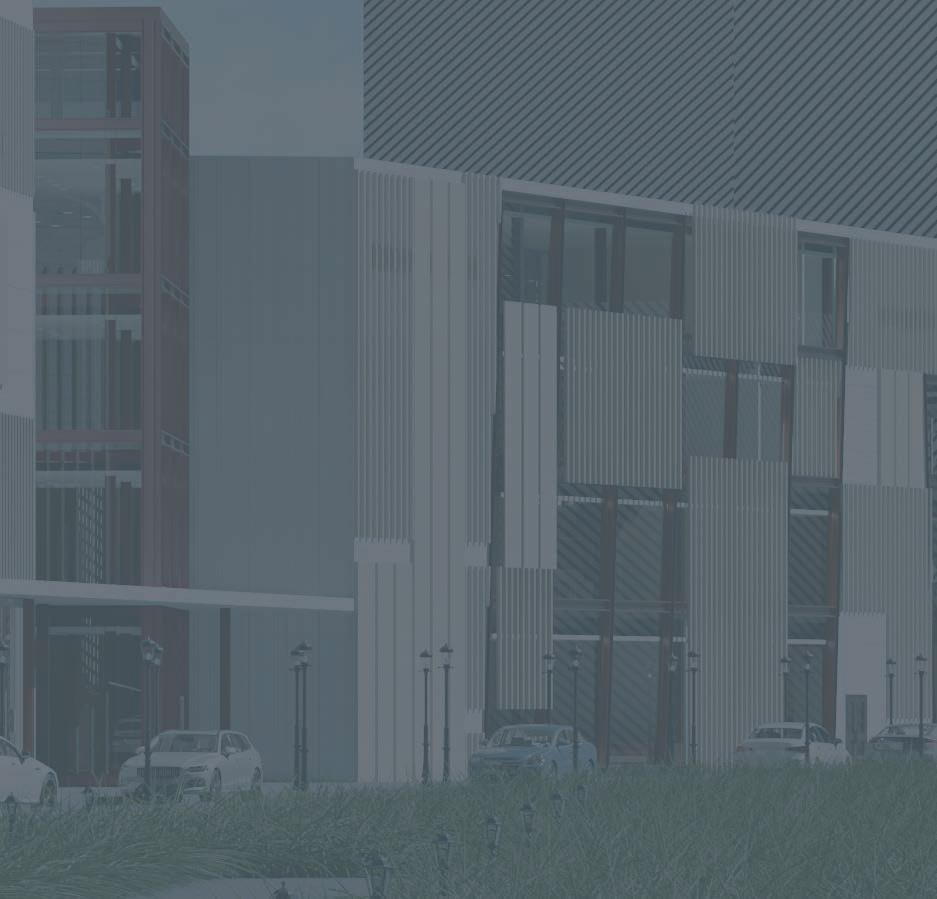
The project entails the establishment of a cultural center with a commercial approach to promoting historical residential architecture as well as culture to tourists and locals. The structure also serves as a starting point for a historical tour of Shanghai, as it is situated in the city center and has exceptionally easy public transit.
A city culture center, a theater, galleries or exhibiting places, and retail malls should be included in the interior space. As a recently constructed building in a historical residential district, it should be able to accommodate both the international and historical aspects of Shanghai. The development model analyzes distinct industrial ideas based on local historical foundations.

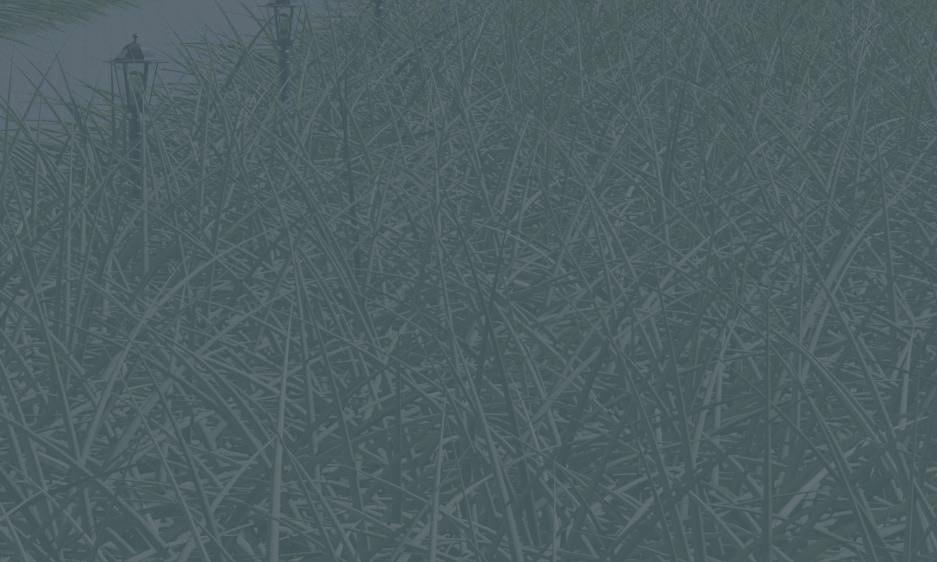

Shanghai’s antique architectural structure is quite diverse due to historical causes for contemporary Shanghai. The architectural format expresses both the softness of southern modest family-style residences and the modern sea-embracing mind. It is a hybrid of ancient Chinese and contemporary Western architectural styles. The structure should also depict Shanghai Longtang culture. Longtang is a community-centered lane or a network of interconnecting lanes that serves as the cornerstone of the city system upon which modern Shanghai was created. Longtang architecture is generally residential, with twoor three-story terrace homes encircled by a wall and a large gate in front of each property. The living system is no longer suited for city life due to the little space within each room and the ergonomically incompatible design, but the traditional external shape of the building should be maintained for historical sake.



NEAREST TO THE SITE
LOCAL RESIDENTS




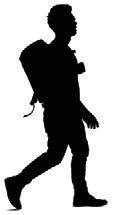
FURTHEST TO THE SITE
CULTURAL CENTER STAFFS
PRIMARY TO HIGH SCHOOL STUDENTSCOLLEGE STUDENTS DOMESTIC TOURISTS
INTERNATIONAL TOURISTS
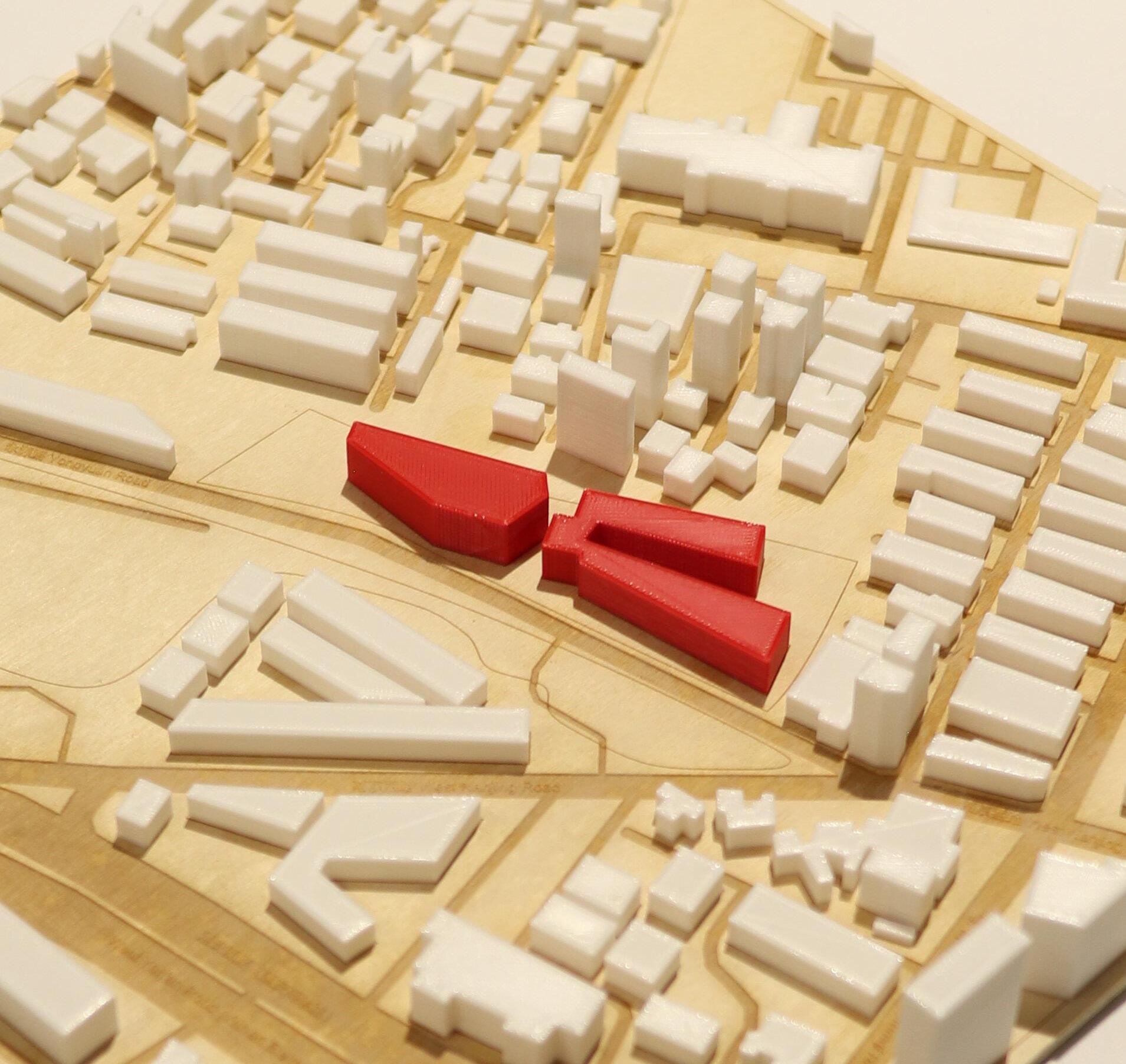
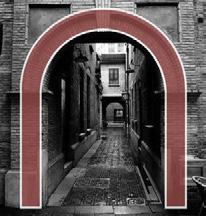

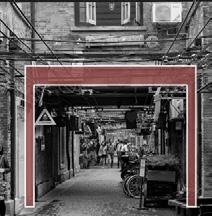
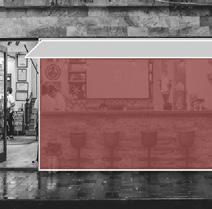
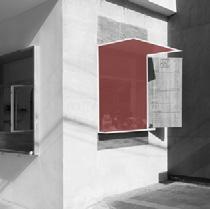
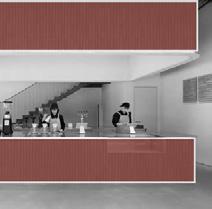

The building was developed based on a modular system. The form of each modular cube was derived from two significant cultural symbols: corridors in Longtang (three distinct arch types) and coffee shops under varying conditions (full or semi surrounded, or fully opened). The initial abstracted cubes in the first column are removed, sliced, or restructured to permit further permutations. The modular concept is represented in the two primary circulation spaces, the great exhibition stair in the west building and the high-ceiling hallway in the east building. The modular stacking is also reflected on the building facades.
The primary movement of the parti diagram is two crossing blocks converting from classic Shanghai residential structures and honoring the city’s integrated culture. Additionally, the higher block is inserted into the lower block, demonstrating that contemporary Shanghai was founded on the Longtang pattern. Instead of solid blocks with straight edges, both blocks in Shanghai have curved edges, emphasizing the adaptability and inclusive nature of the idea.

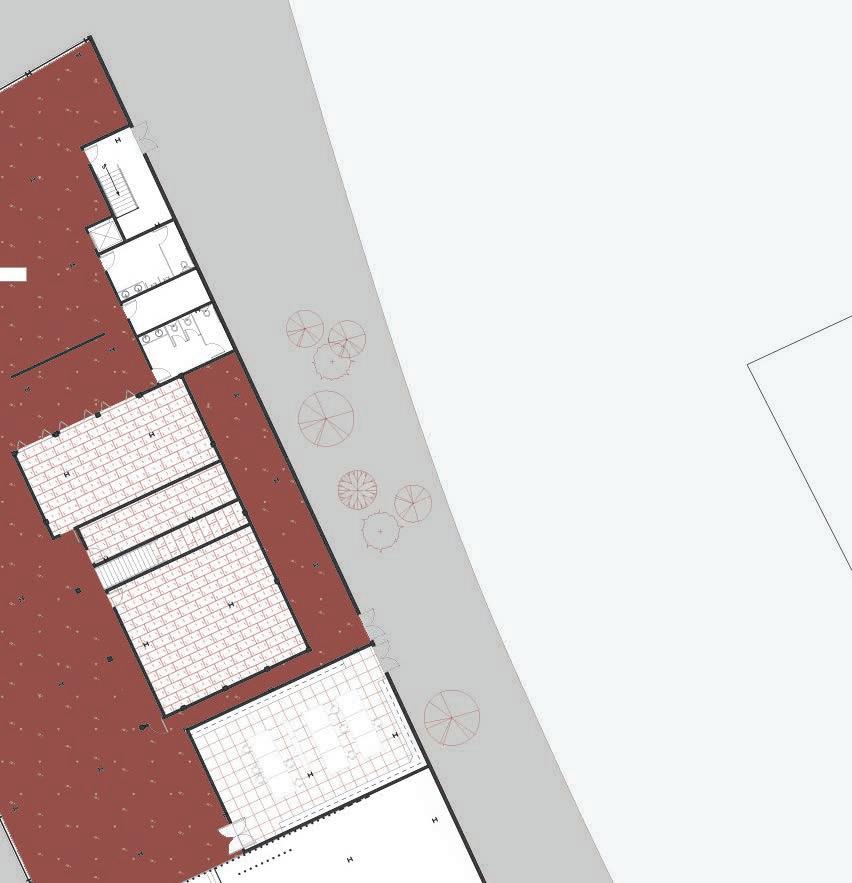
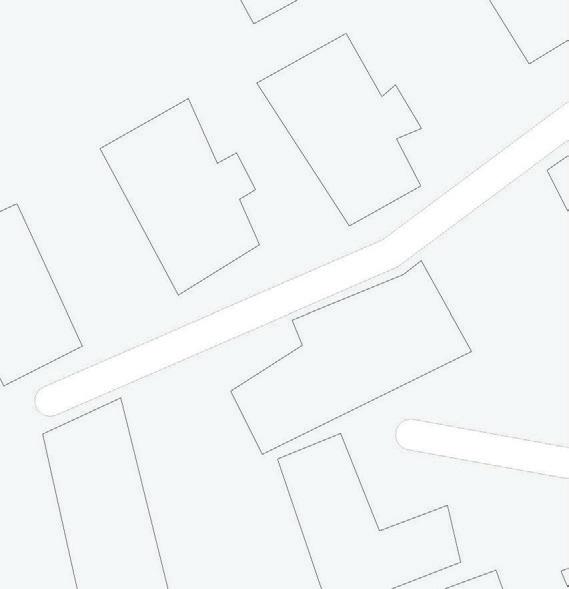

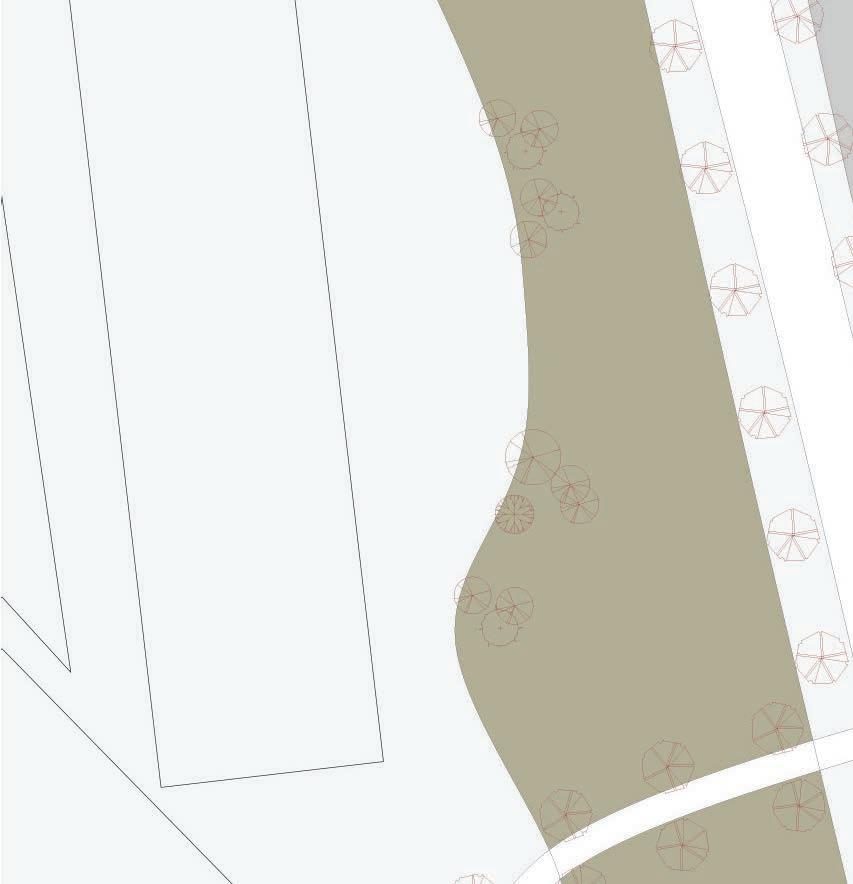
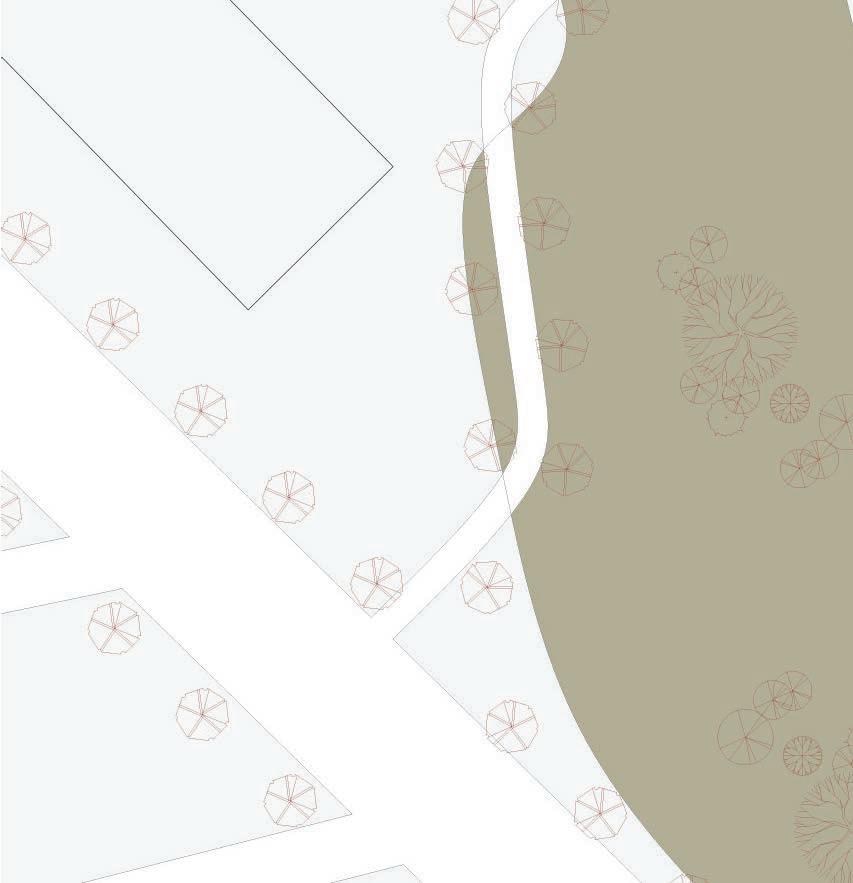
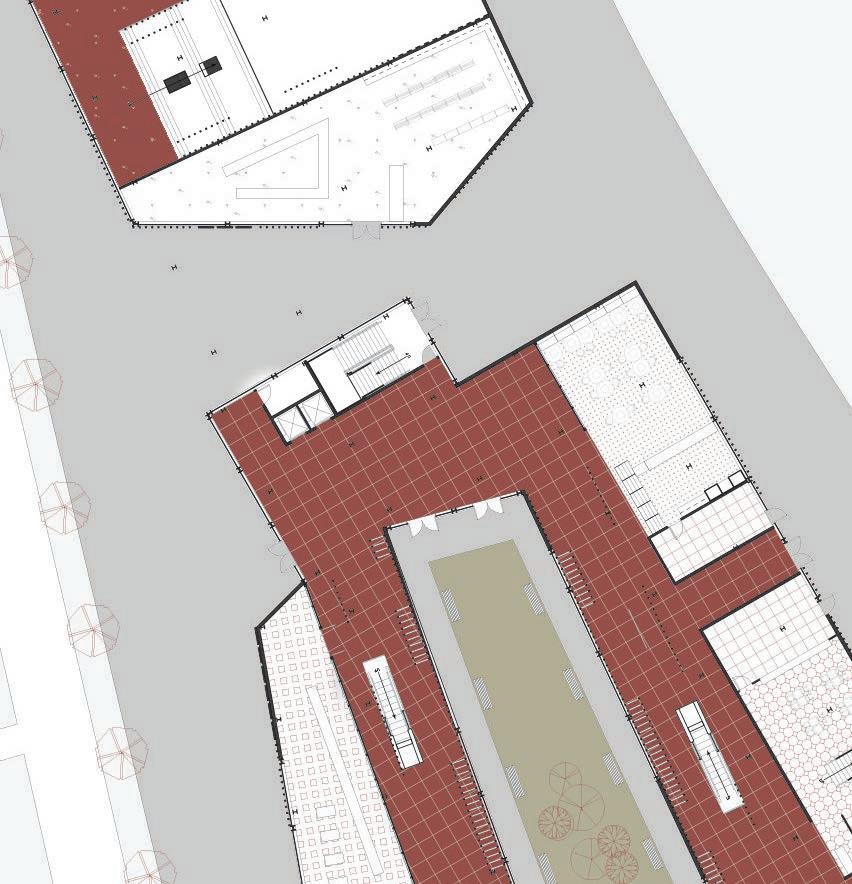



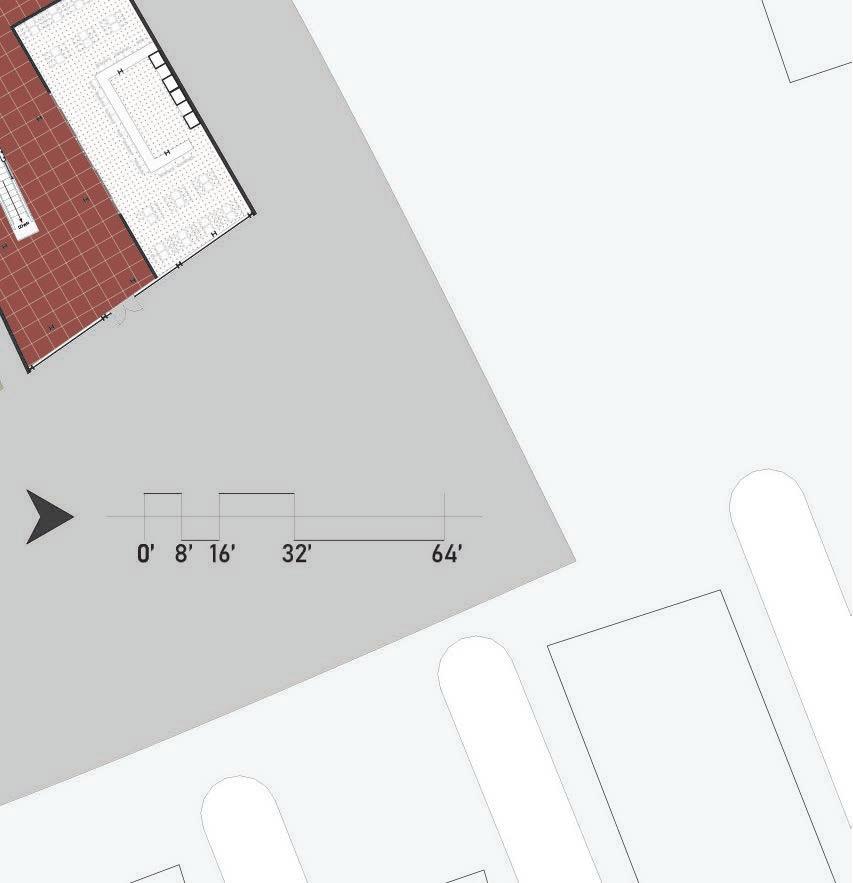

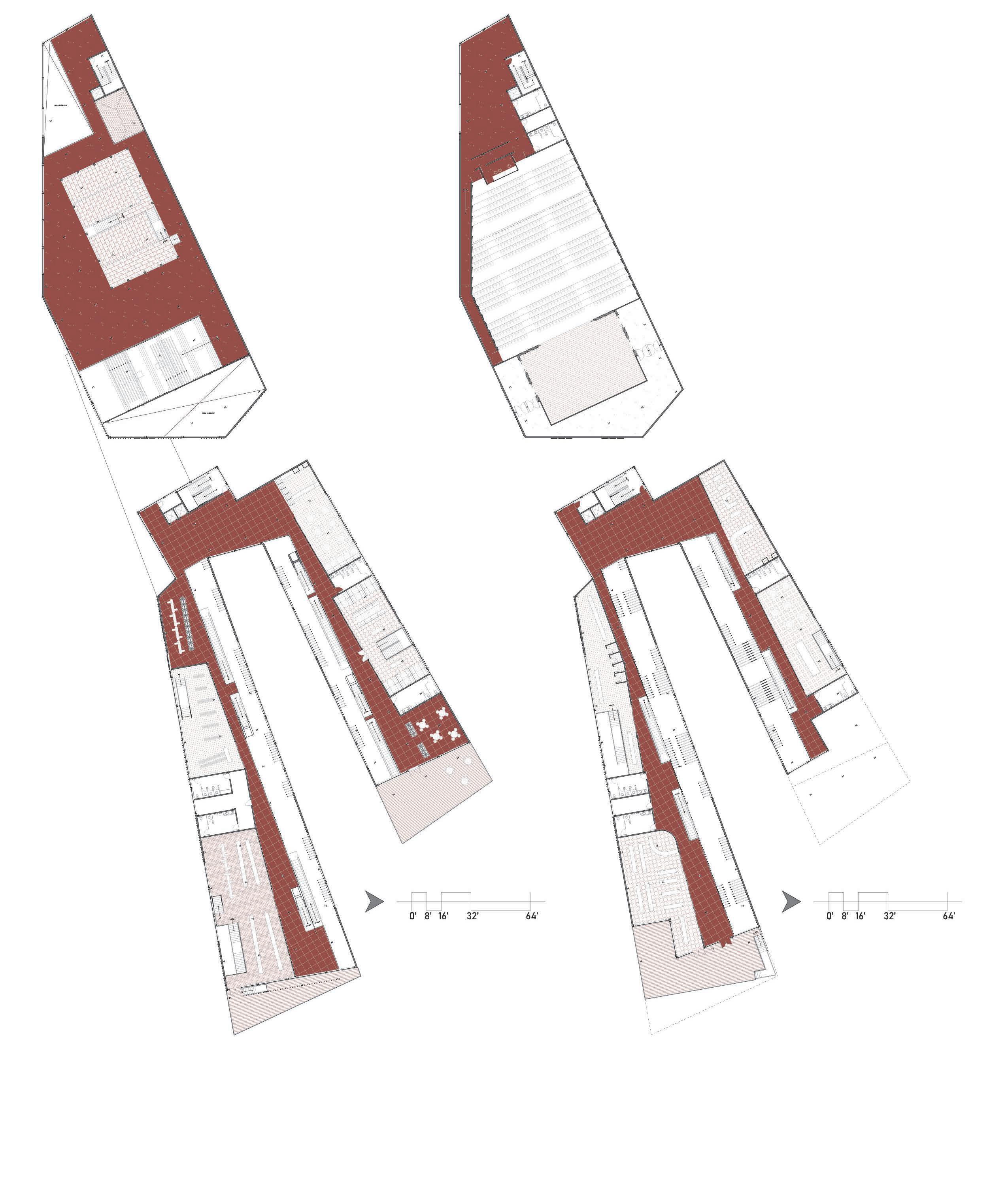

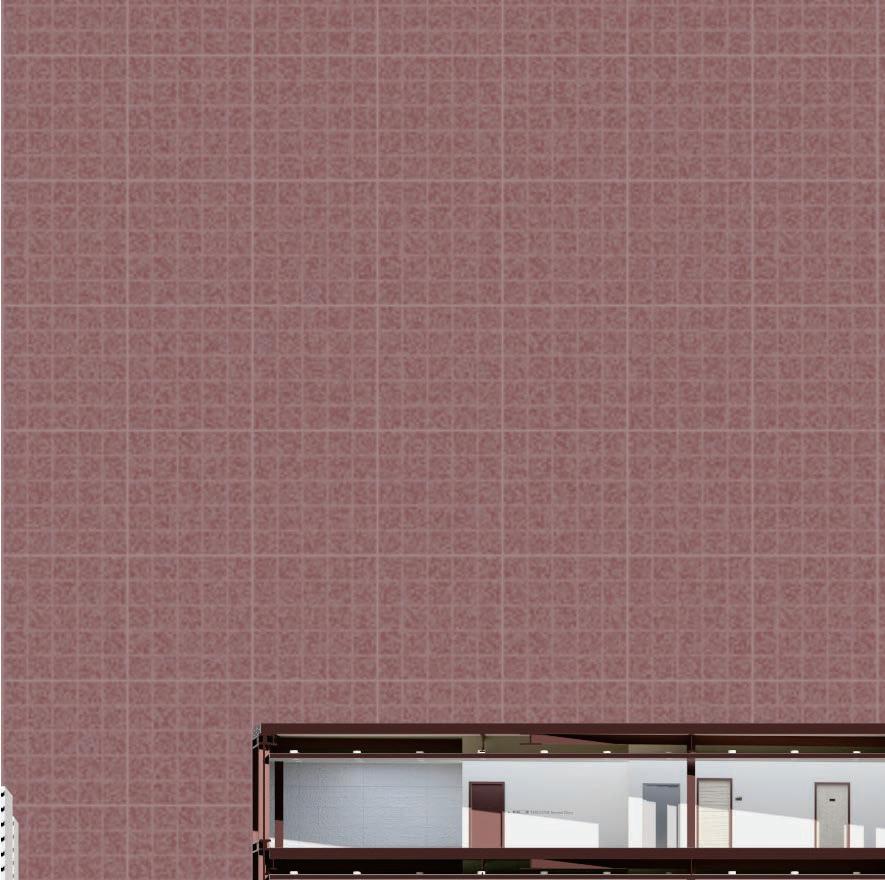
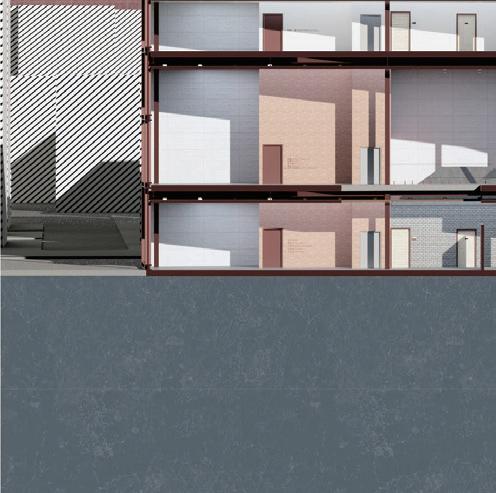
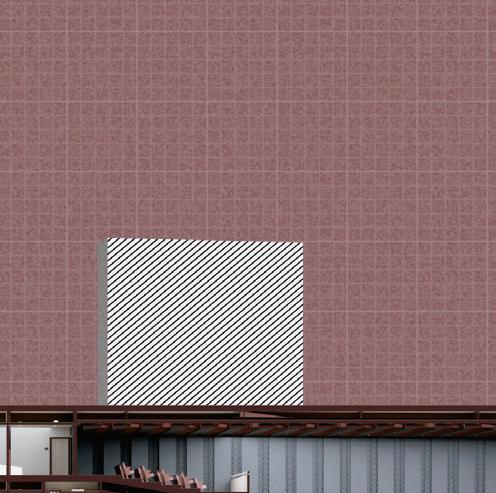
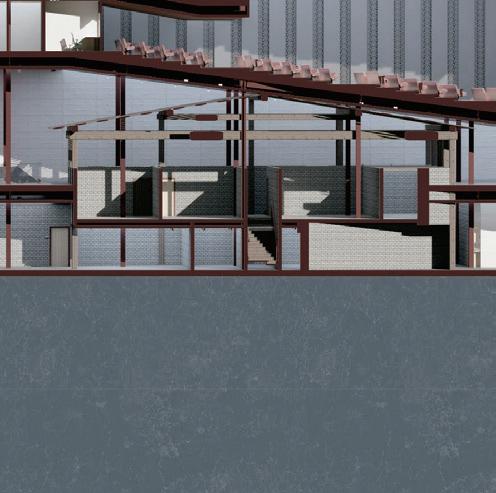
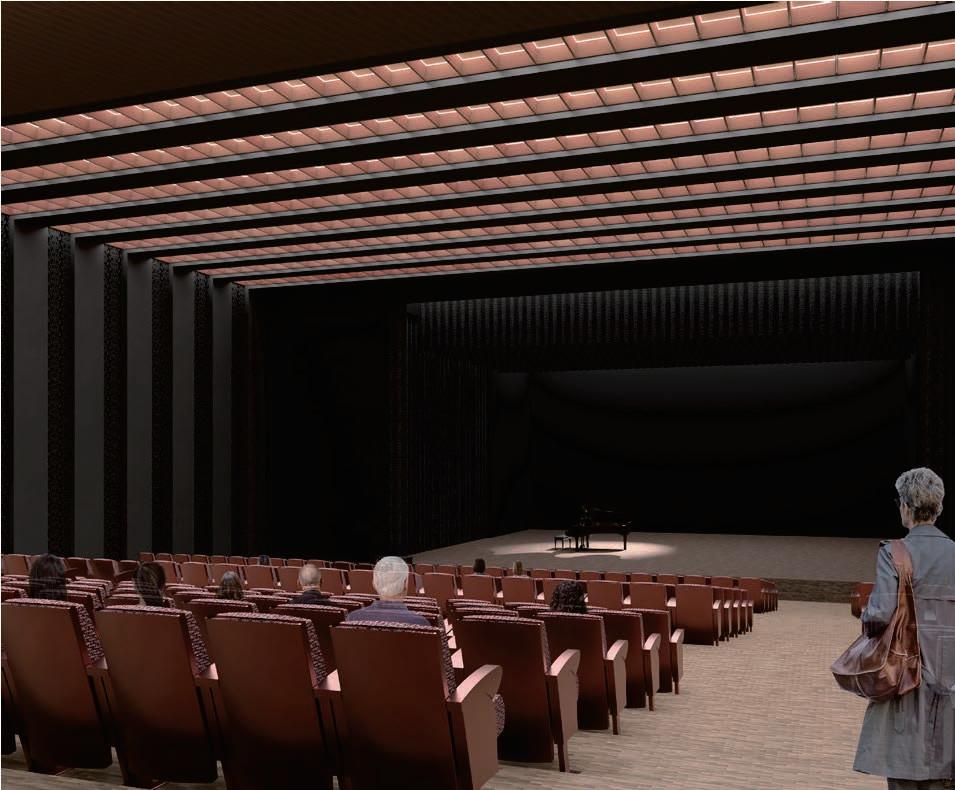


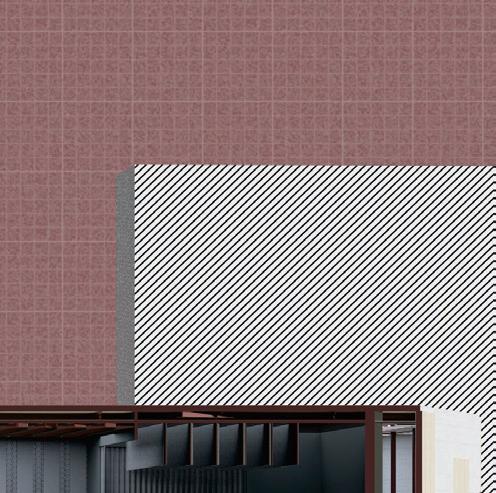
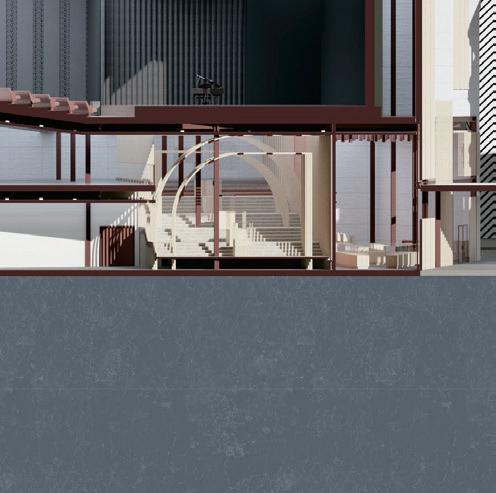
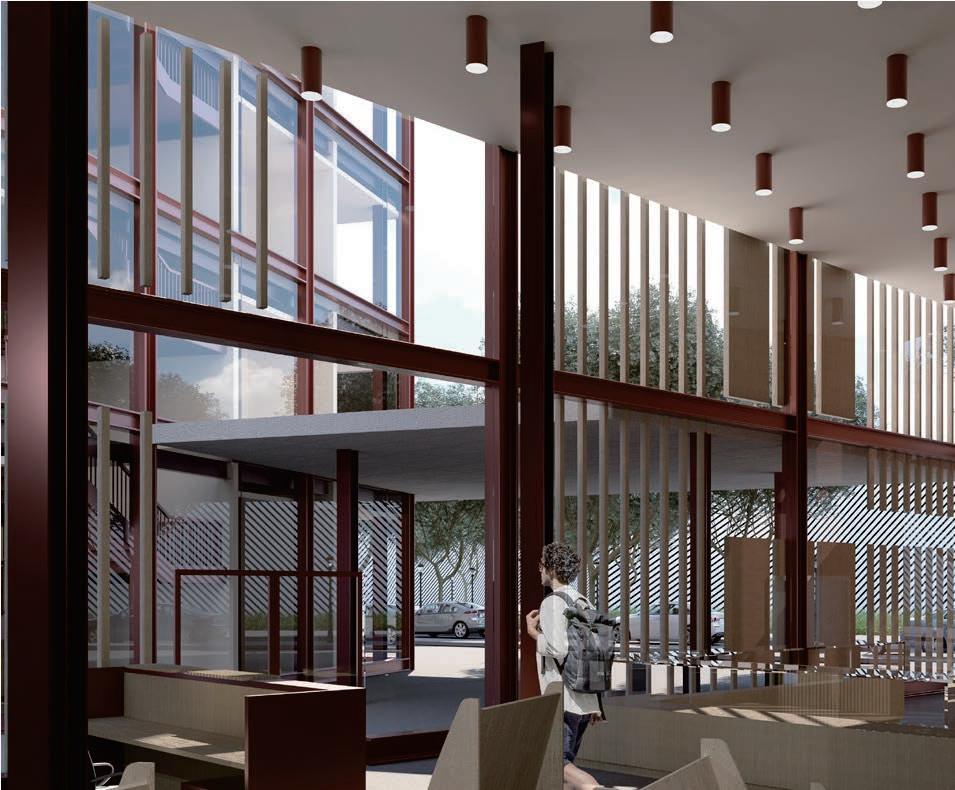

THEATER GIFT SHOP
The theater occupies half of the west building from the 3rd to the 5th floor. The slope at the audience seats follows the roof of the historic structure in the exhibition area, maximizing the building’s available space. Pre-cast modular ceiling tiles, customized wall cladding systems, and customized drop ceiling boards were used in the theater. Light stripes were concealed below the ceiling tiles to provide indirect illumination. Both customized systems had a trapezoid section in which the beveled side faced the stage for sound bouncing, resulting in a better sound effect. As an extra fire barrier in a wide-open area, a water curtain system is concealed beneath ceiling panels to satisfy the fire code.


The gift shop is located on the first floor of the west building, next to the exhibition space. The space can be defined as the conclusion of the journey, selling derivative products including paintings, pins, keychains, and refrigerator stickers. It would also sell artists’ goods for a brief period if they had a temporary exhibition, therefore the shelves in the space would be a mix of permanent and mobile shelves for flexibility. The facade’s wood stripes (the product of the modular stacking system) would operate as a solar screen. Due to the site’s proximity to a big green area, the high-density sycamore tree on the street would also generate the light shelf effect, which serves to block the sunlight during the summer and let it during the winter.


SECTION PERSPECTIVE
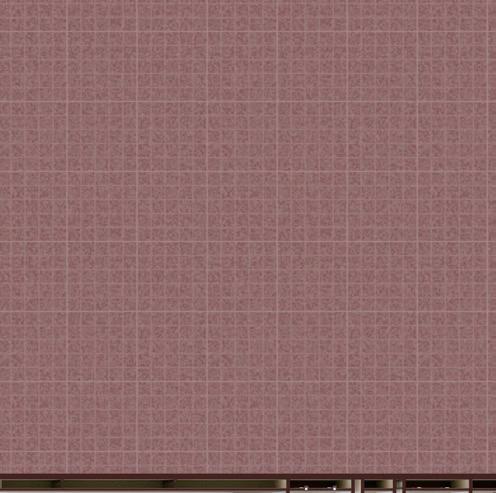

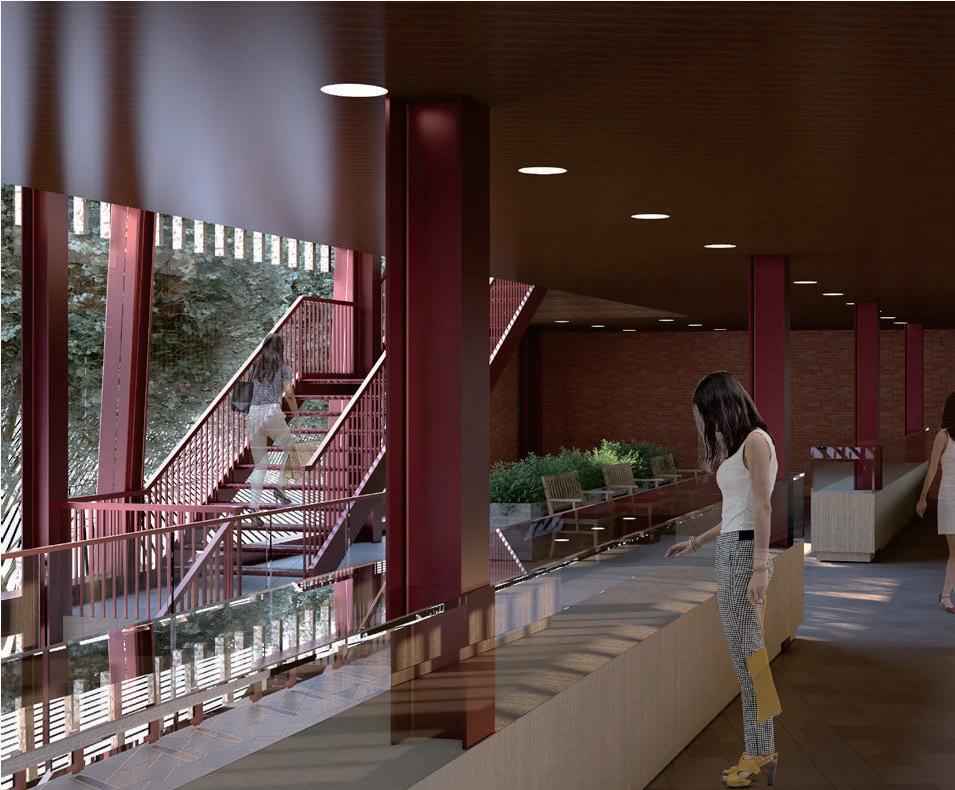

LOCAL GOODS RETAIL STORE

The design of the local goods shop reflects the values of this historic neighborhood and its residents. Bricks and wood, as well as the overall color scheme, represent the local culture, showcasing the community’s distinctive products and offerings to attract tourists and support local businesses. Abundant natural and artificial lighting is used to create a warm and inviting environment that encourages customers to explore the store’s items. The placement of shelves has been meticulously arranged to optimize space and facilitate guests’ movement around the shop. By maximizing the customer’s connection to nature, the staircase next to the curtain wall creates an engaging experience.
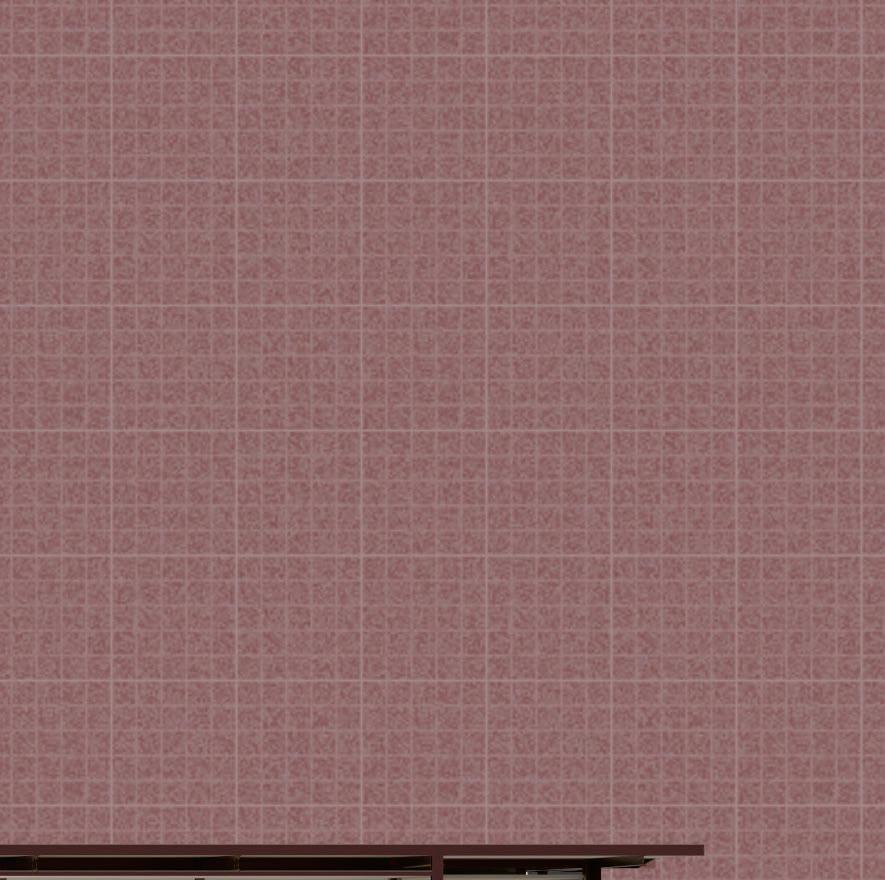
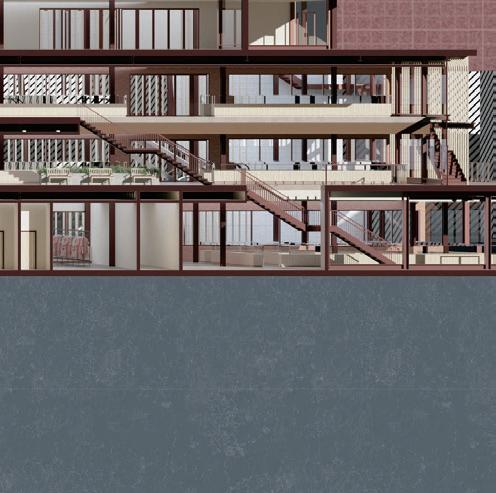



ELEVATOR & CIRCULATION SPACE

The modular stacking system is also responsible for the shape of the wood partitions. Escalators weave in and out, providing guests with a unique experience as the sun rises and sets. All custom millwork and partitions employ local beech wood, local manufacturers, and China-origin materials to save transportation costs. Each elevator in the retail center has a touch-screen display for floor overview and searches. To facilitate navigation, each retail and restaurant has a door sign with a unique number denoting the building wing and floor. The Fresh Air System will offer both heat and moisture management.
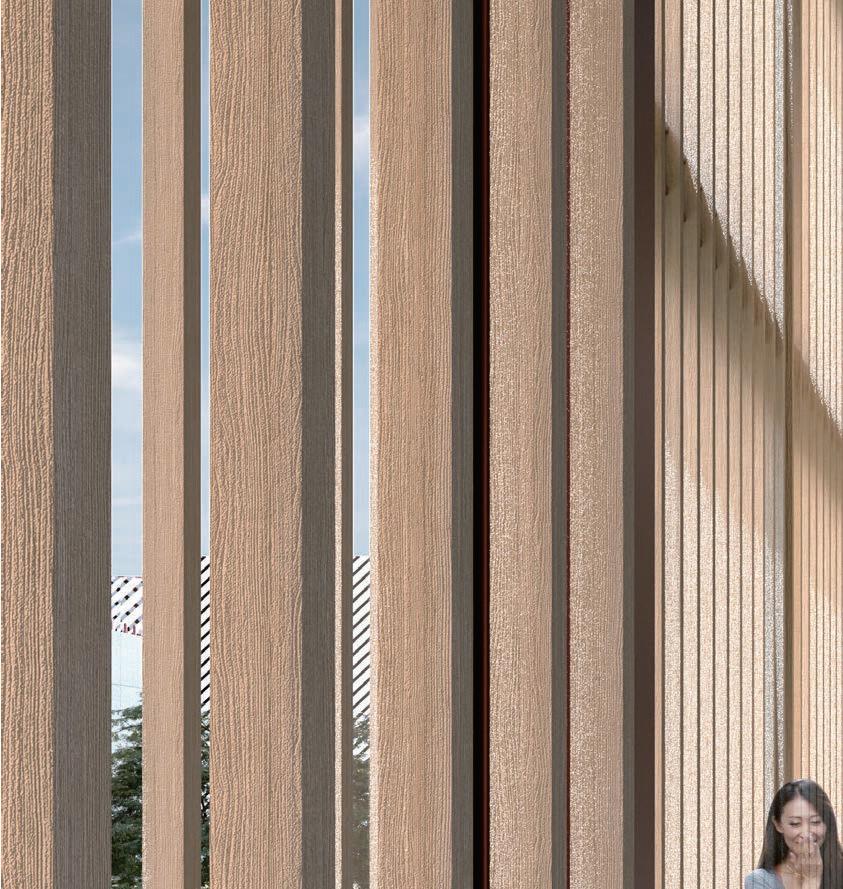

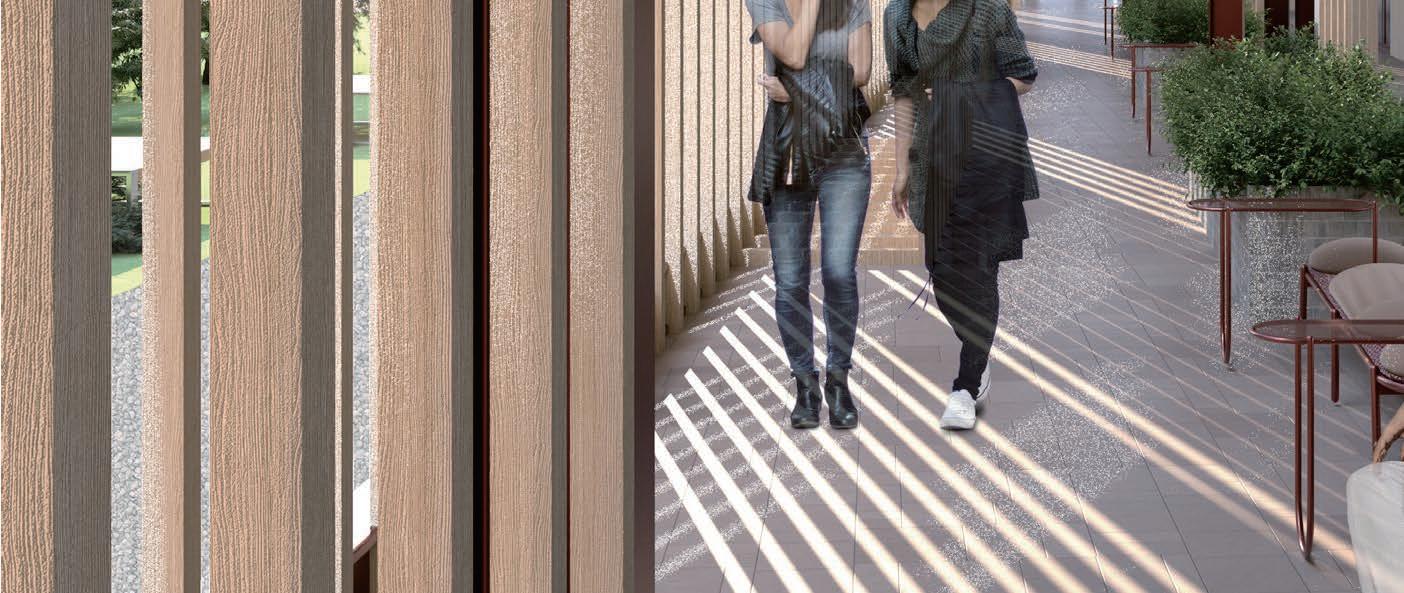
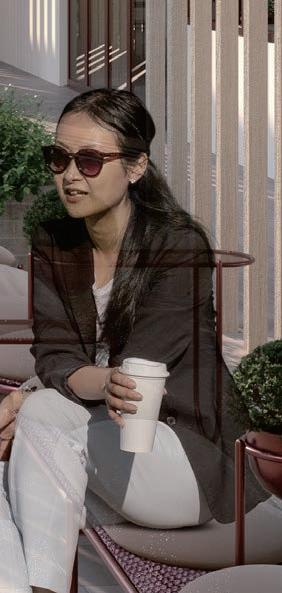
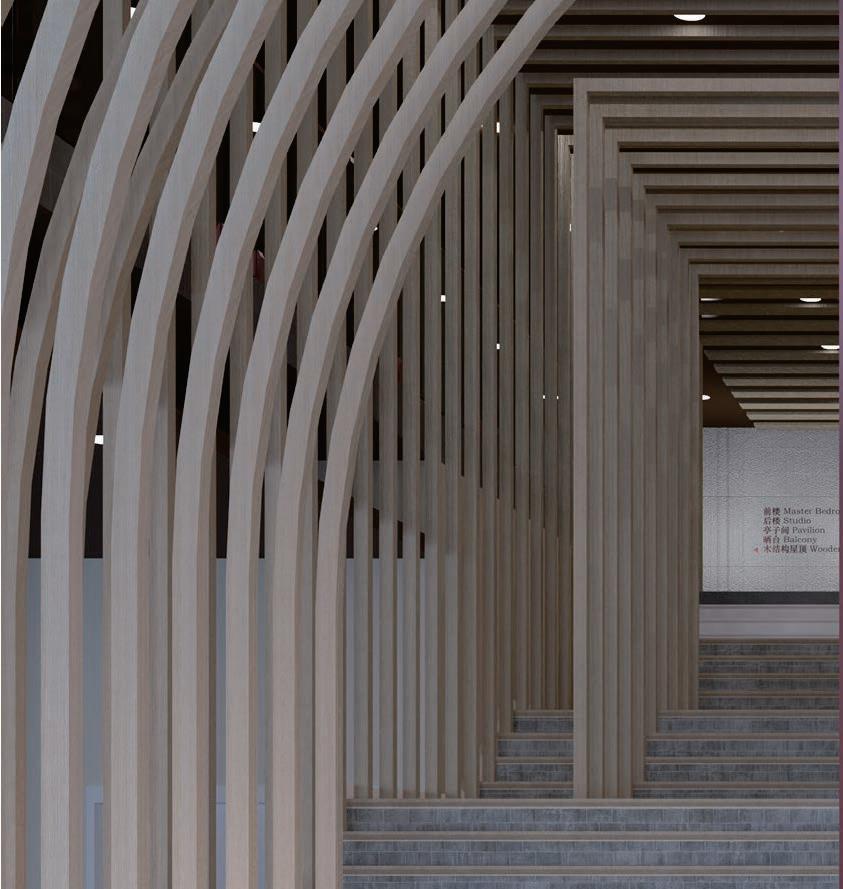


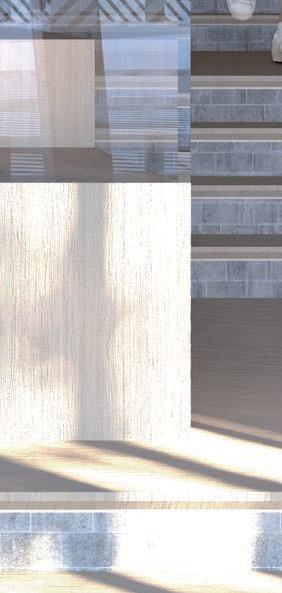




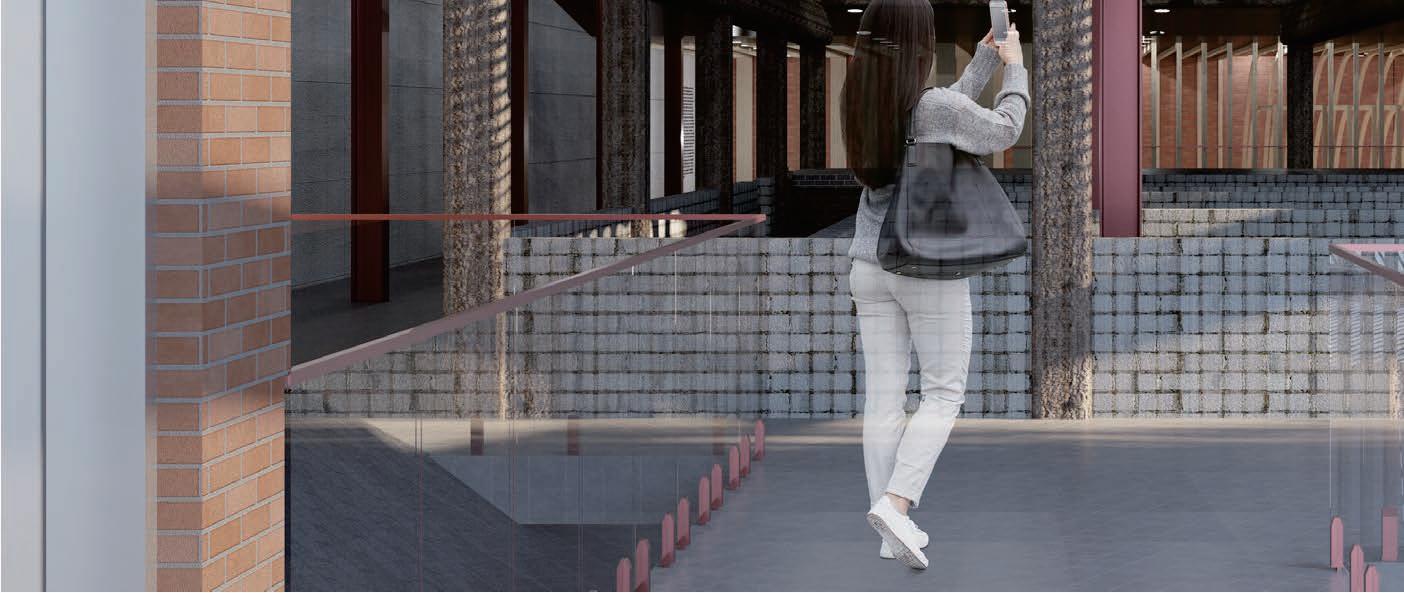

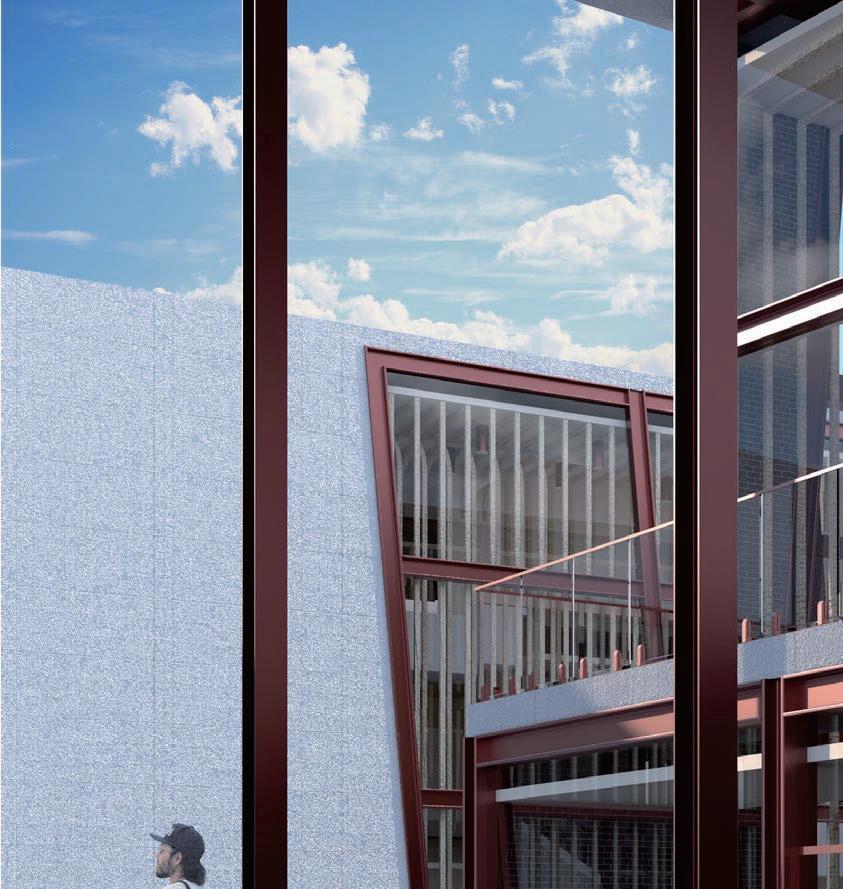

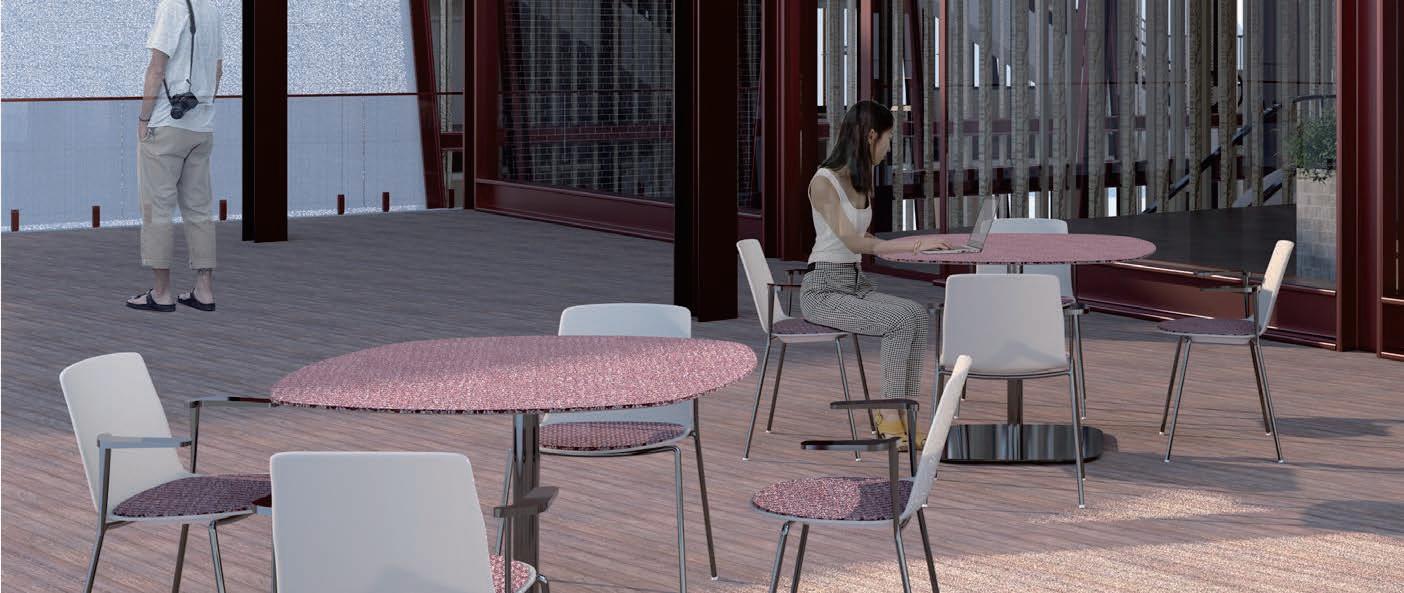
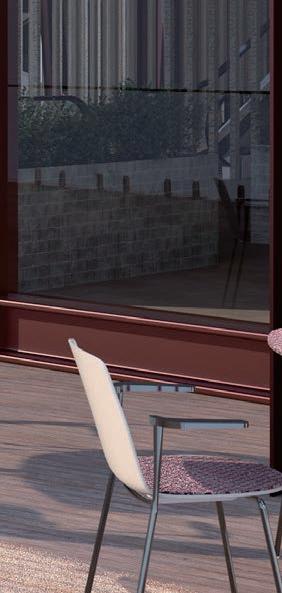



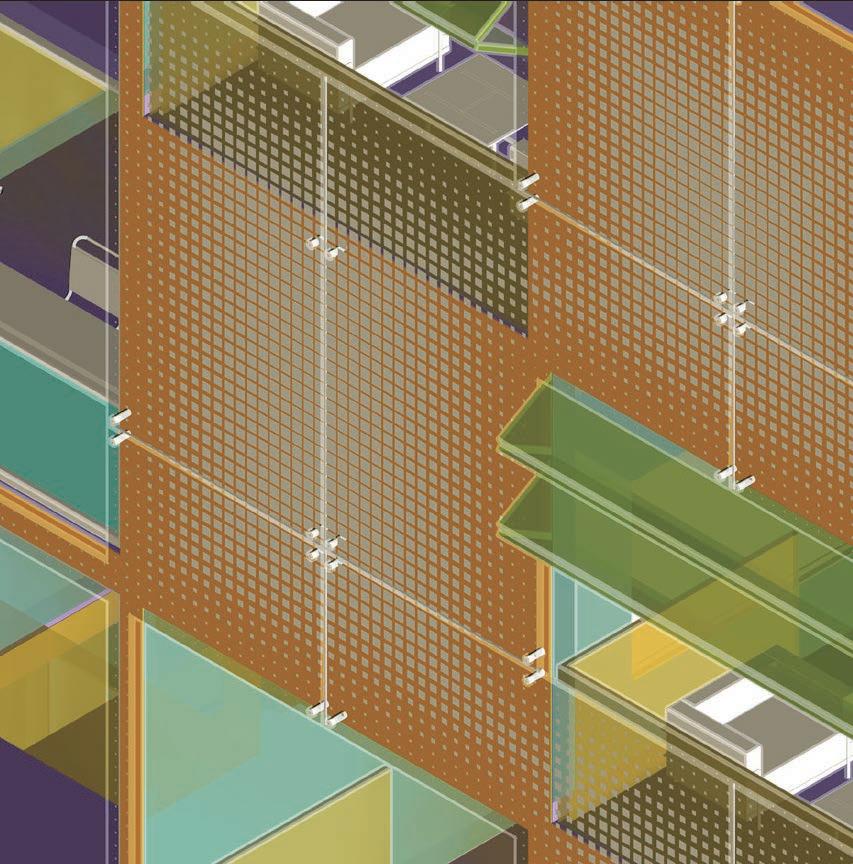




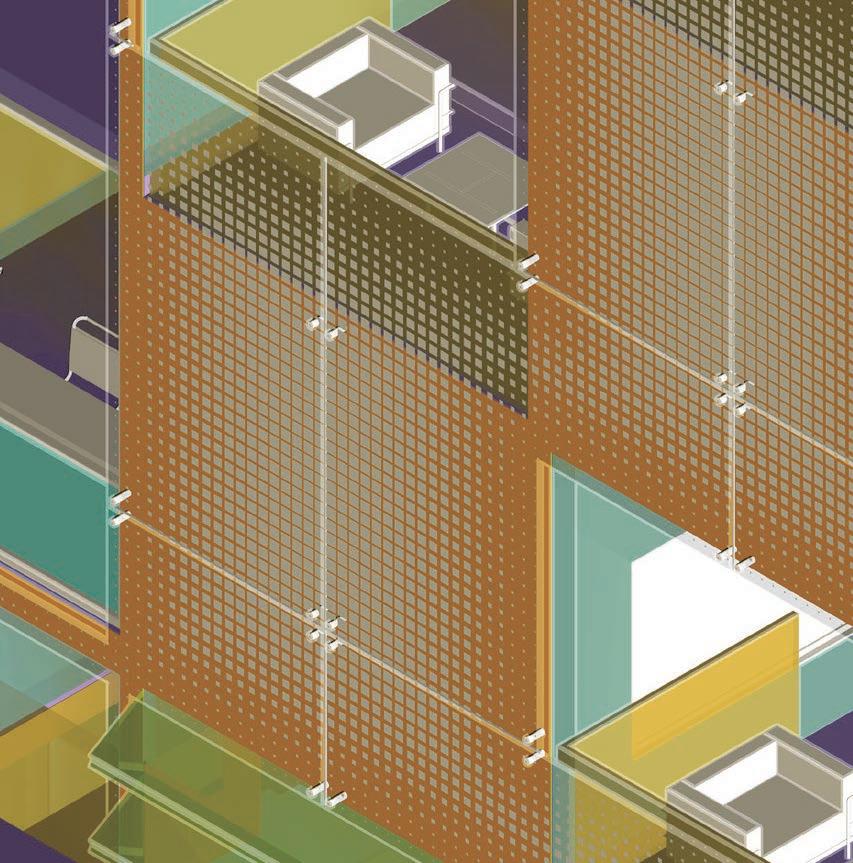
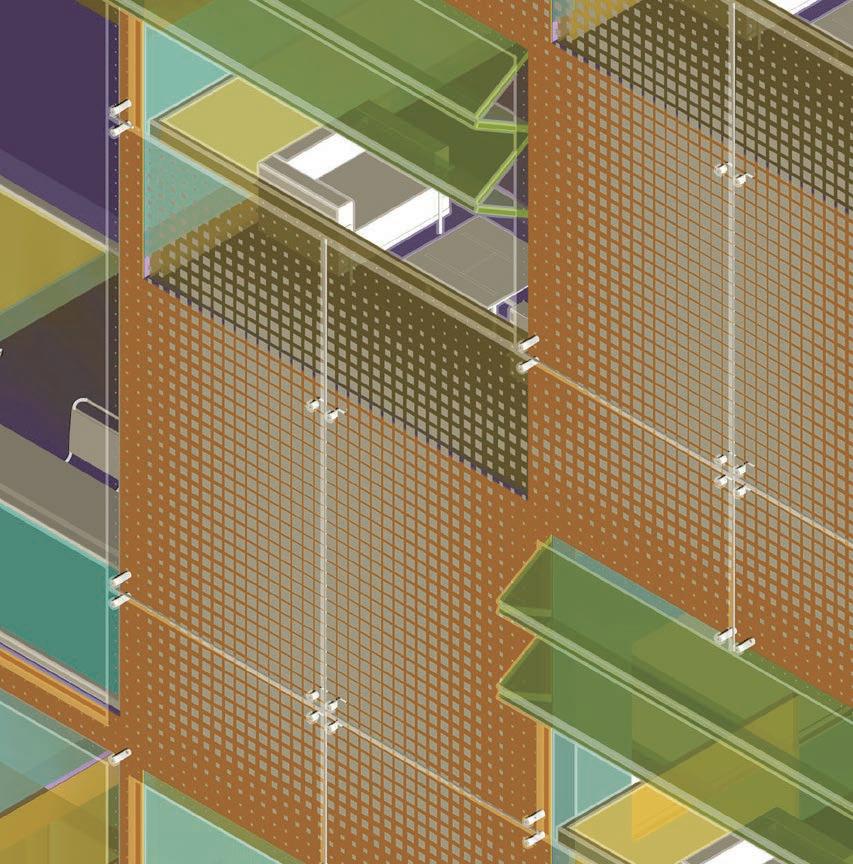

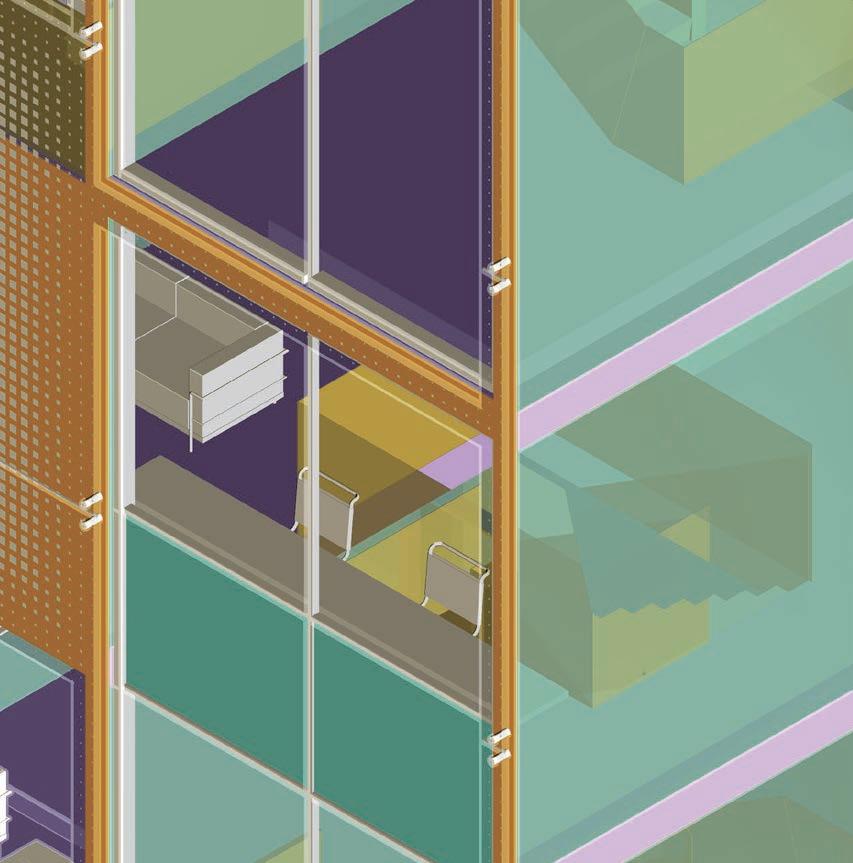
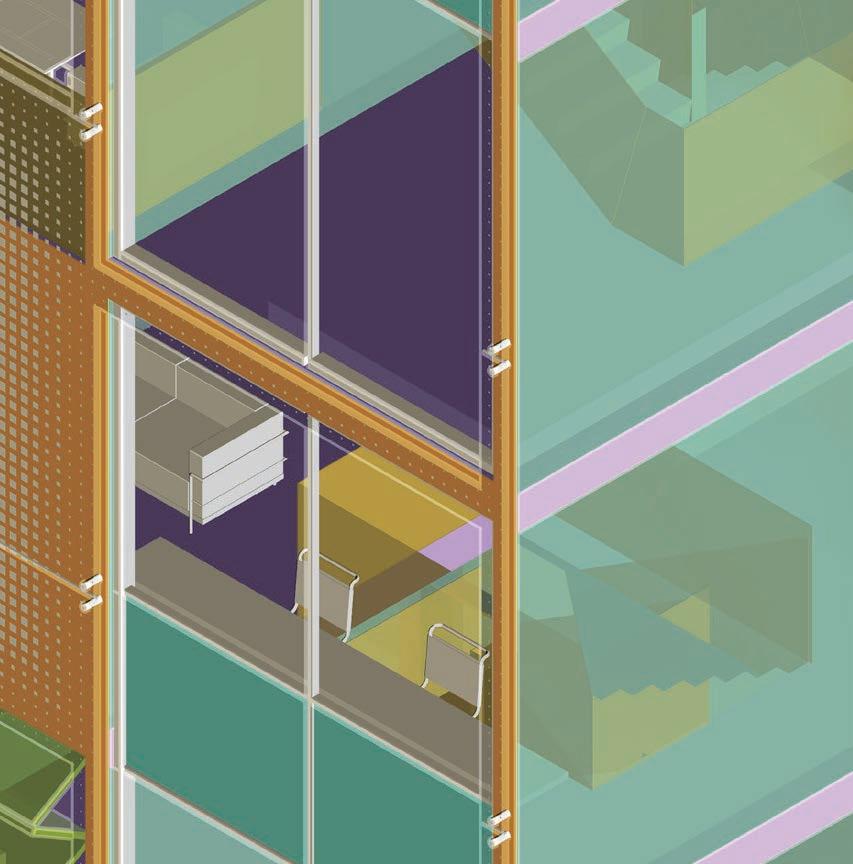

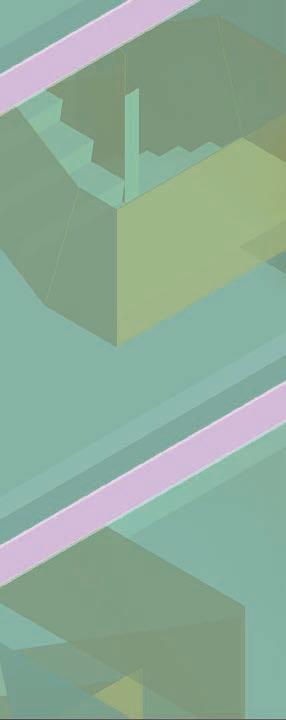

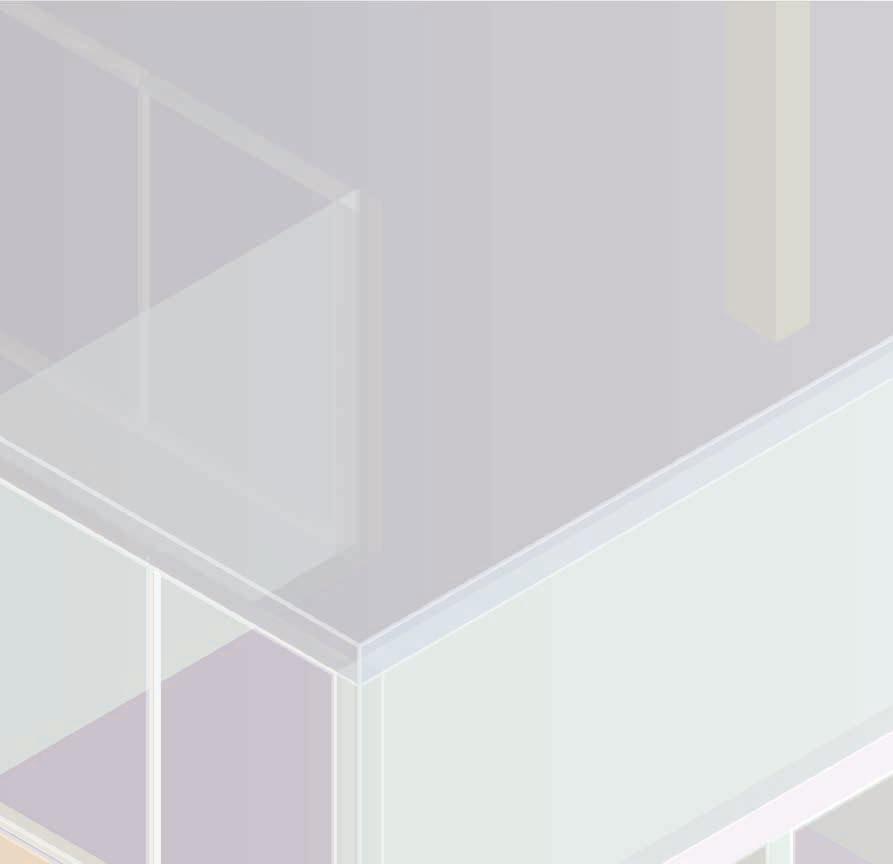
CONCAVE SYMBOISIS
Urbain Housing
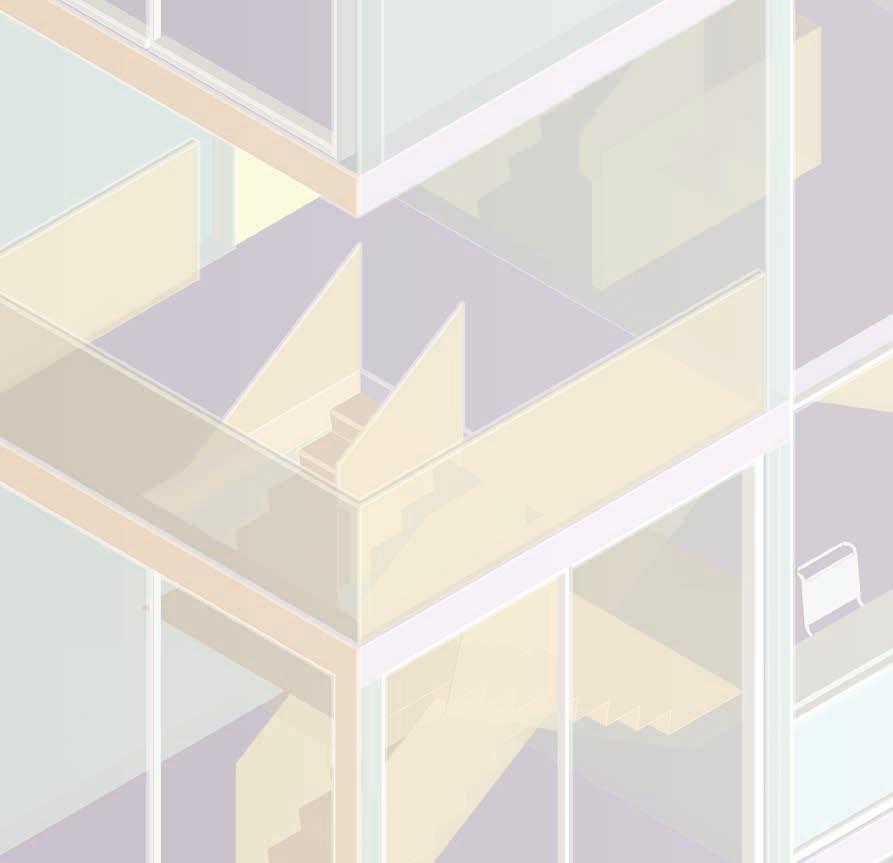
LOCATION: South Downtown, Atlanta, Georgia
DATE: Srping 2024

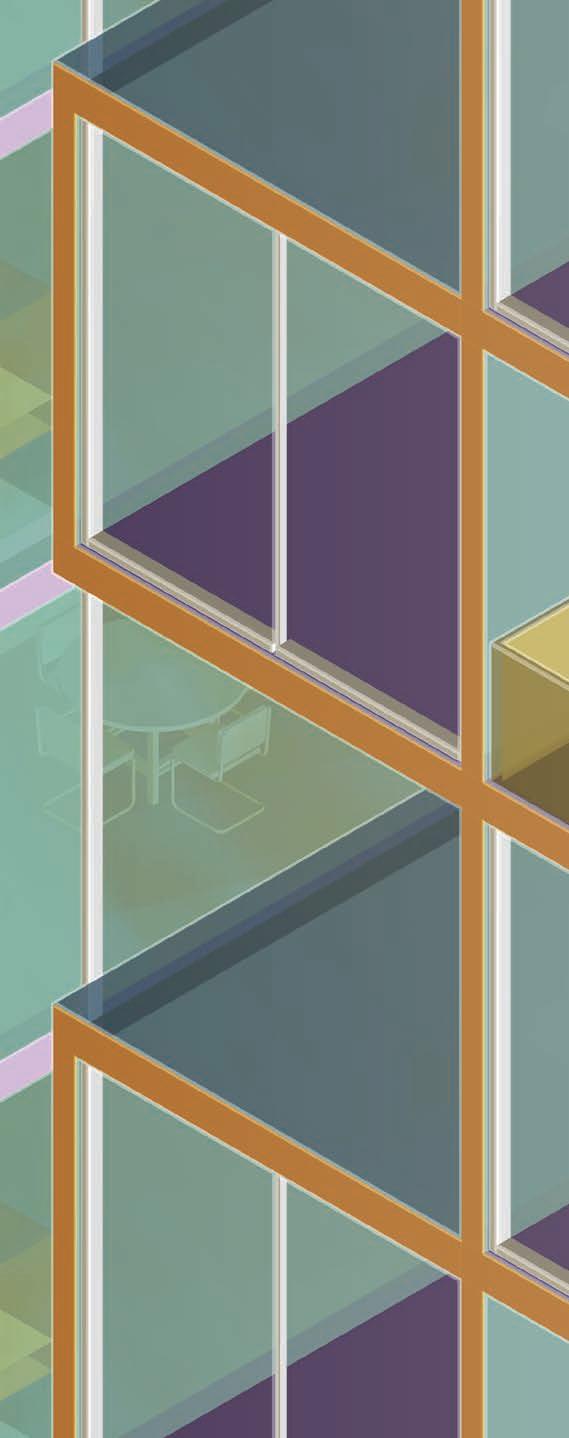
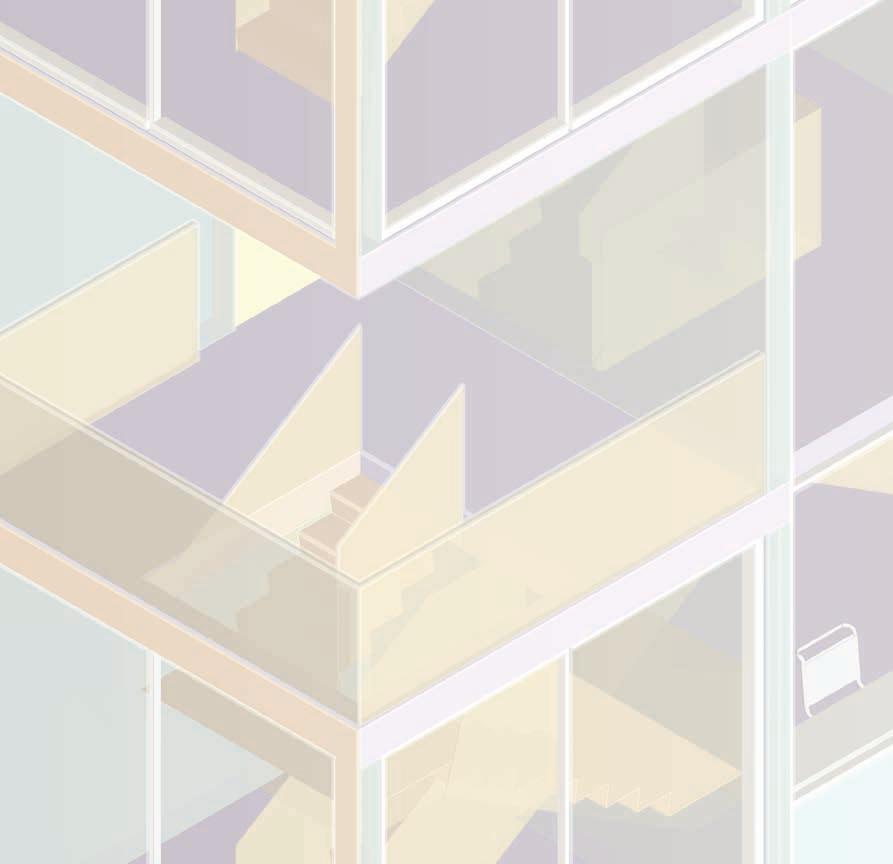
This urban housing project is designed to foster a vibrant community for young professionals through thoughtful integration of social and functional spaces. The ground floor activates the street with a restaurant and a doggy daycare, enhancing the communal green space by encouraging continuous activity throughout the day. The outdoor dining areas and daycare services attract both residents and visitors, creating a lively social hub. Architecturally, the project leverages openness by introducing open-air platforms on the second and third floors, allowing sunlight to permeate communal spaces and fostering casual interactions. The design operates on three scales: at the community scale, vertical circulation is paired with gathering spaces to enhance social connections; at the unit scale, the nesting of apartments creates unique spatial relationships among neighbors; and at the urban scale, the use of voids introduces visual variation while bringing natural light deeper into the building.
By blending private and public realms and incorporating dynamic colors and forms, this project cultivates an engaging, community-oriented environment, ideal for the dynamic lifestyle of young professionals in the urban context.
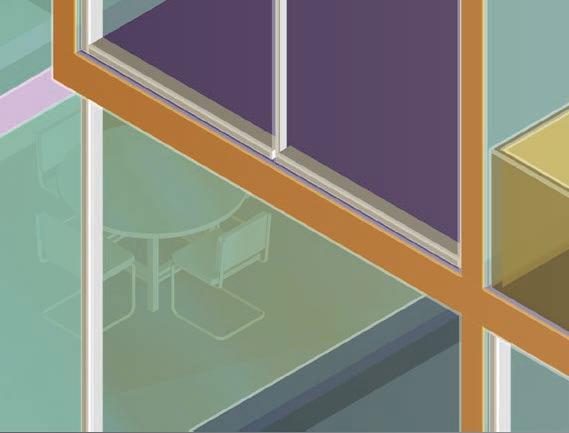
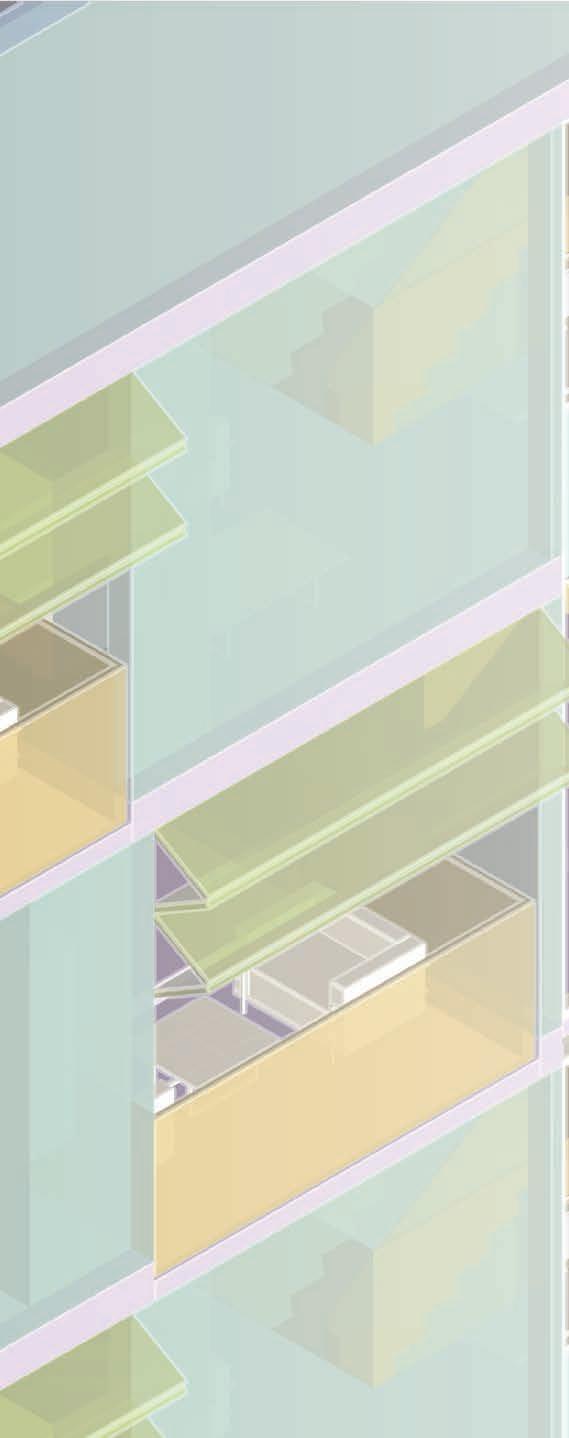
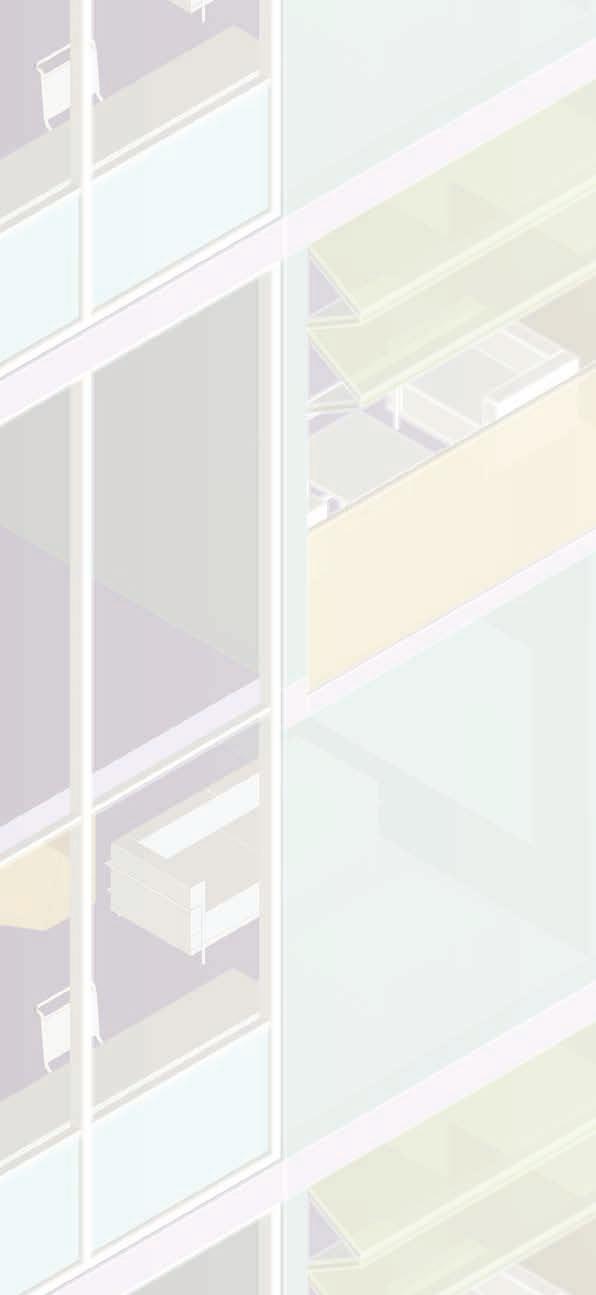

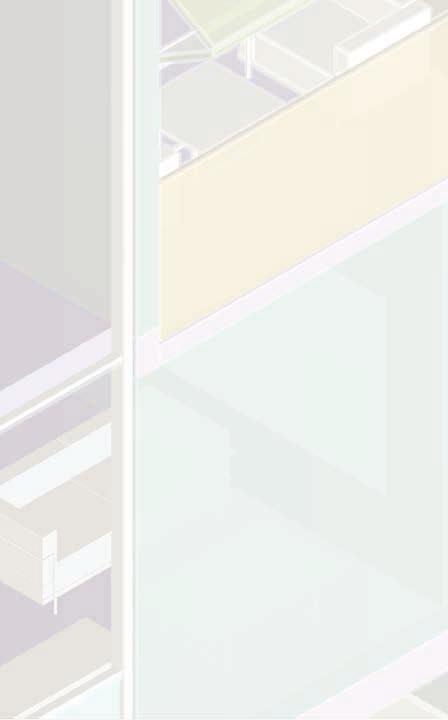
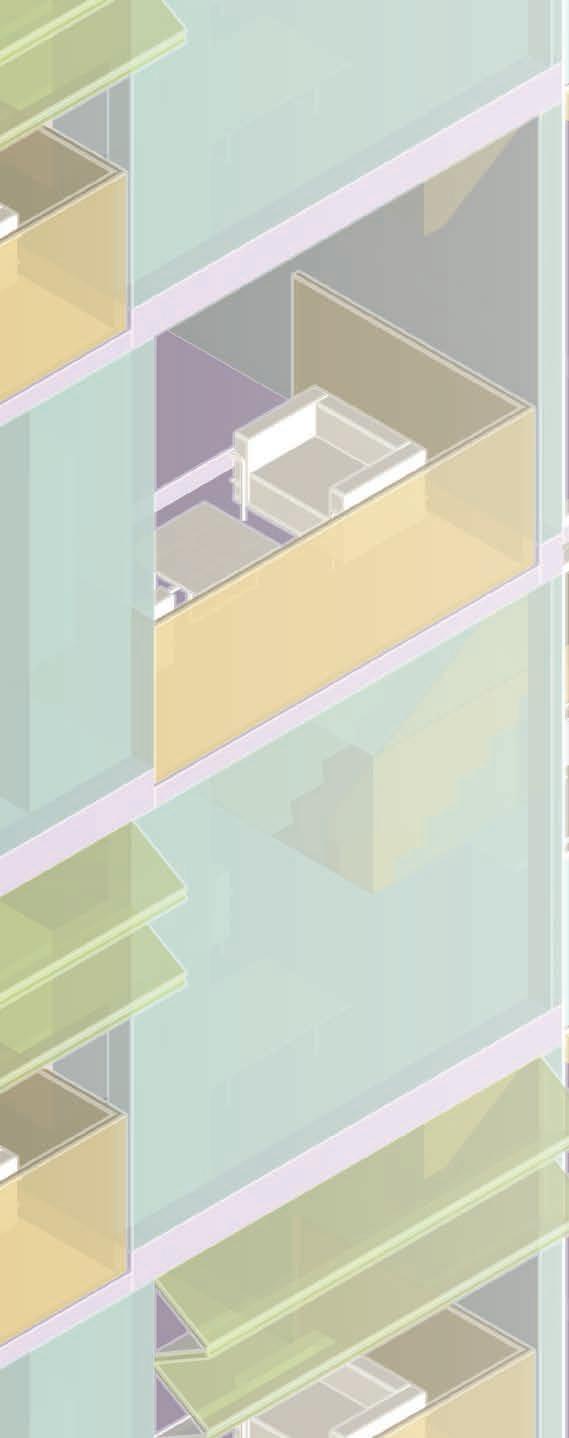

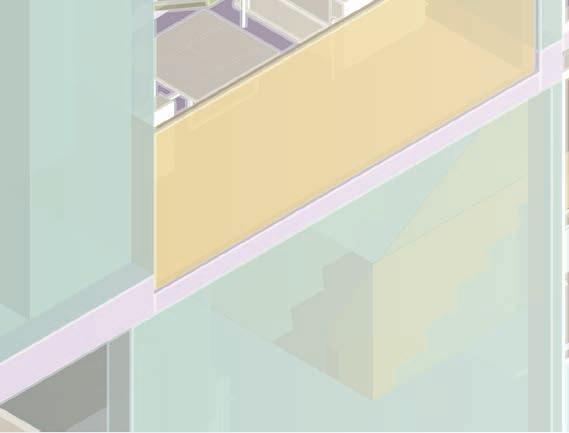
The primary unit type spans two floors, requiring residents to navigate either upward or downward via stairs to access the main living spaces. The staircase is strategically placed near the exterior façade, adjacent to a two-story window, enhancing vertical movement and the visual connection to the outside. A bar seating area is positioned next to the staircase, further emphasizing the vertical flow within each unit. The design includes a large balcony as a focal point, offering an engaging spatial experience. This balcony connects with various living spaces, including the living room, kitchen, and dining area, while the bedroom is oriented to face this feature. A window seating area is integrated into the living room as a transitional element, enriching the spatial hierarchy and creating a dynamic interaction between interior and exterior spaces.

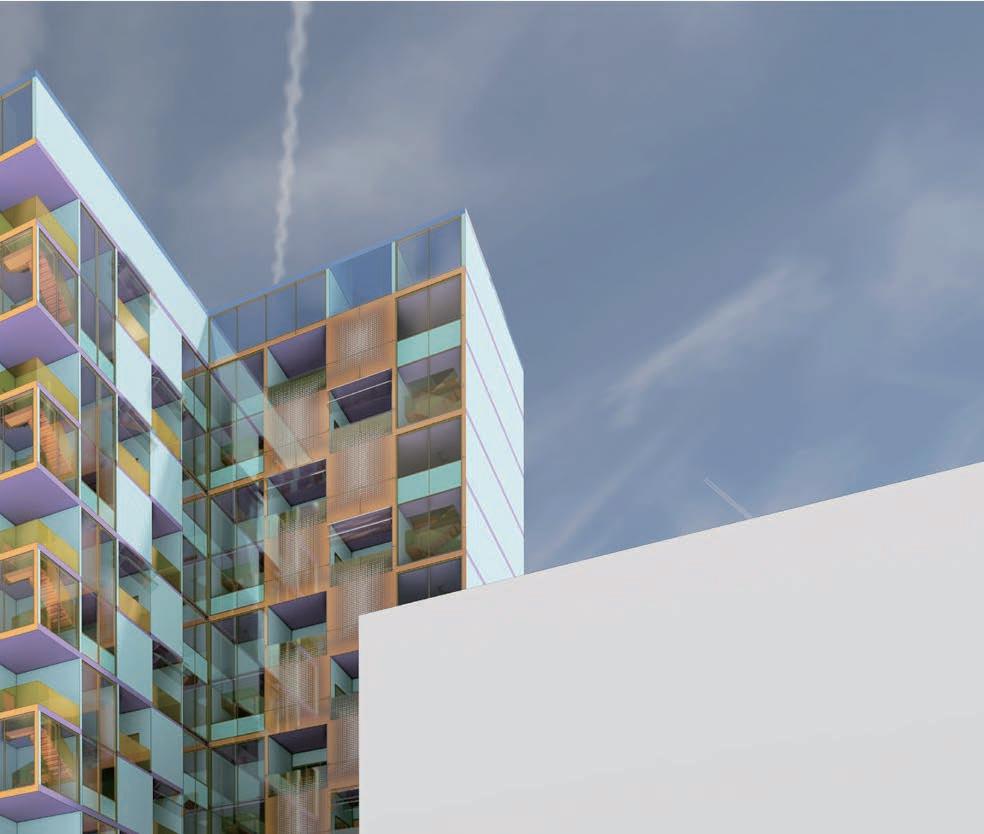





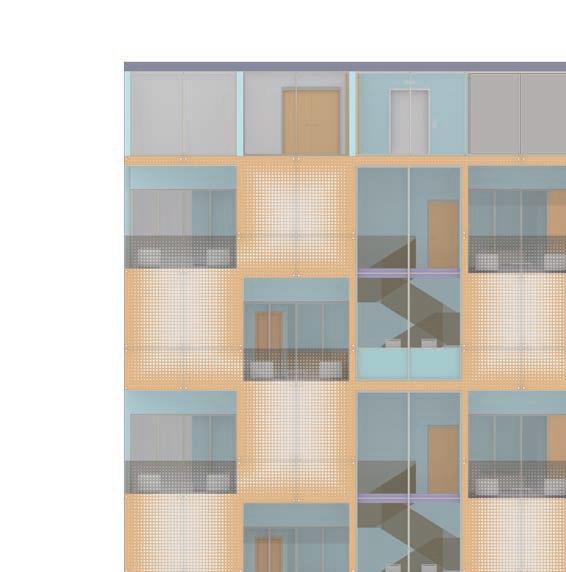














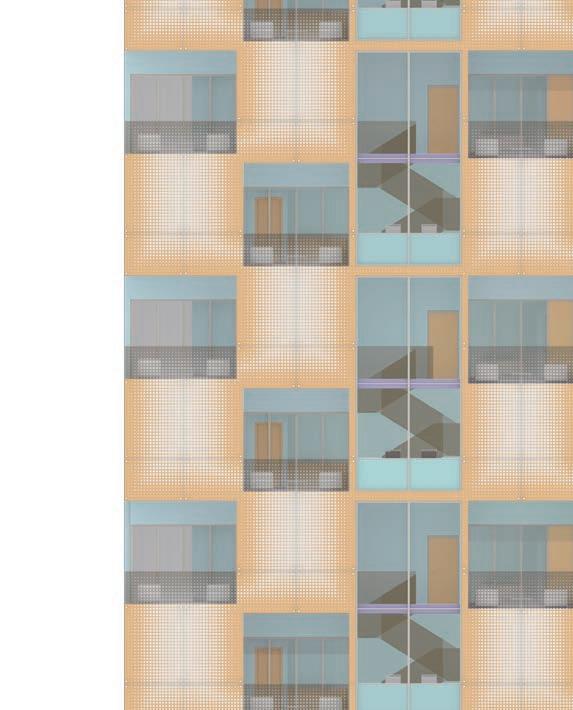







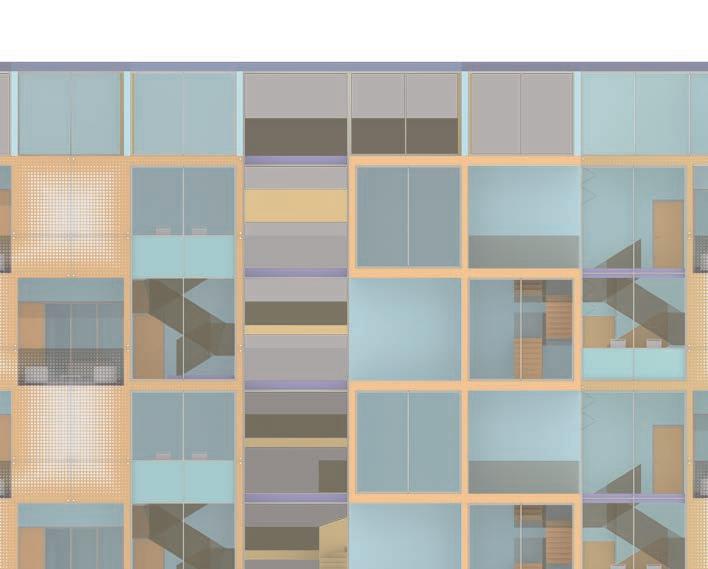



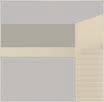












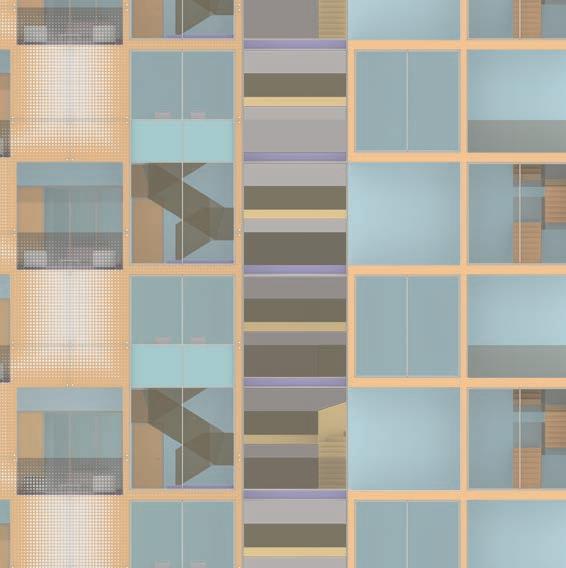
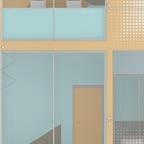





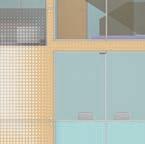



















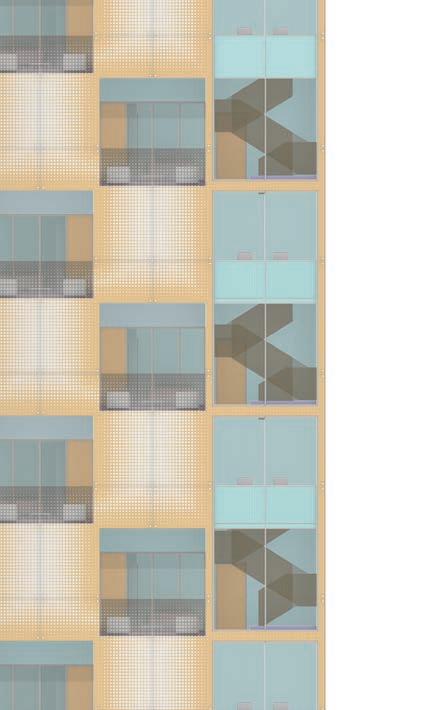


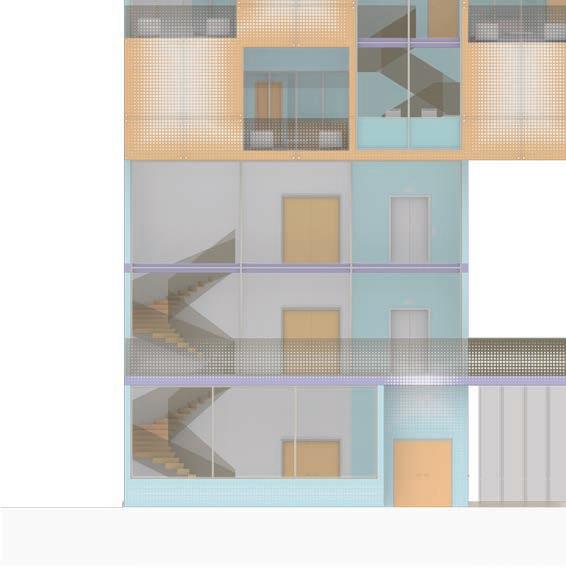





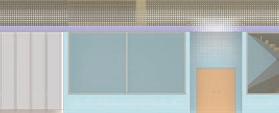



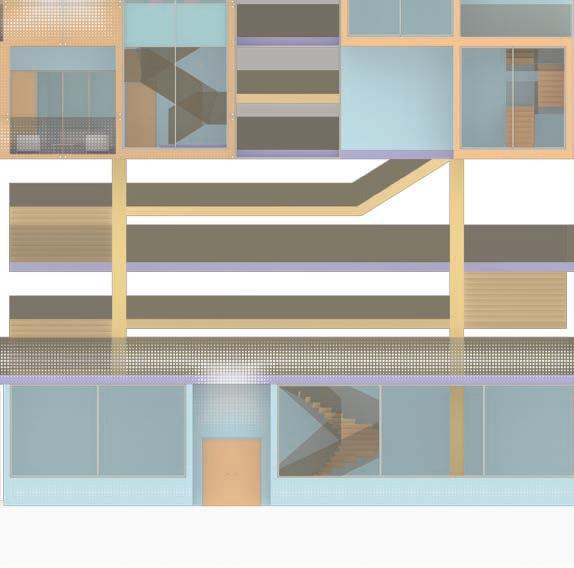


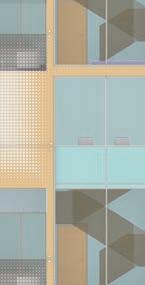





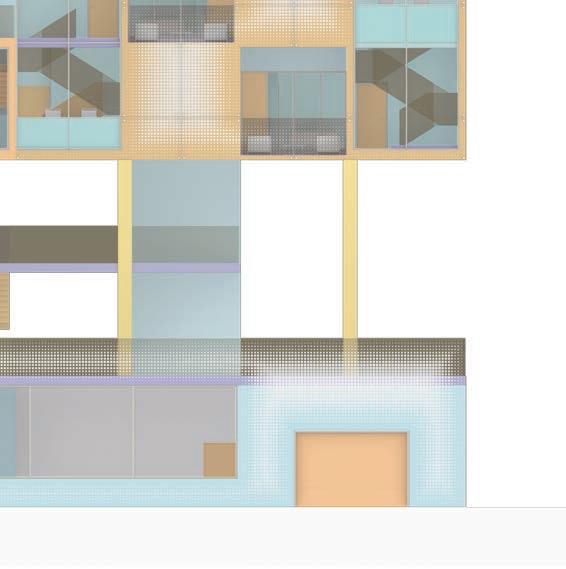

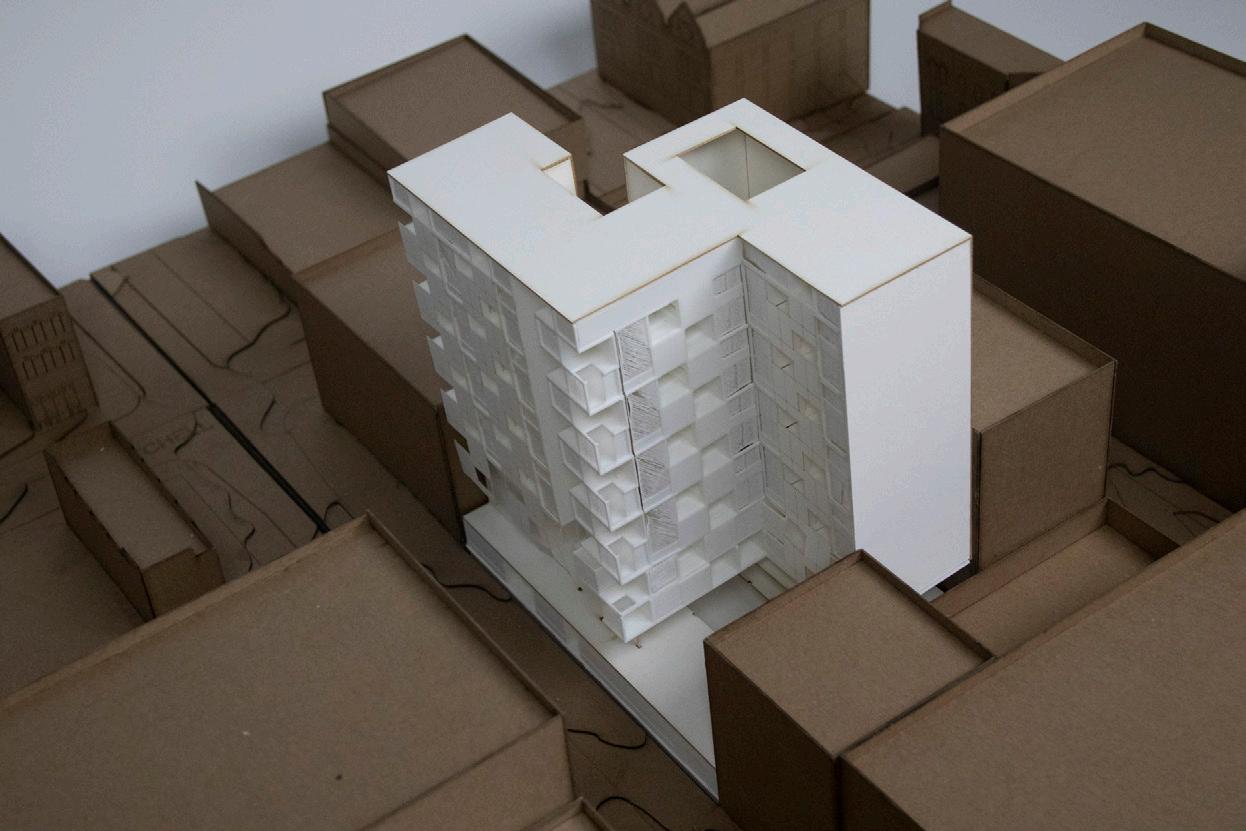
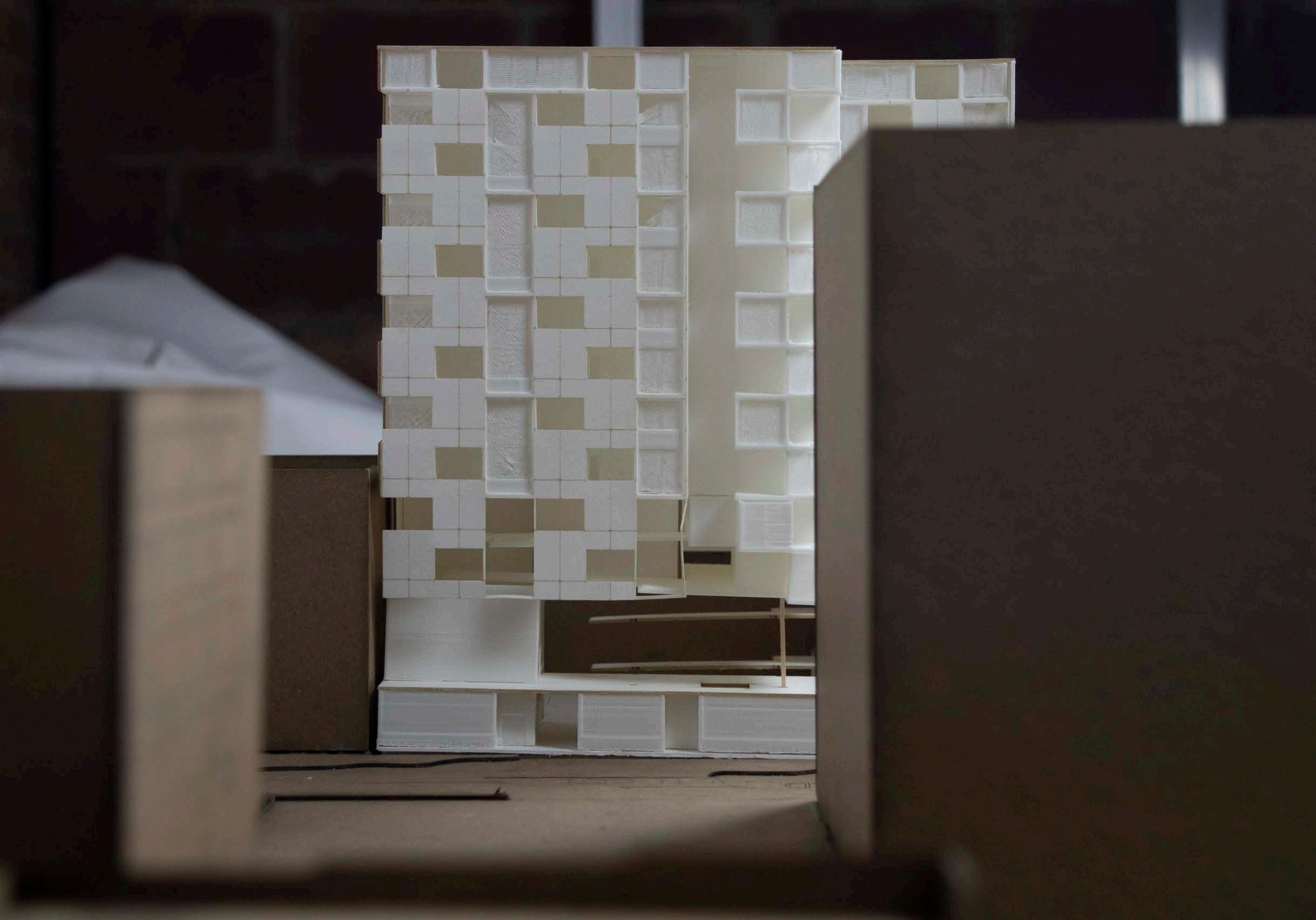

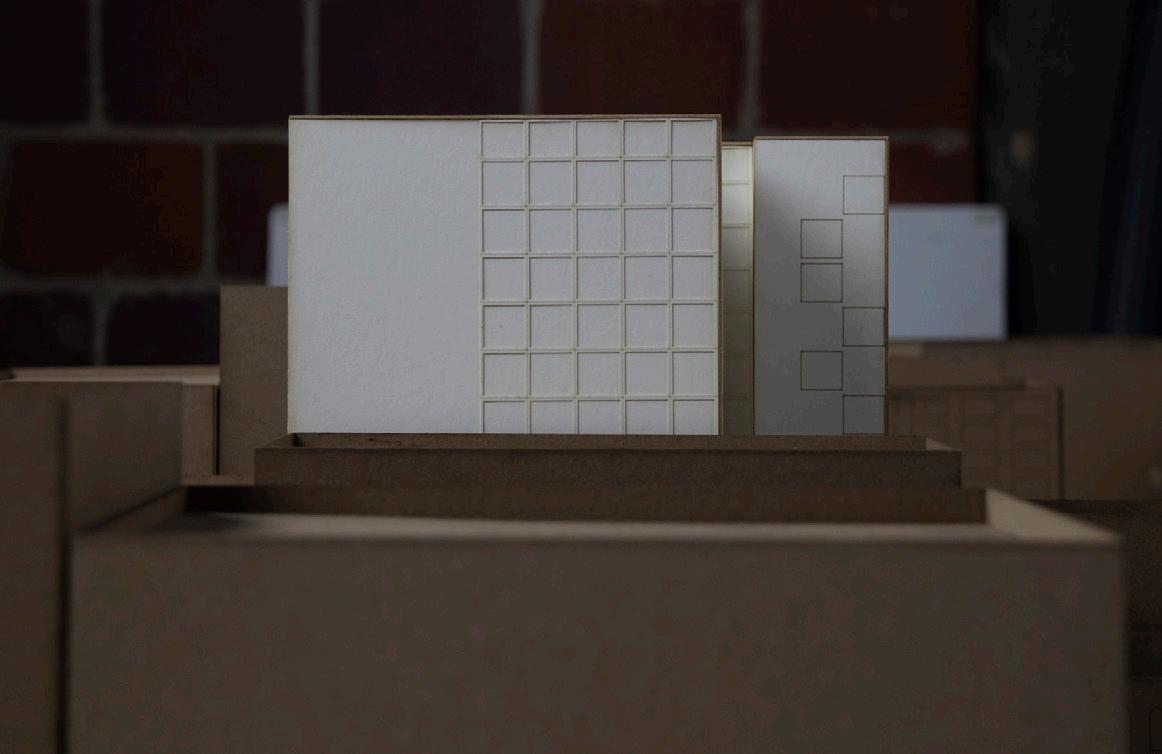


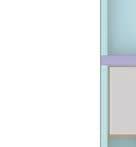



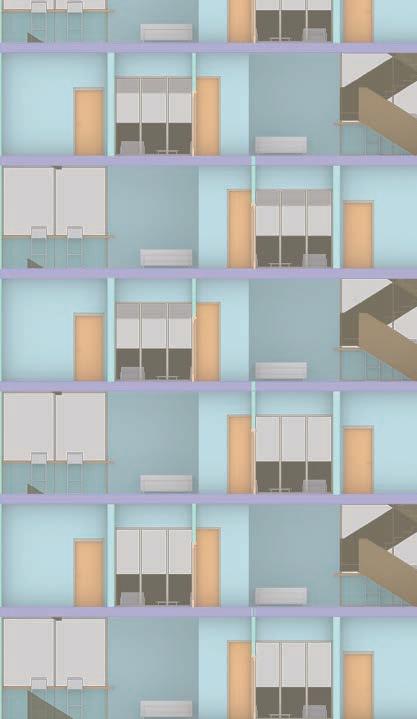

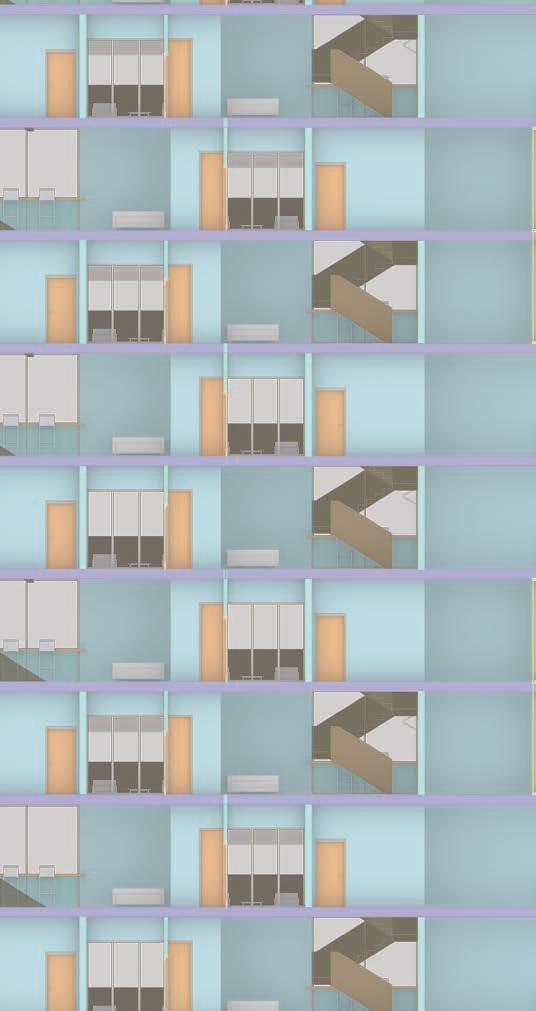


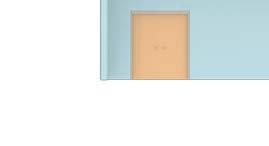
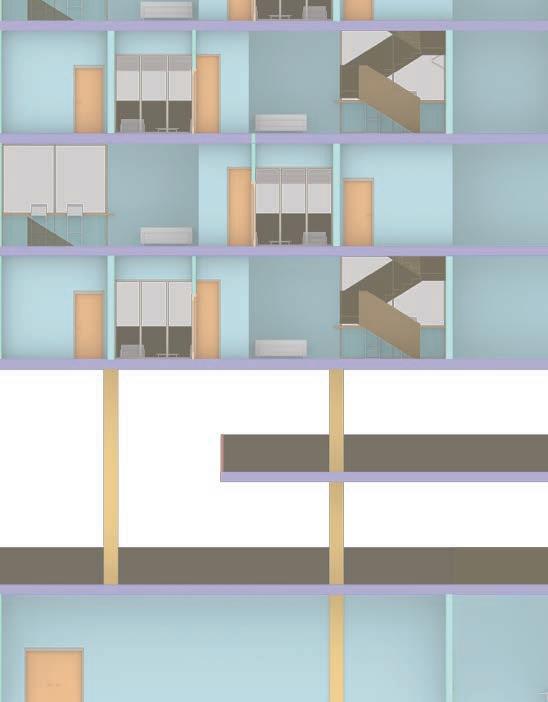


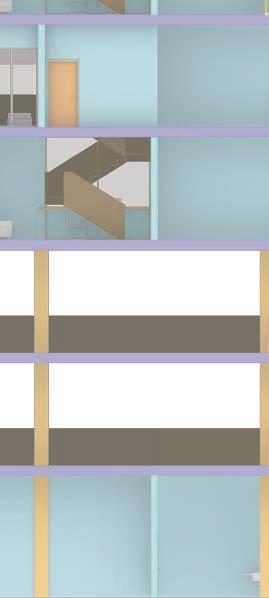







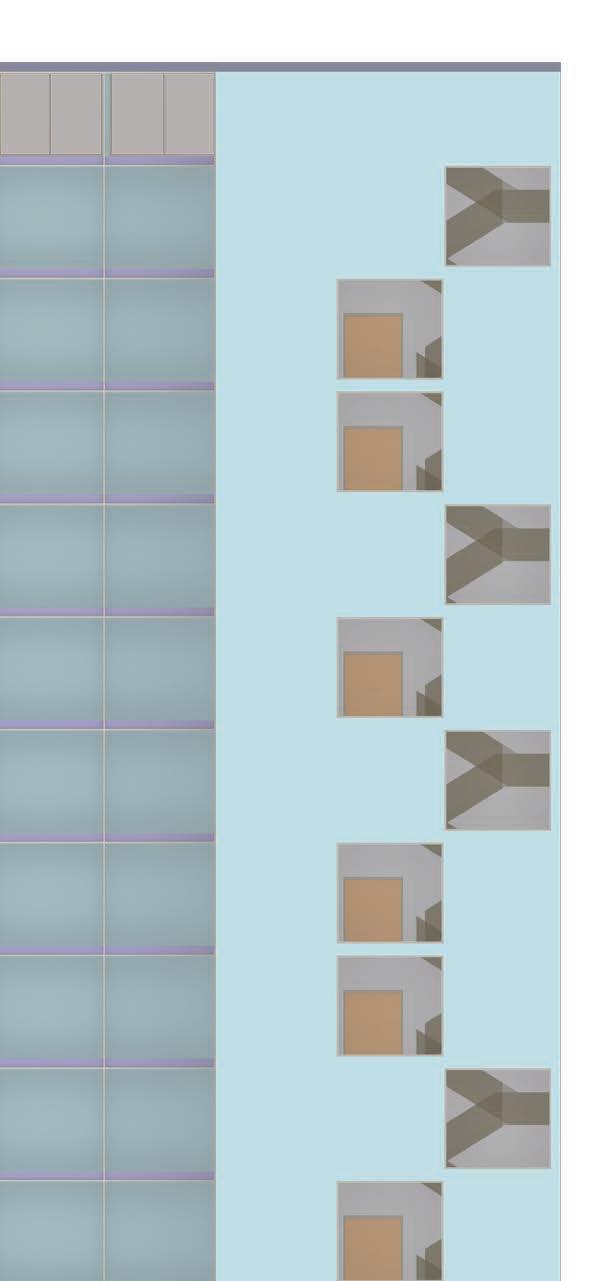



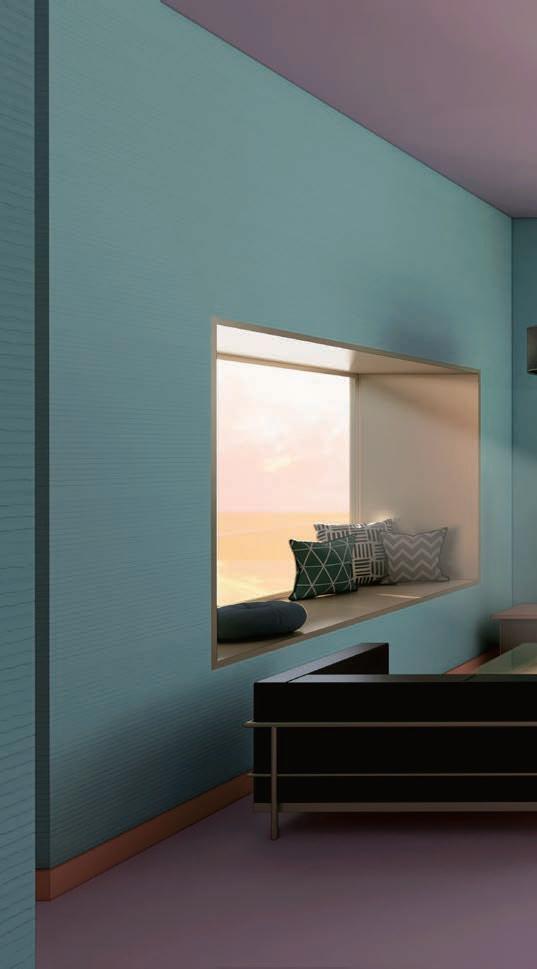
The ground floor is designed professionals who are often away where residents can drop off which integrates outdoor dining with both the doggy daycare an elevated platform fostering a threshold between public and areas. A significant architectural incorporating two-story community stairs and promote interaction
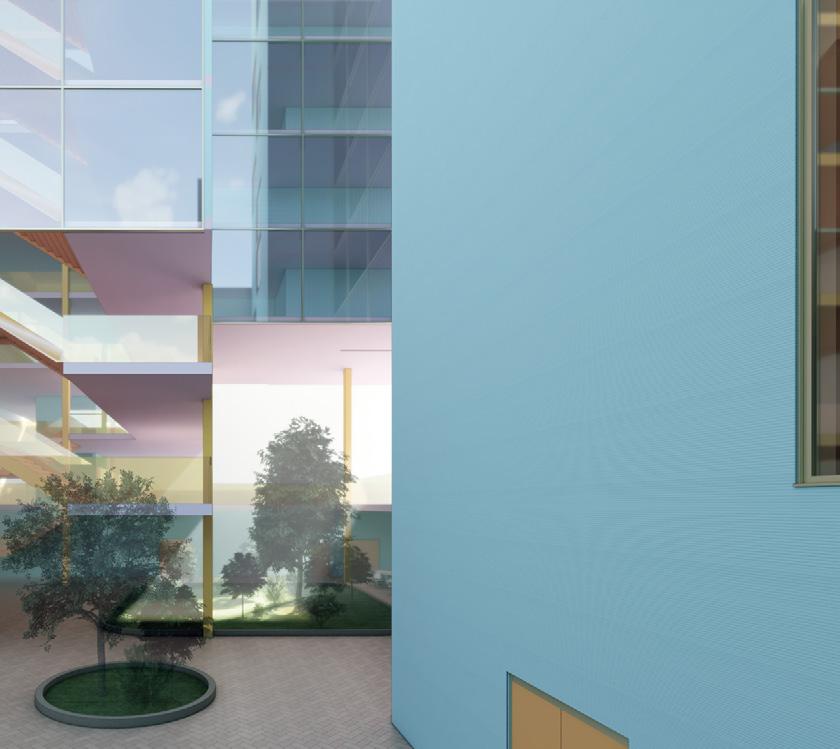
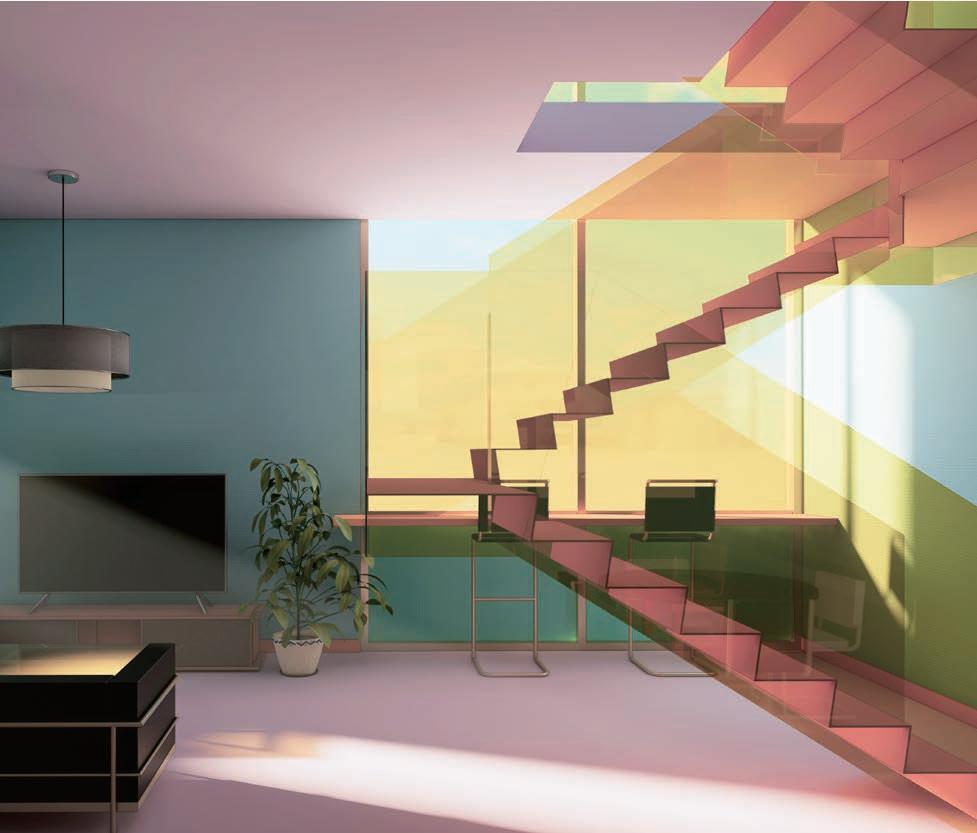


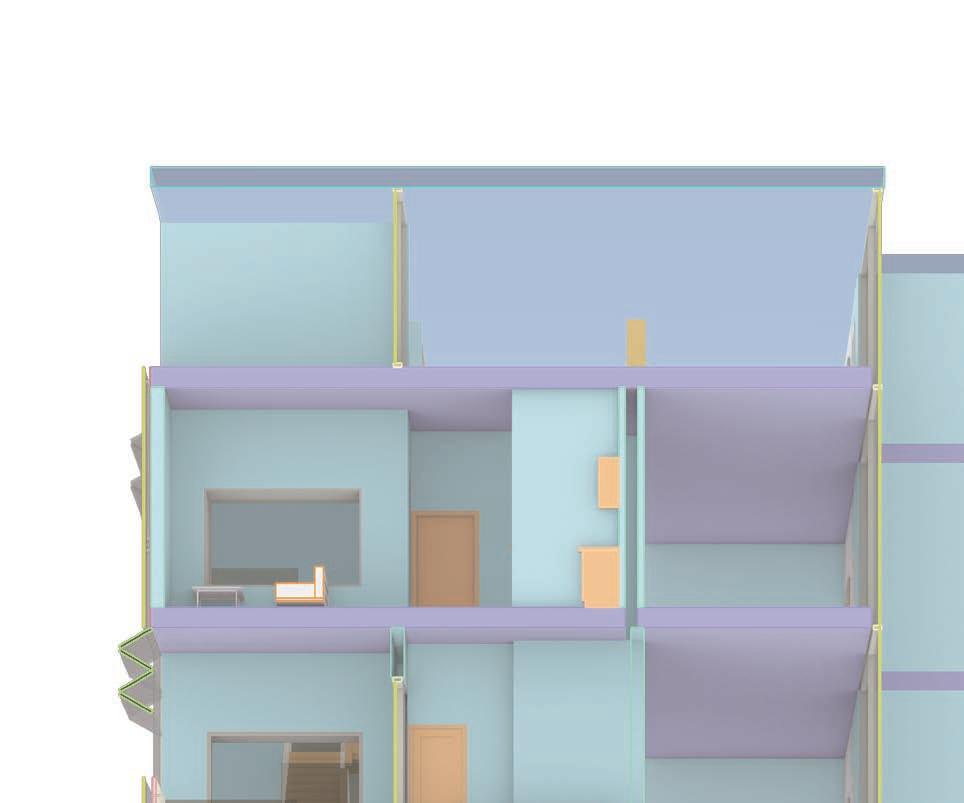
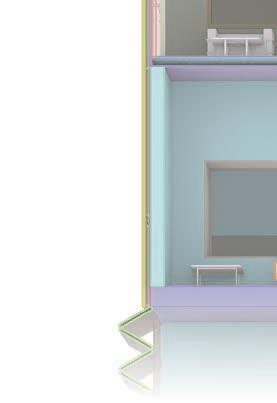


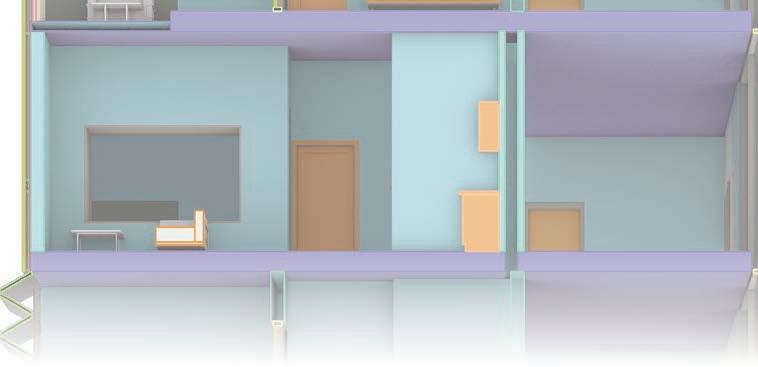





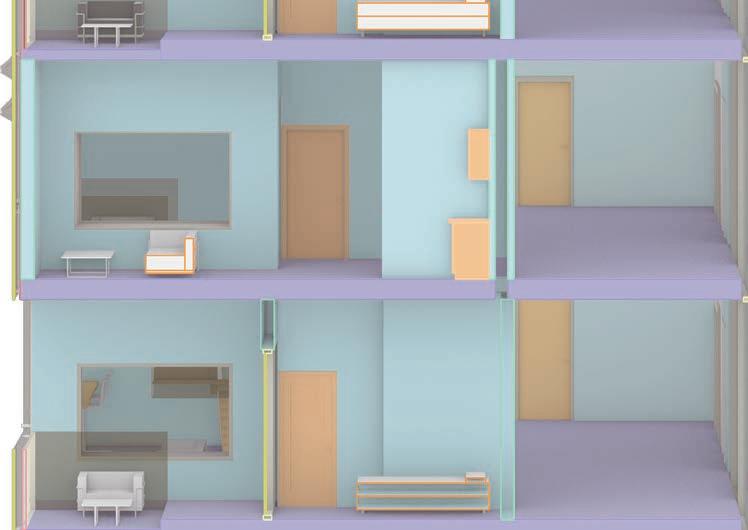
primarily as an open green space, catering to the lifestyle of young away during the day. Two key programs animate this level: a doggy daycare, their pets, allowing the pets to utilize the courtyard, and a restaurant, dining to draw in customers. The second floor continues this openness and restaurant extending their operations skyward, complemented by fostering social interaction. On the third floor, the space is enclosed, acting as and residential domains, particularly in the daycare and public circulation architectural feature is a large staircase that extends to the uppermost levels, community spaces along its trajectory. These elements encourage the use of across floors.


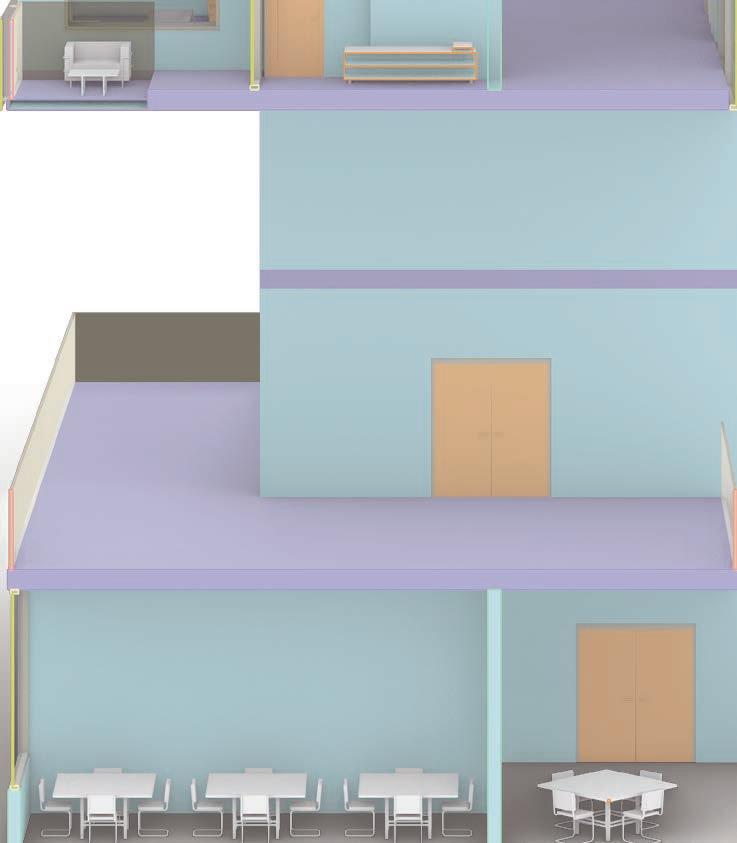




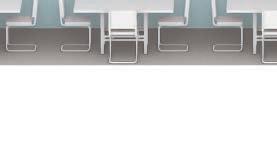
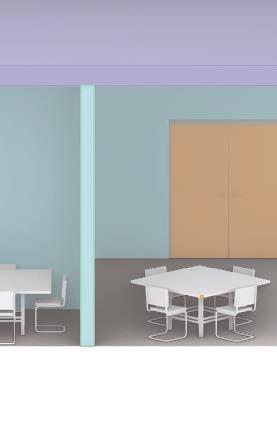
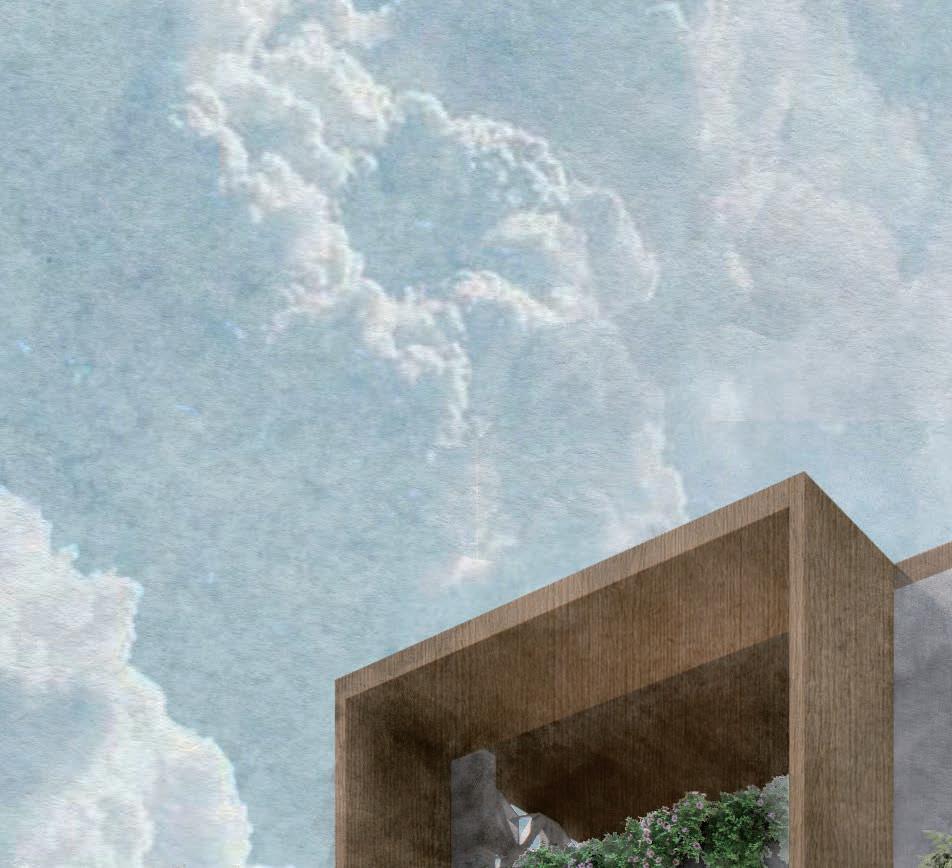


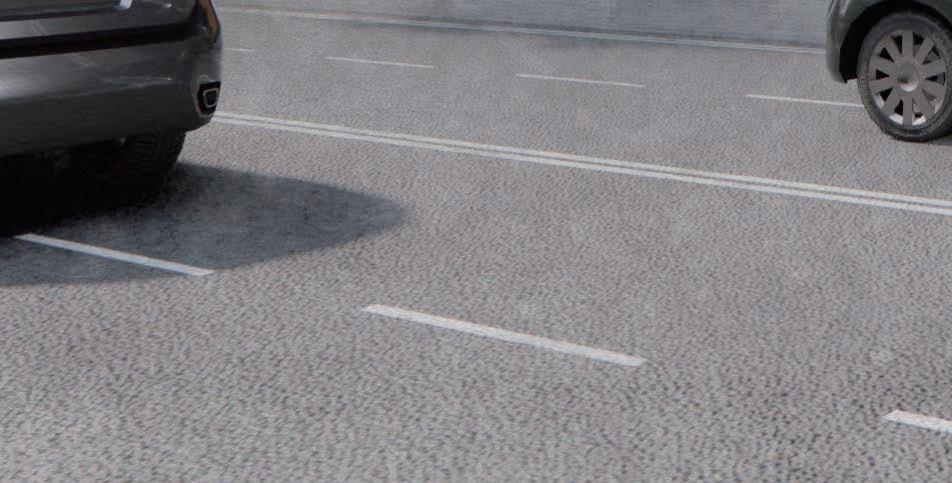
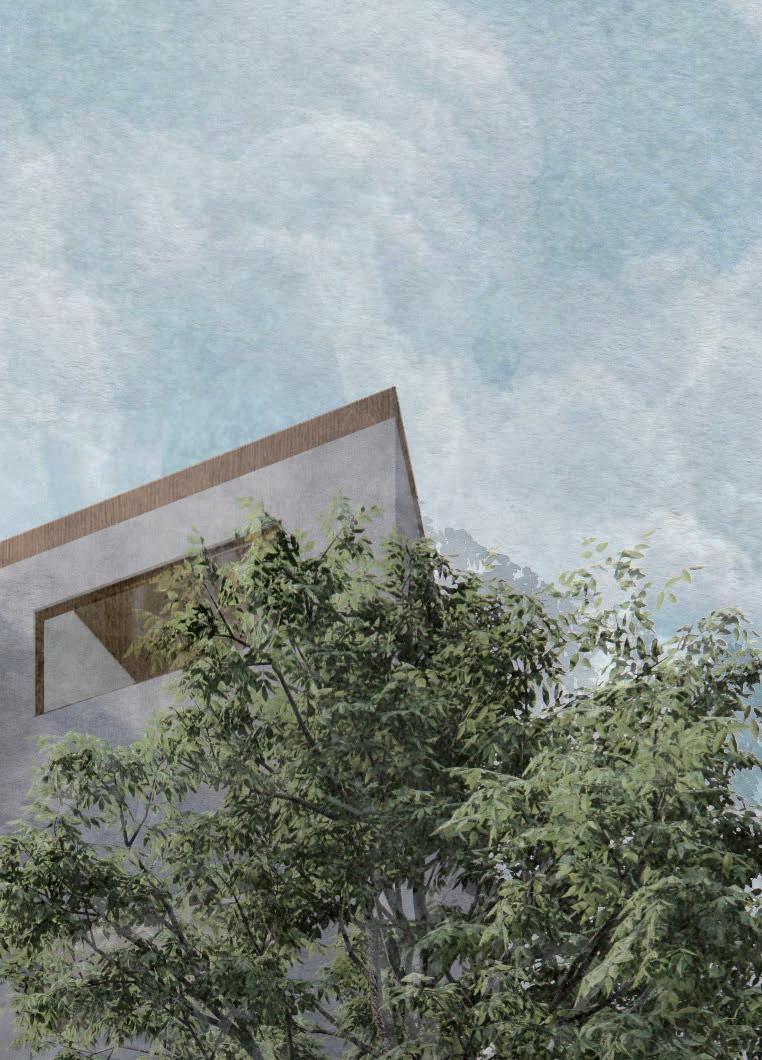


BLACKSMITH’S HOUSE
LIVE-WORK RESIDENTIAL
LOCATION: Longmont, CO
DATE: Spring 2021
SOFTWARE: Rhino, Enscape, Photoshop, Illustrator
The customers of this project are elderly couples. The wife possesses a collection of Japanese traditional swords, while the husband is a blacksmith who manufactures ironwork including, swords, knives, scissors, and other daily essentials. The clients arrived from Kyoto, Japan, where the couple owns a Japanese sword store and serves traditional Japanese cuisine by reservation.
The construction site at 244 Main Street, Longmont, Colorado, was jammed between two existing structures, therefore the design begins with rotating rectangles. The 10-degree rotation angle and the shape of the main building were inspired by Nakago, which is the section where the handle of the sword is attached. Nakago is also the area where bladesmiths would inscribe their names, giving it commemorative and historical significance. Additionally, the rotated angle forms a separate outer wall, providing privacy. As a reaction to its neighbor, 244 building shifts in the south-middle portion, as does the building to the south. The space between the two buildings forms a garden in the center, allowing both people and the structure to breathe.
In Japanese residential architecture, there is a distinction between traditional and modern interior arrangements. The current ratio of traditional rooms to contemporary rooms in residential dwellings is 1:5 to 2:3. The third story of this structure is created in a traditional manner for the master and guest suites to accommodate the elderly couples’ living patterns while also providing a unique experience for guests.
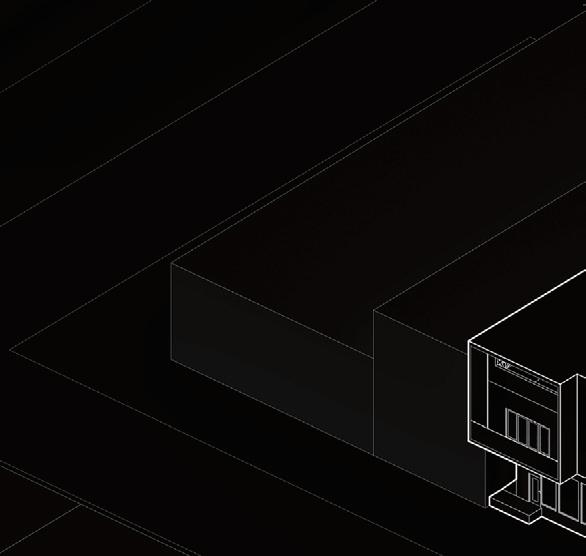



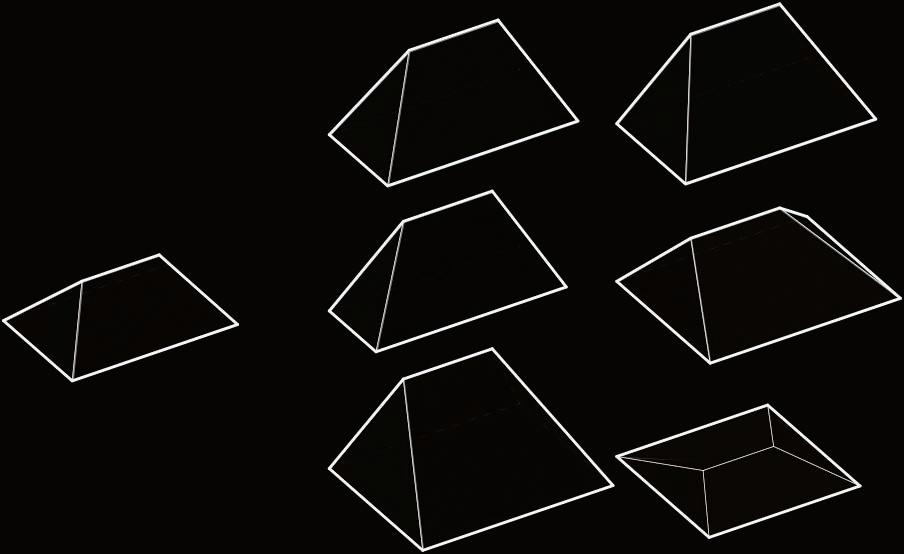
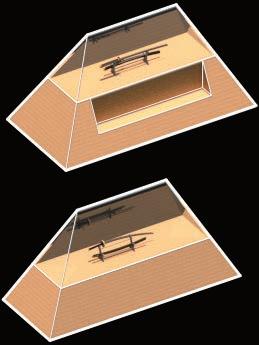
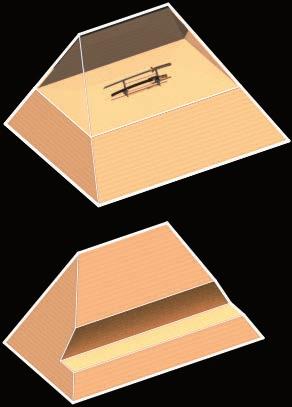
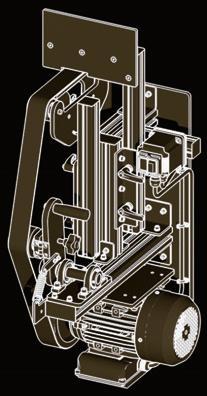
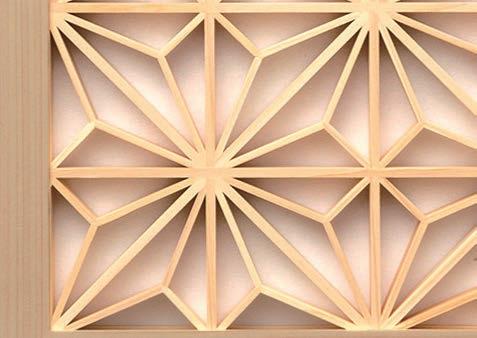

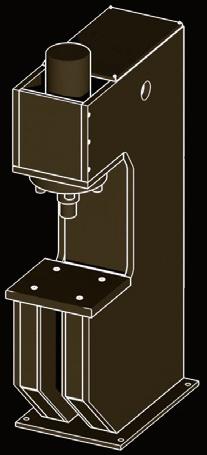

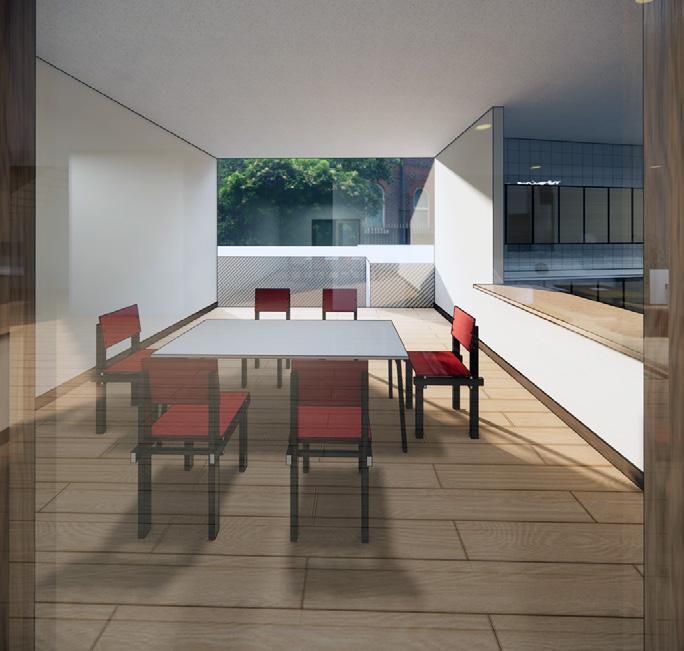


HALLWAY & TRADITIONAL PATTERNED WALL
MASTER BEDROOM
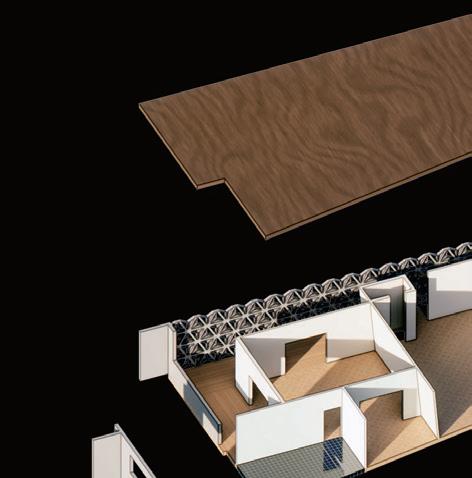



LIVING ROOM
KITCHEN & DINNING
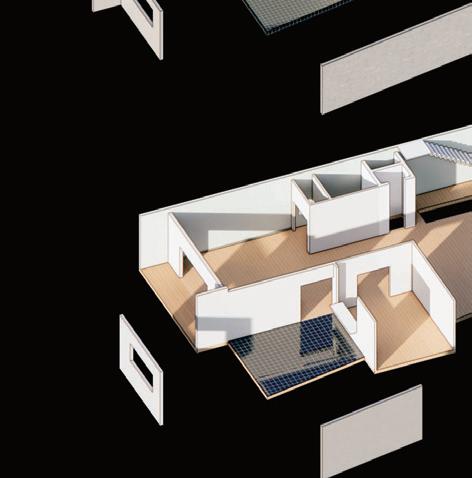



EXHIBITION RAMP
EXHIBITION (PROCTED FORM LIGHT)
EXHIBITION & RETAIL







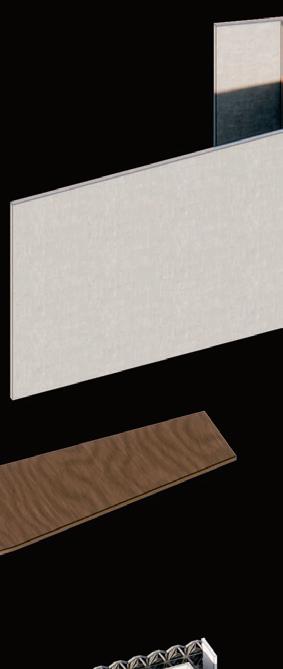
ROOF
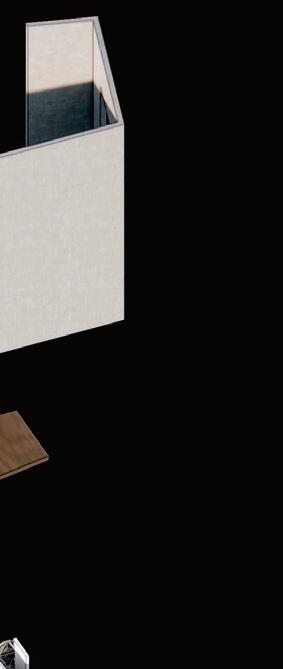
ISOLATED EXTERIOR WALL

GUEST BEDROOM

THIRD FLOOR

SECOND FLOOR




SECOND FLOOR STAIR
STUDIO
STORAGE & REFERENCES
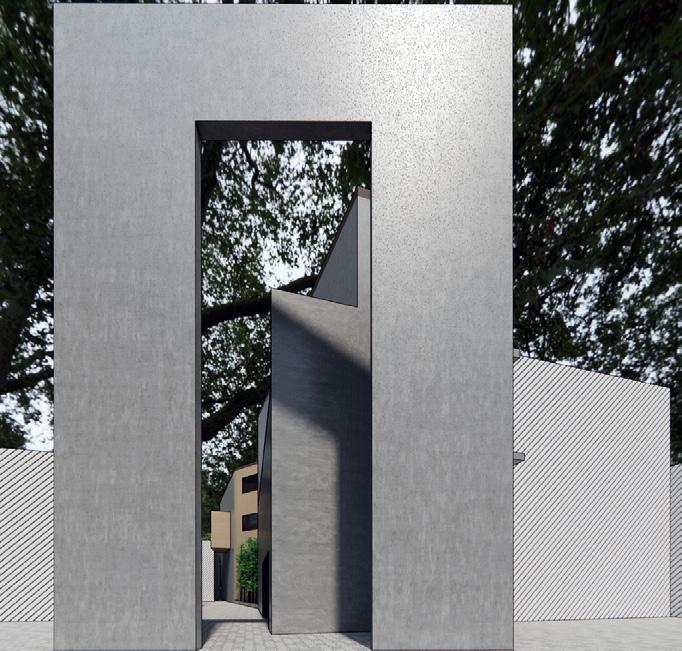
EXHIBITION & WORKSHOP VISIT
+15 FEET INTERLAYER
BLACKSMITH’S WORKSHOP
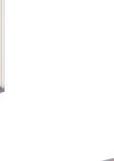
FIRST FLOOR
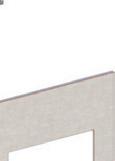

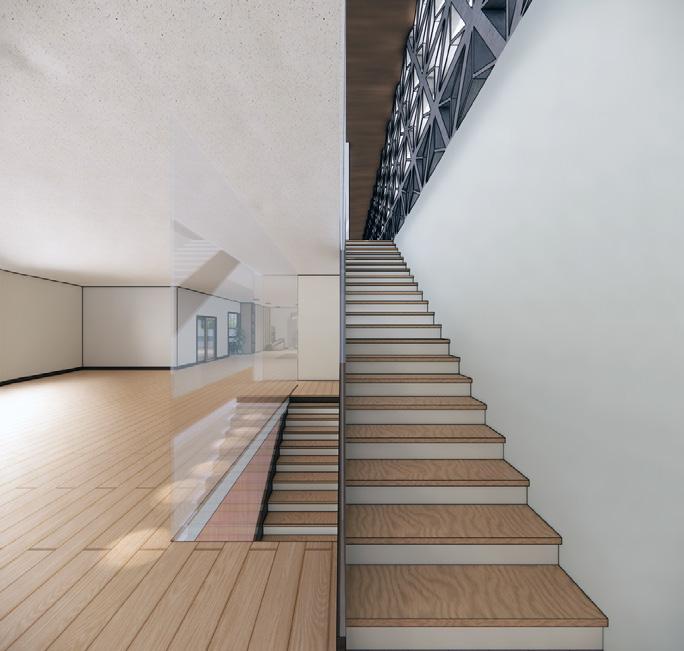
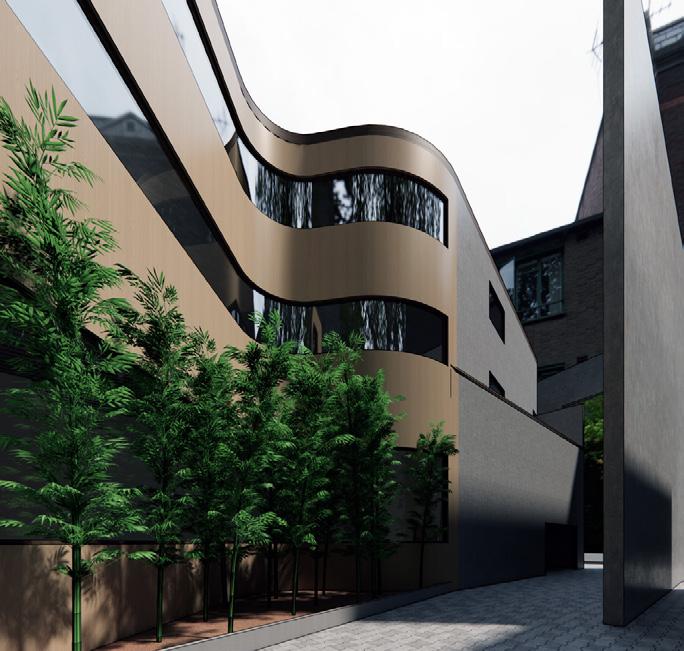
SECOND FLOOR 1’=1/24”
THIRD FLOOR 1’=1/24”
WEST ELEVATION 1’=1/24”
SOUTH ELEVATION 1’=1/24”
SECTION 1-1 1’=1/24”
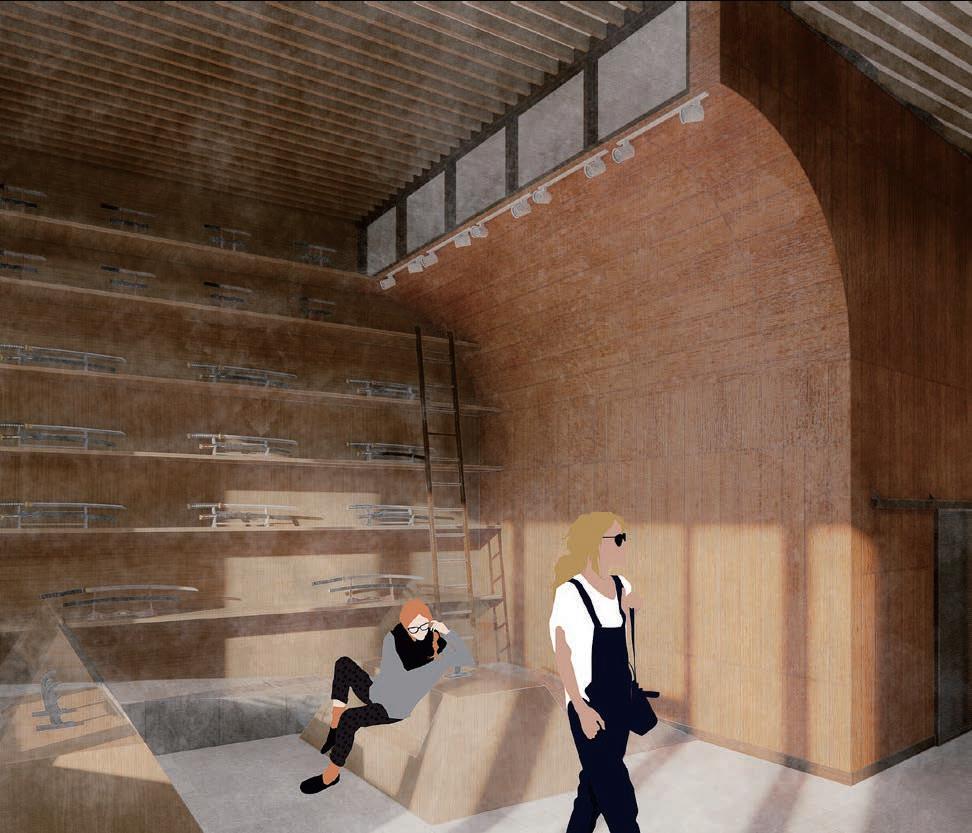

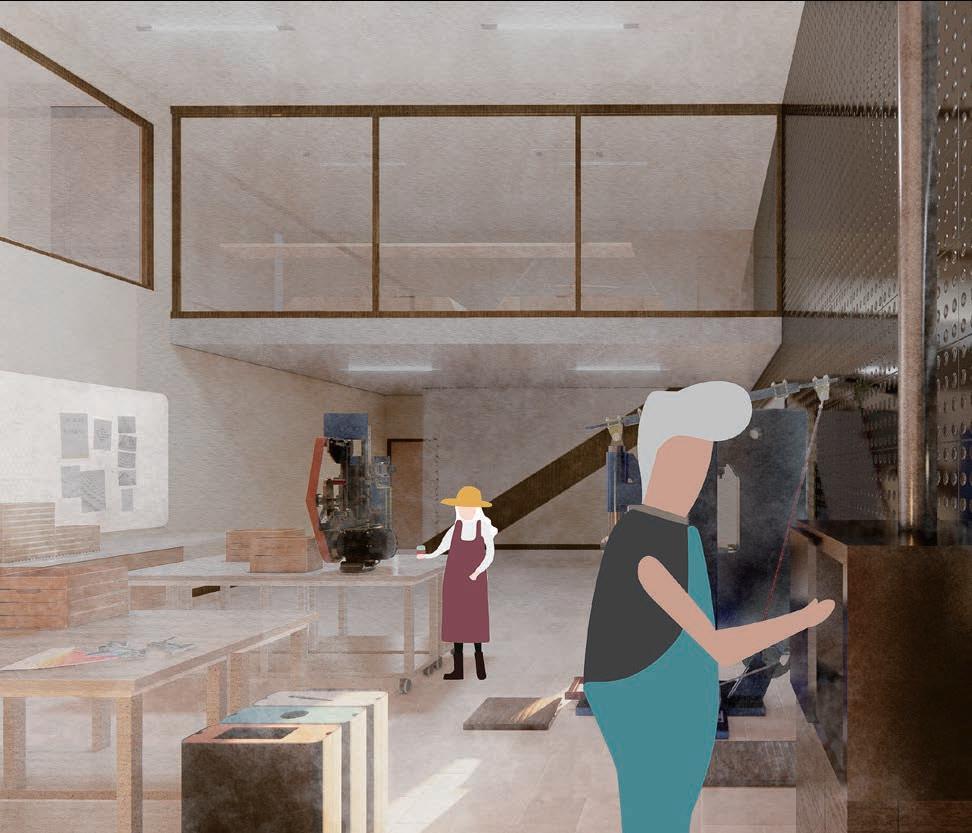


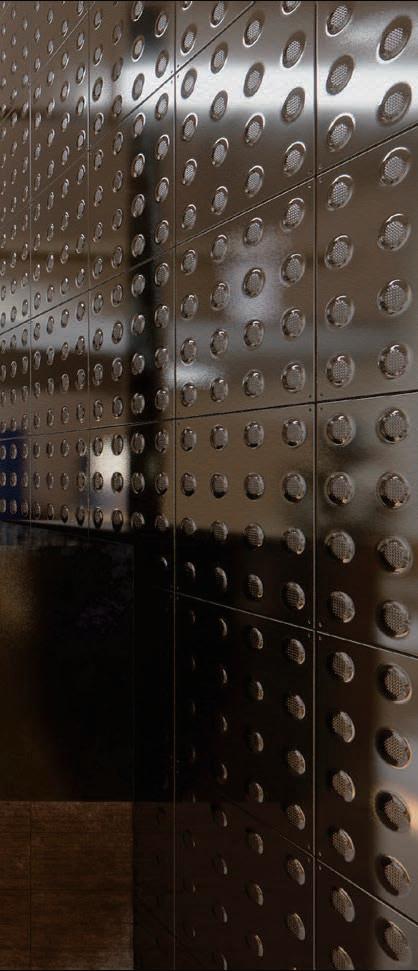

EXHIBITION
This is the first space that customers will encounter. The room has been meticulously designed to showcase the product and collections. From the street and via the huge, curving picture window in the center, natural light enters the room, creating a warm and welcoming setting for guests. The exhibition shelves were repurposed from standard blacksmithing equipment and used as both product displays and seating. Tracking lights are aimed toward shelves to elevate the items.
The building in the center has a twostory exhibition hall. The high, curving window brings light into the area while shielding the collection from direct sunlight.
WORKSHOP
The workshop is built to accommodate the physical and creative constraints of the blacksmith’s trade. To accommodate the specific tools and equipment essential for the metalworking, the arrangement is linear, with the forge and anvil at one end and the storage and finishing spaces at the other. This configuration facilitates efficient mobility and material transfer from one region to another. An interlayer is inserted at the end of the space so that visitors can observe the workshop’s structure and operation. To guarantee fire safety, the floor is made of concrete and the walls are covered with metal sheeting to withstand the intense heat and pressure created during the forging process.
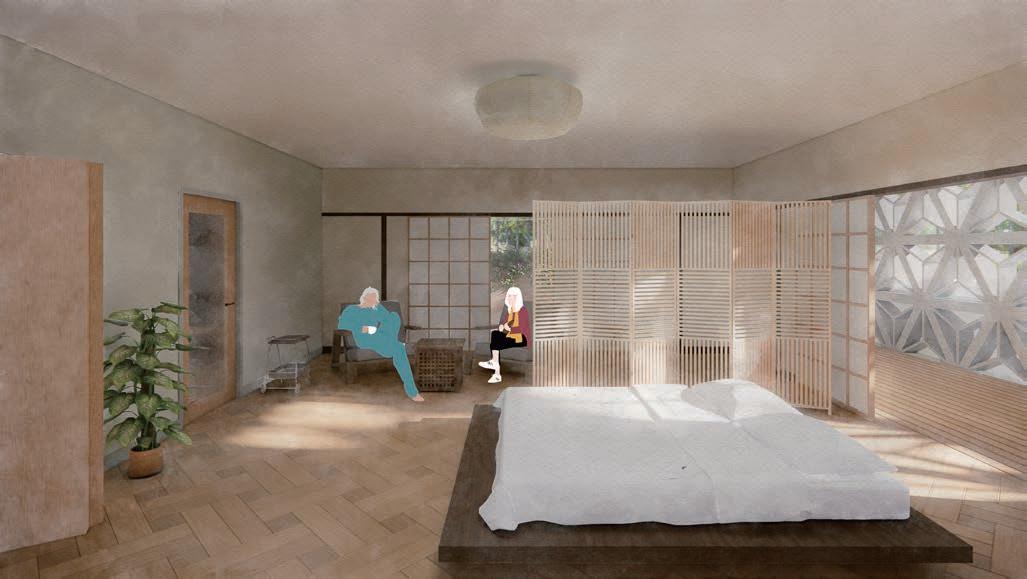
BEDROOM LIVING ROOM
The 2nd and 3rd floors are private areas for the couple, in contrast to the store and exhibition space on the first floor. In accordance with the typical Japanese home arrangement, the living room is in the contemporary style known as yoshitsu (westernstyle room), and the bedroom is in the traditional style known as washitsu. The bedroom contains low furnishings and a platform bed, which can be easily turned into a lounge area throughout the day. The kitchen and living room are designed to accommodate contemporary household equipment, which does not function well with traditional rooms. The bedroom is surrounded by a long corridor with a traditional Asanoha design symbolizing health, riches, and fortune. With completely openable barriers, the rooms also promote the use of natural materials and ecological design principles.


UBUD RESORT
HOSPITALITY
LOCATION: Ubud, Bali
DATE: Spring 2022
SOFTWARE: Rhino, Revit, Enscape, Illustrator
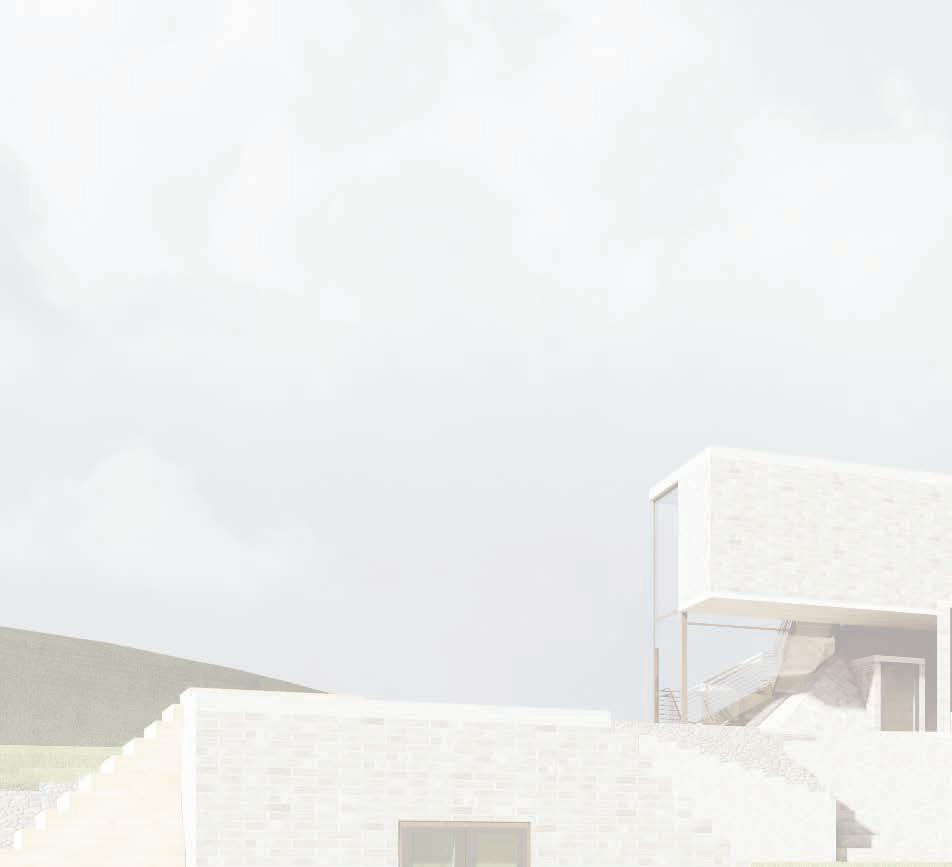
As the location where vacationers spend most of their time, the hotel should be a cultural experience in and of itself. The cultural elements do not need to be as powerful as a realistic three-dimensional sculpture inside a room, but they should be gentle and soft, employing elements such as materials, patterns, and distinctive Balinese bamboo products to subtly influence the traveler’s feelings, thoughts, and perceptions of the local culture. Spaces may not be visually united subjectively, with varying colors and lighting, yet they indicate a current aesthetic culture when juxtaposed.
Because the hotel is located on the rice terrace and within a forest, the entire building form reaches out and extends into nature with the connection of the bridge. Local architecture was used to transform stepped shapes. Also, because Generation Xers seeking a pleasant family or group vacation are the hotel’s primary service demographic, the setting and service must be sufficiently calming. The villa’s family-friendly apartments may be combined to accommodate many families traveling together.
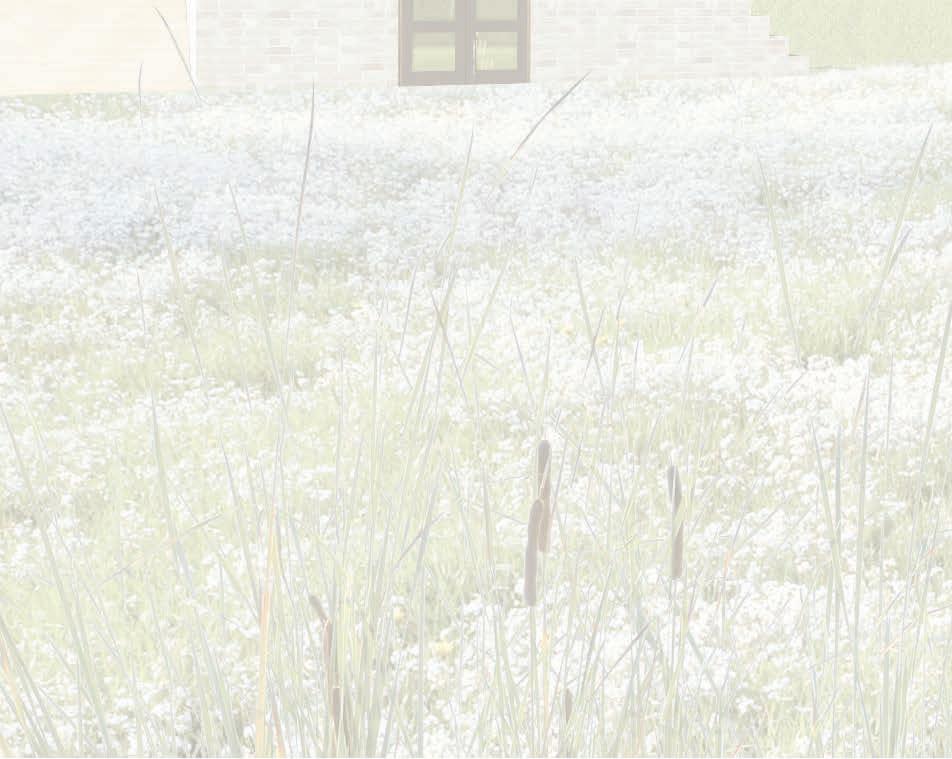
Despite the fact that humans created the gods, their tales have been written down orally and have remained an integral part of Balinese culture. At this level, the gods are everlasting, but human life is eeting. As with the relationship between the hotel and the traveler, the hotel is designed and constructed by humans, but it stands permanently as part of the promotion and expression of the local culture, whereas the traveler’s stay is brief and their temporary residence, the hotel, should serve as a launching point for them to quickly understand and respect the local culture.

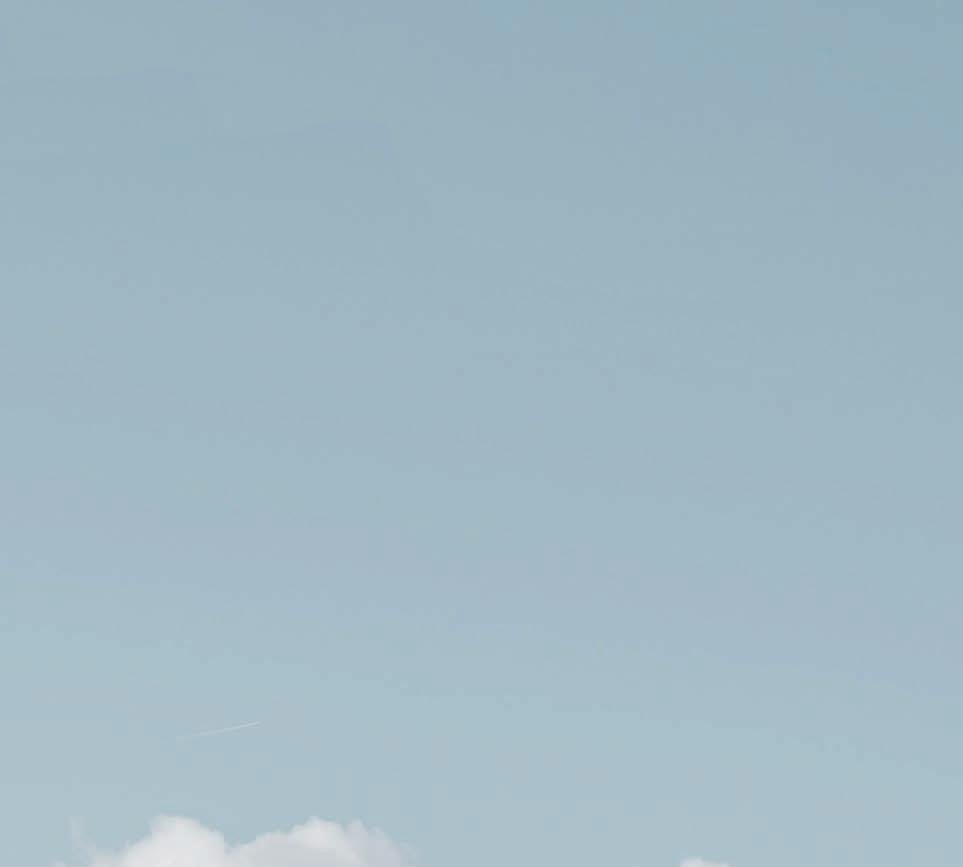
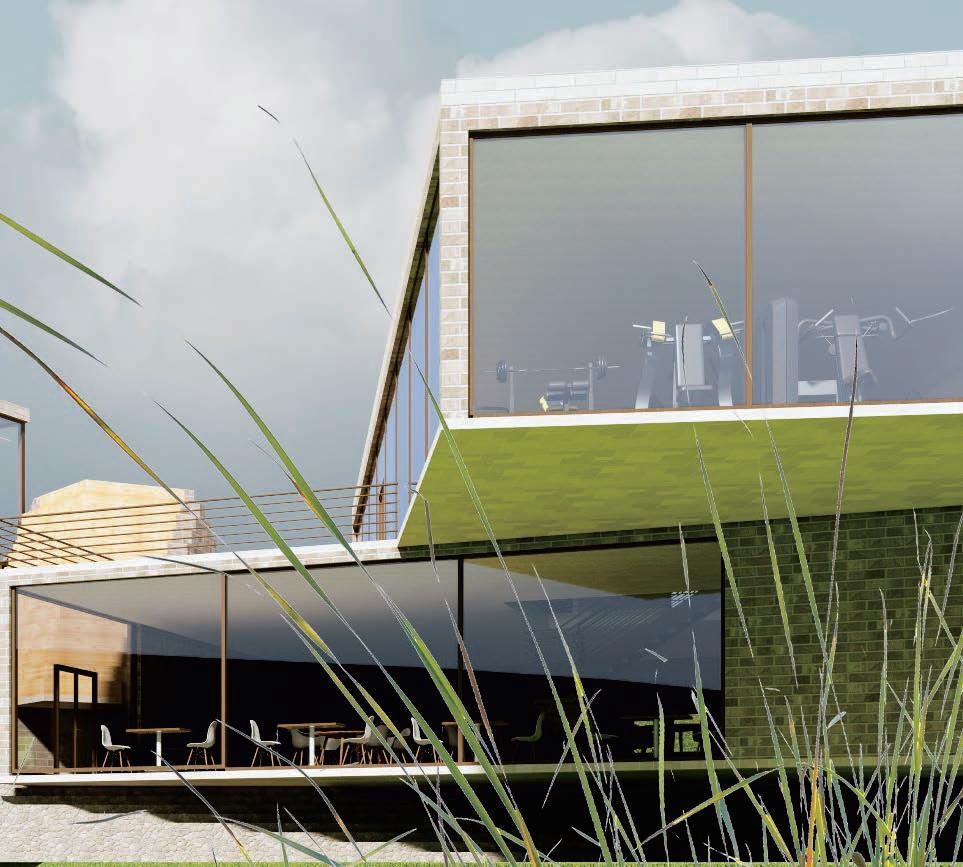

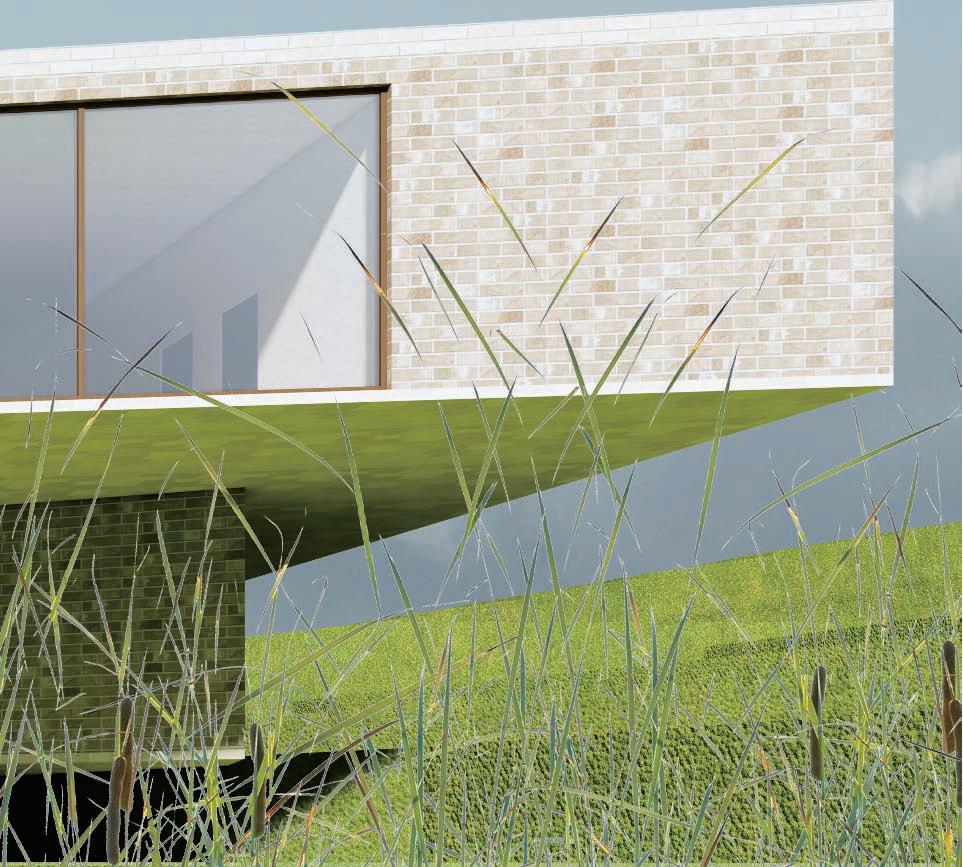


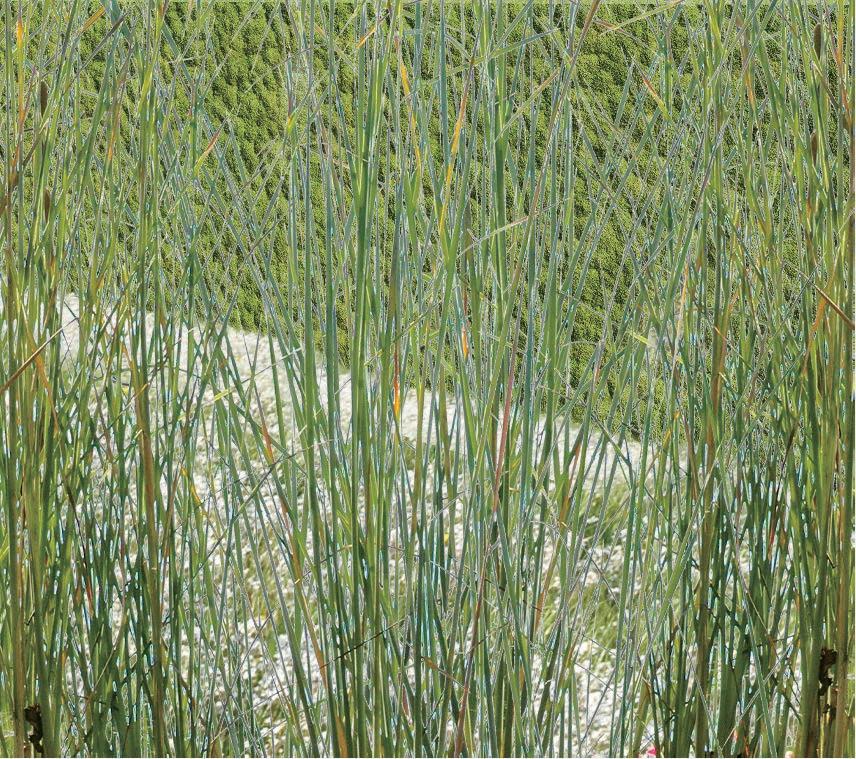
TEMPLE
Ventilation Required Roof ‘Movement to the Right’
SIMPLIFIED BUILDING FORMS
ABSTRACTED FORMS
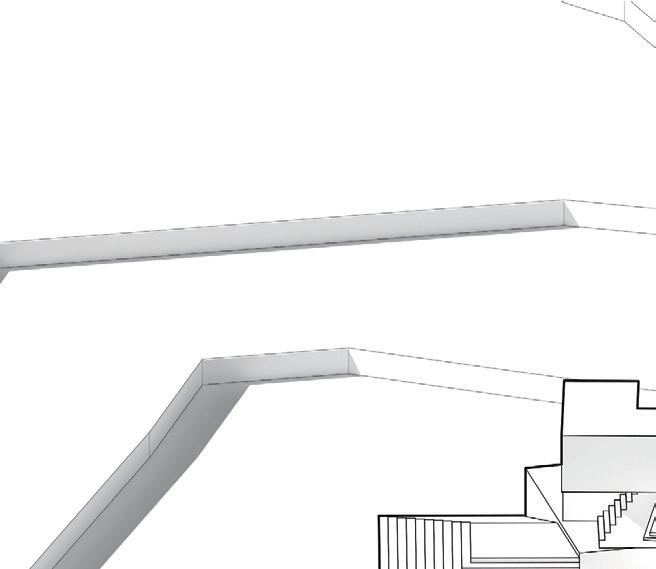


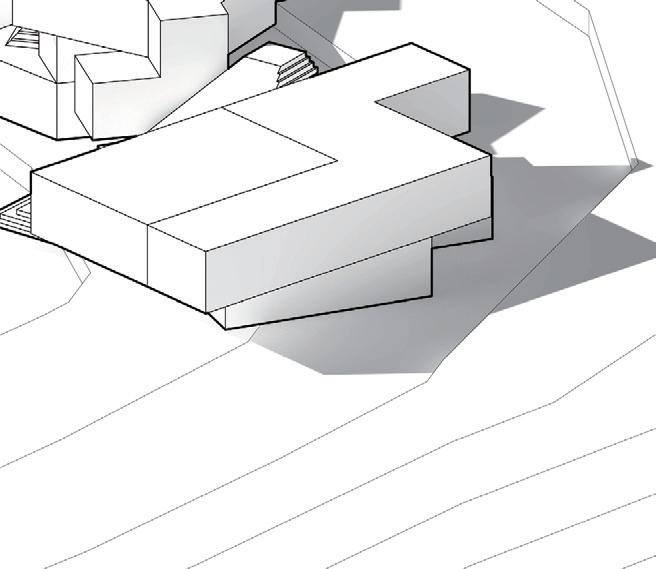

2 & 3 12’ 1’=1/32”
4 & 5 23’ 1’=1/32”
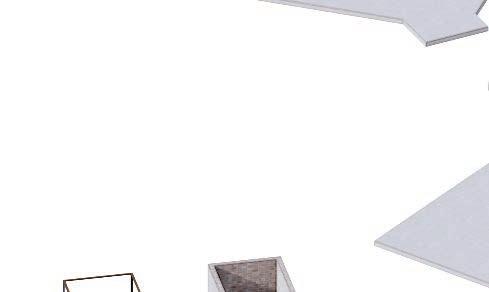
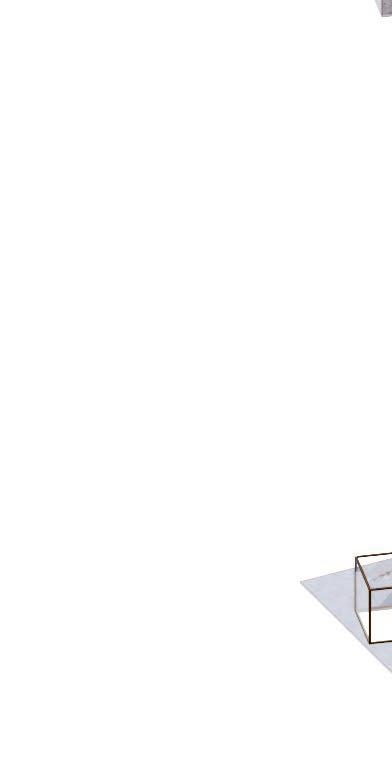

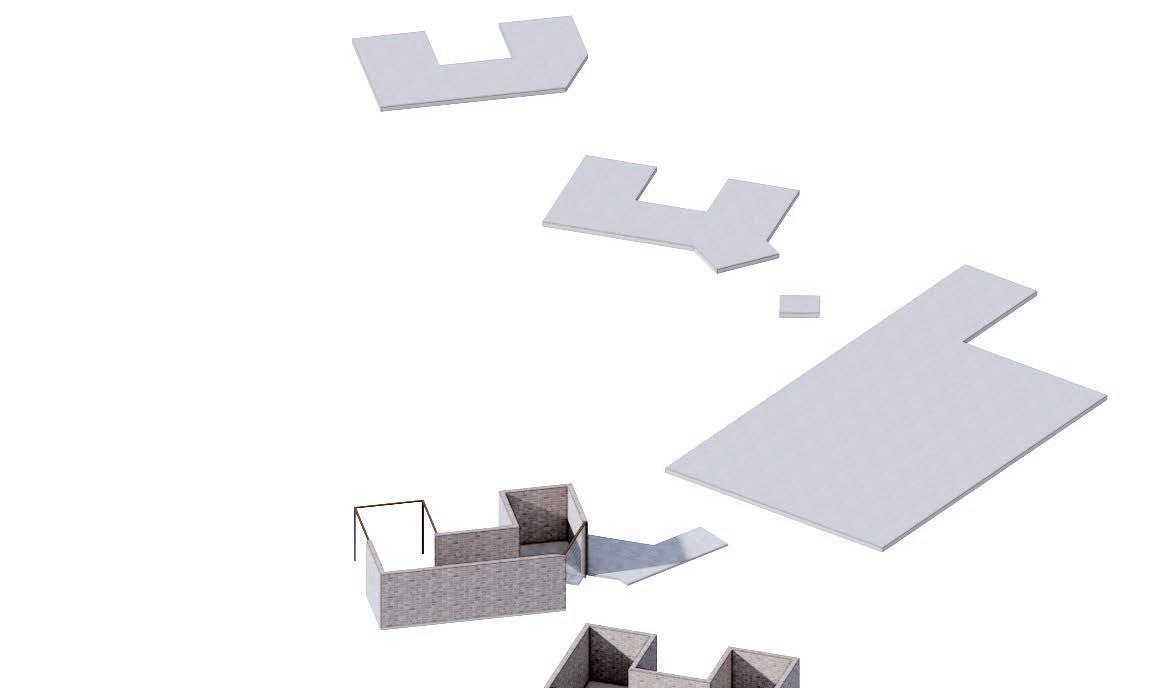

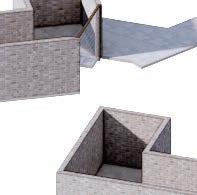

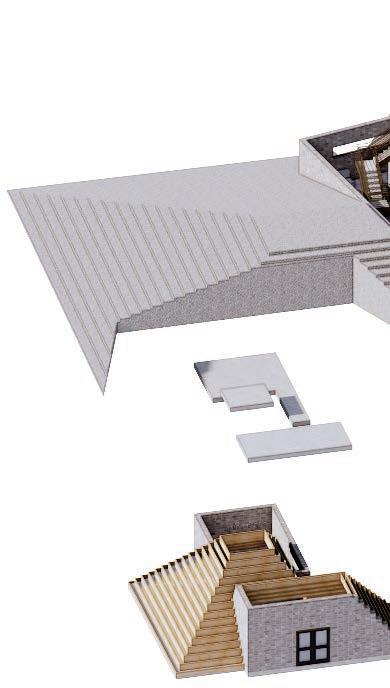



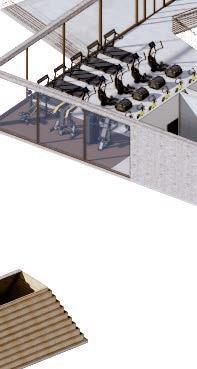
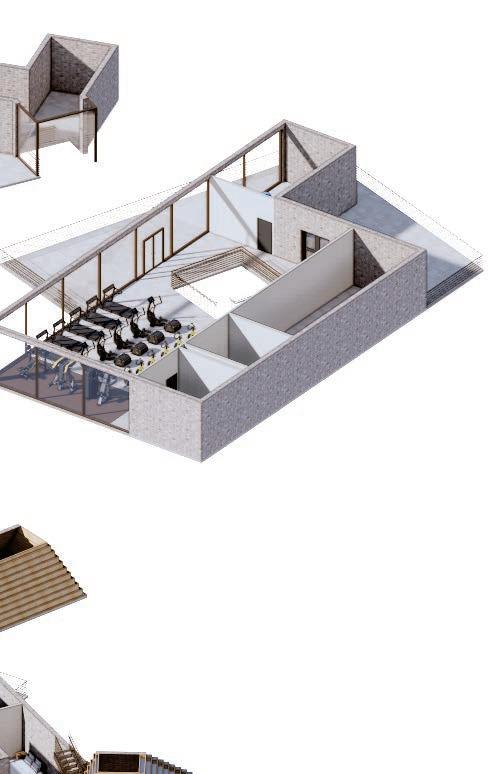

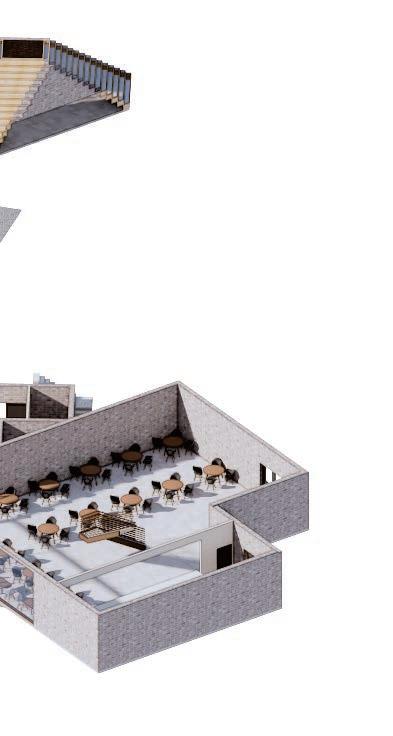
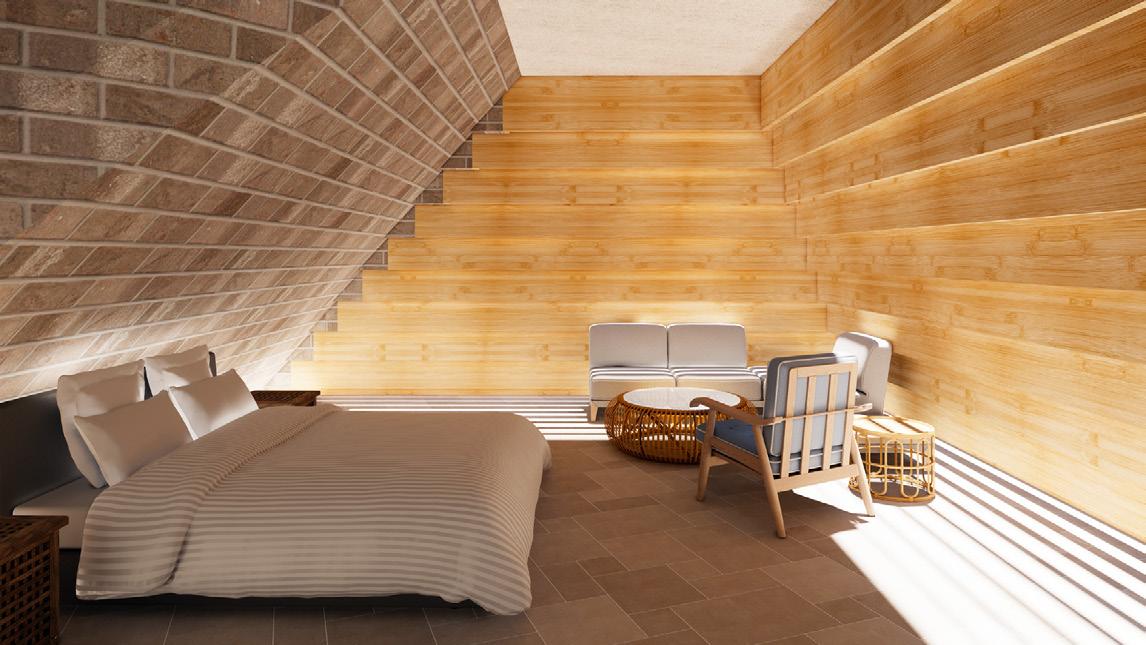
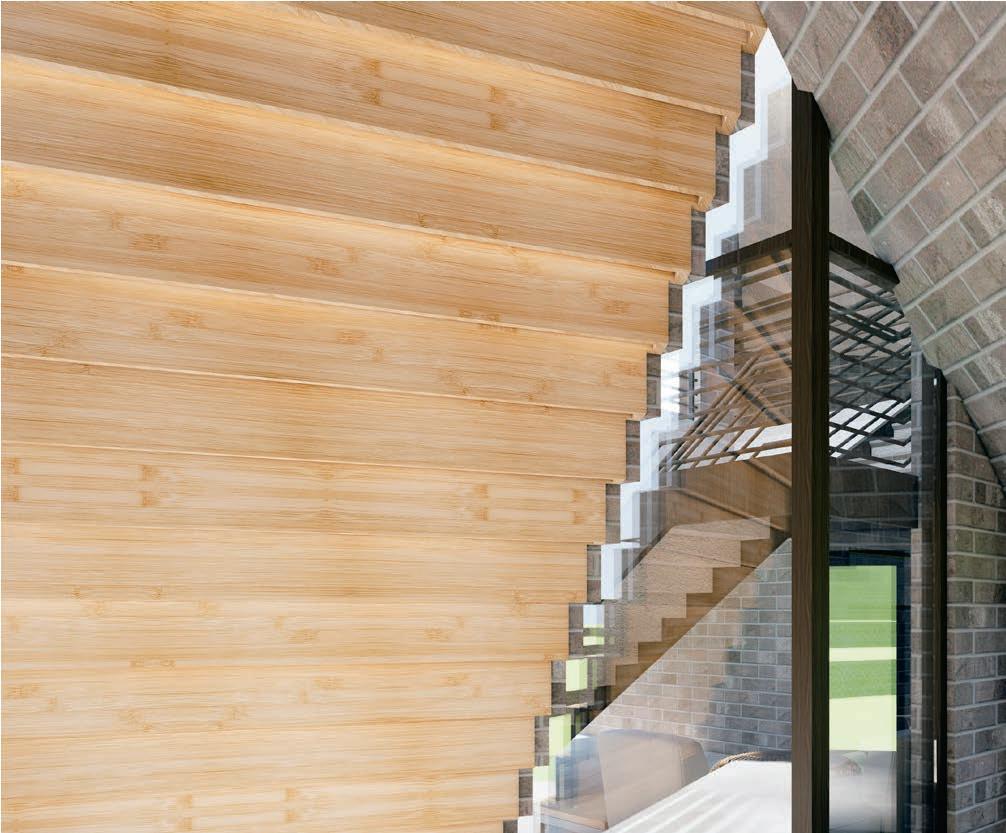

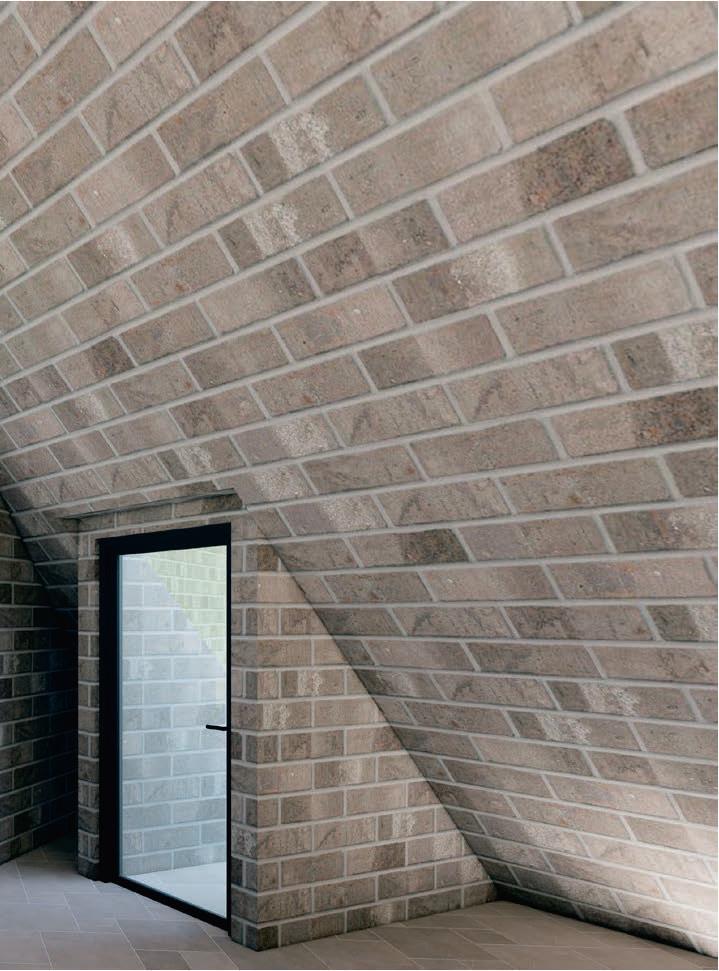
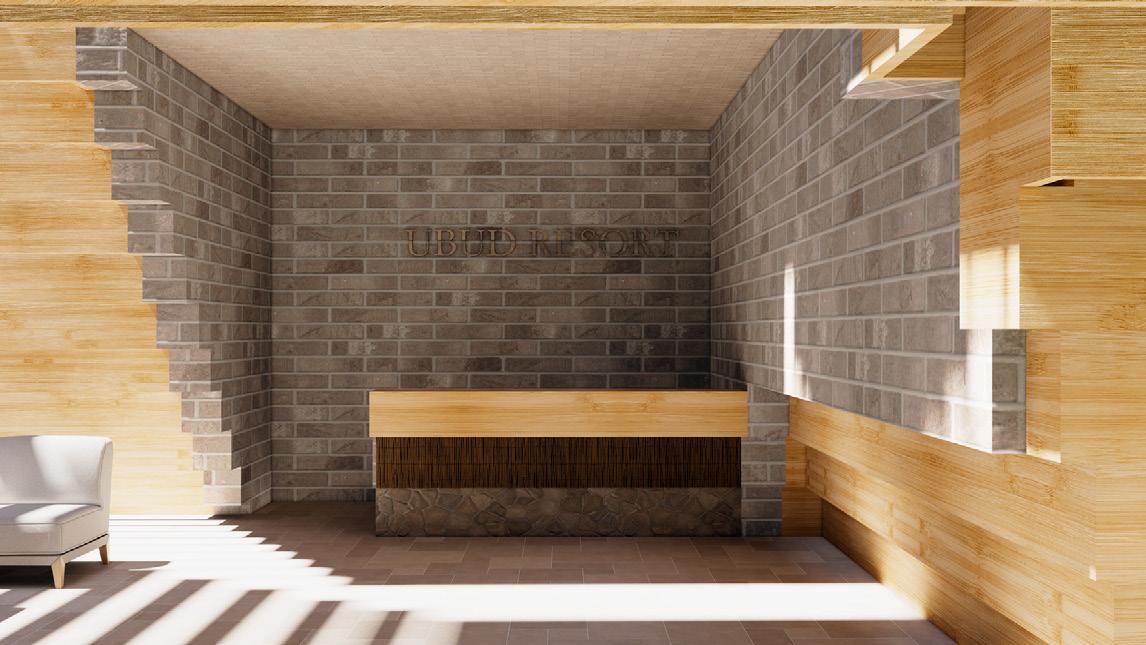

NEXT OFFICE
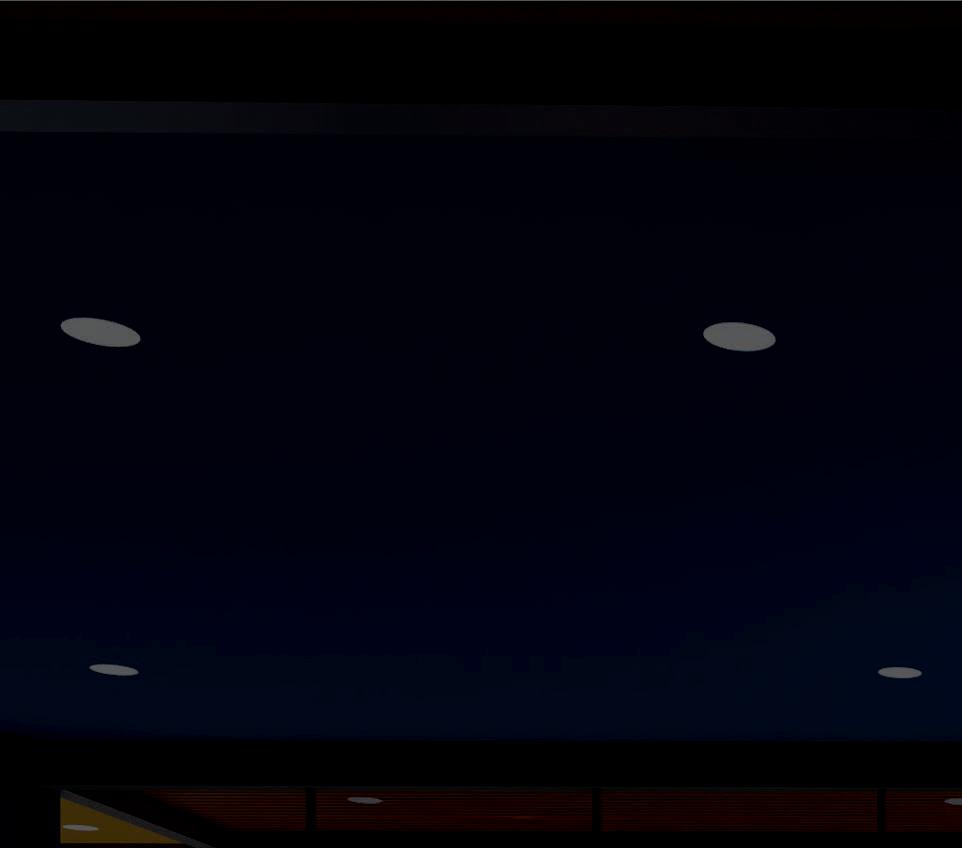
COMMERCIAL

LOCATION: New York, NY
DATE: Autumn 2021
SOFTWARE: Revit, Enscape, Photoshop



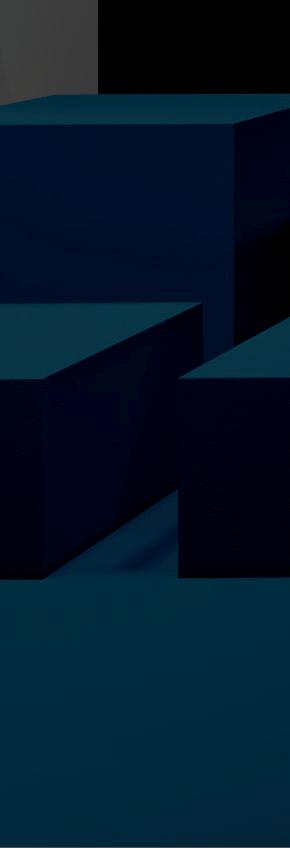

Since the project is located in downtown New York, the concept was inspired by the local region’s towering high-rise buildings, resulting in the contrast between concrete forests in cities and genuine nature, which is expressed in the materials, colors, and biophilia design in this project.
The project is placed on the seventh and eighth floors, which are the top two levels of the structure, enabling a panoramic view of the city on the north and east sides. Private and open office areas are positioned on those two sides for maximum sunlight and interaction with nature, as this is where employees spend the majority of their time. The organization evolved spontaneously with a diagonal dividing each floor into office areas and working, gathering, or leisure spaces. Meeting rooms are evenly spread in the space to represent the collaborative and team-based company culture.

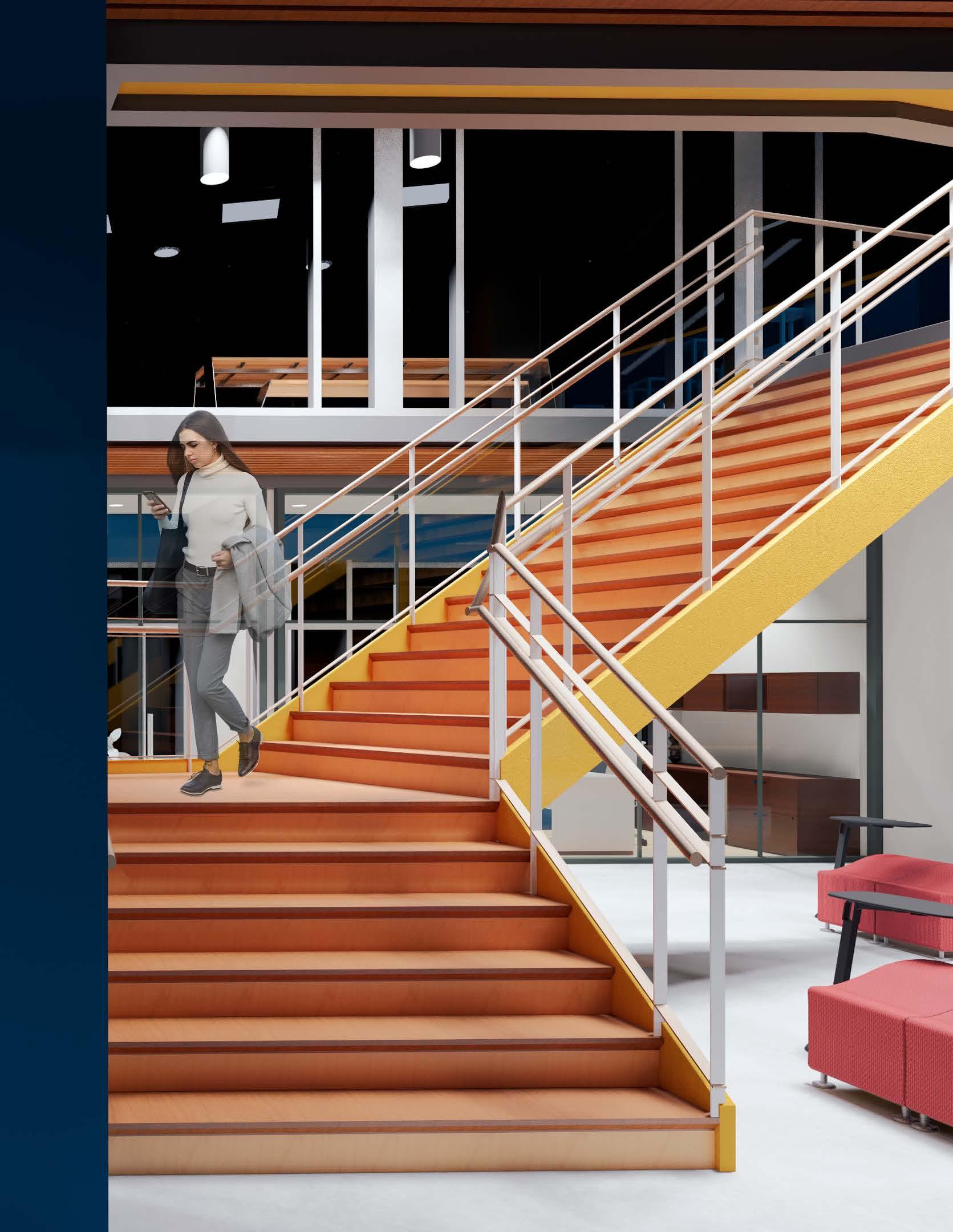

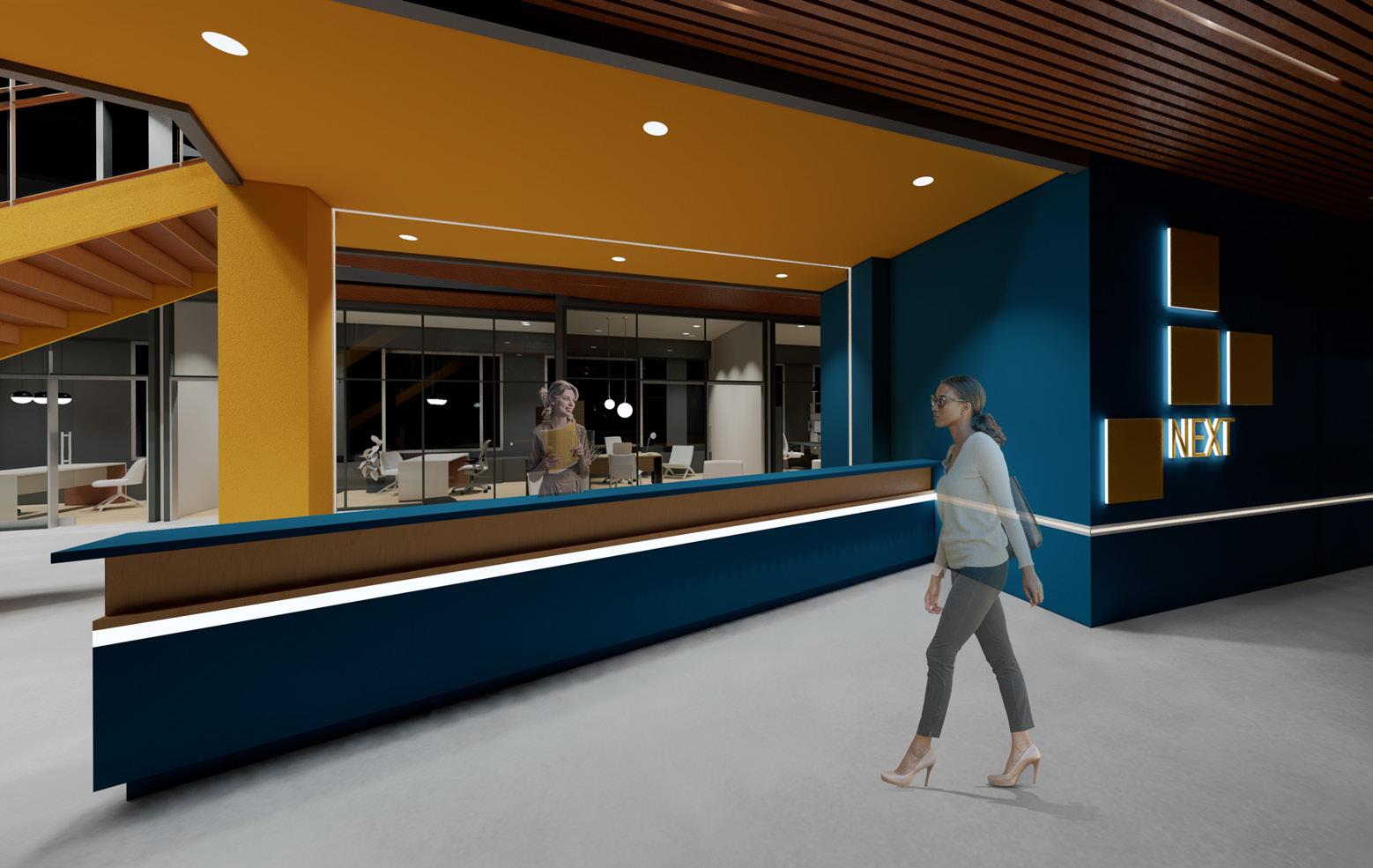
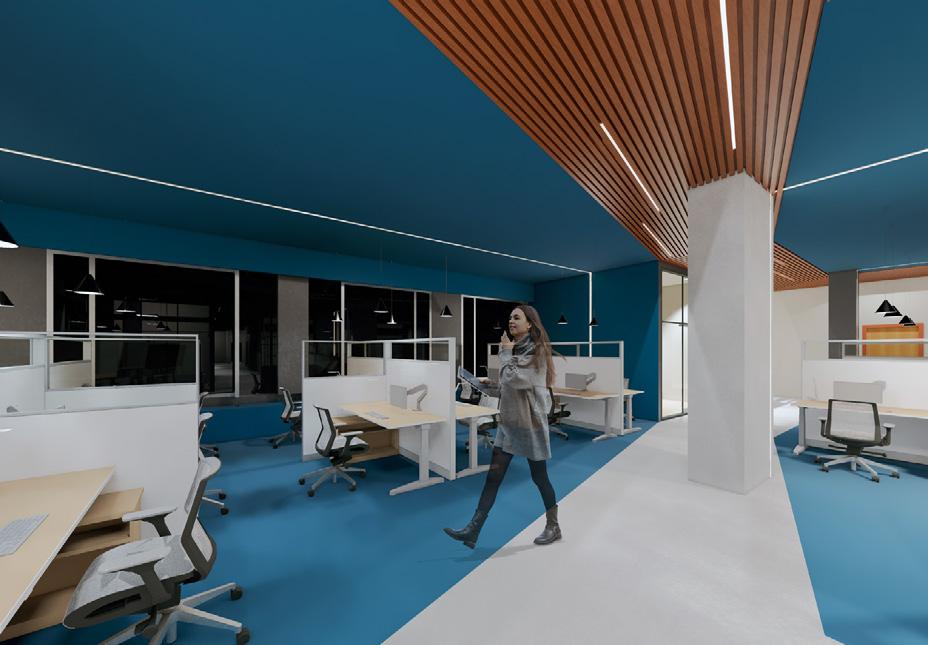


WORK AREAS
The working spaces include open and private office spaces, meeting rooms of various sizes, and video and photography studios for product advocacy. Since a hybrid workplace strategy has been implemented, acoustic panels and ceilings have been installed in all rooms, and workstations are equipped with acoustic partitions that enable workers to communicate with their renovation counterparts without feeling compelled.

COMMON AREAS
The Work Cafe is flexible and accessible enough to accommodate roll-in seating since 51 NEXT employees will be using the space simultaneously for company-wide meetings and/or Town Hall events. There are also completely enclosed, lockable chambers for health, rest, and rehabilitation.



